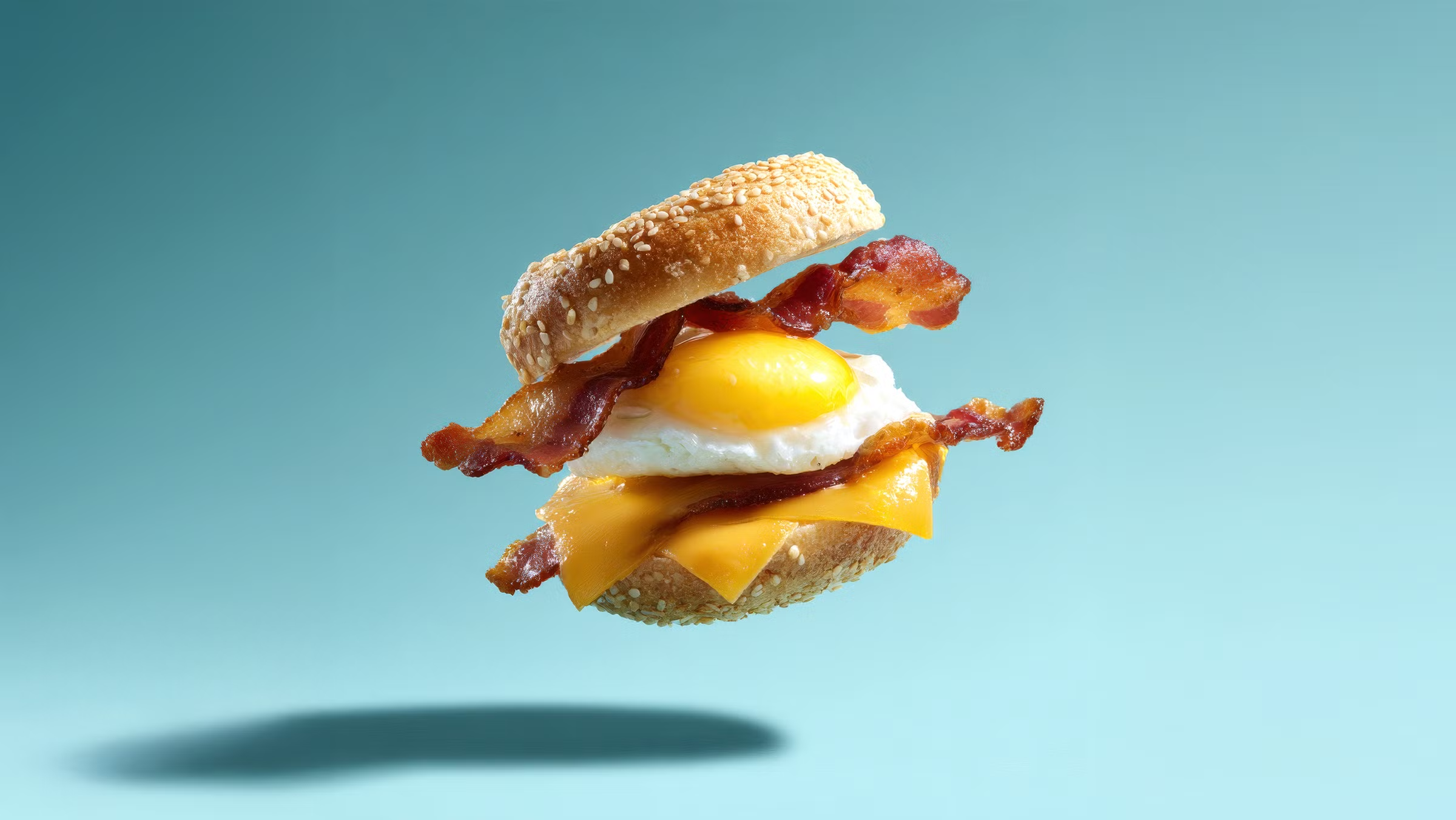
Capture food with your own style, mastering food photography techniques to create irresistible, professional images
The Food Photography and Food Styling specialization invites you to discover the art of capturing the essence of food through the camera. From basic techniques to advanced approaches, each module is designed to help you develop a personal and professional style. Learn to master lighting, composition, and styling to create images that whet the appetite and tell powerful visual stories. Collaboration with experts such as Ernesto López, Marcela Lovegrove, Jimena Agois Sánchez, Dácil Fernández, Karla Acosta, and the Espacio Crudo studio guarantees a diverse and experienced training program.
Explore the many facets of food photography, from capturing dark mood atmospheres to creating compelling commercial images. Constant practice, feedback from professionals, and experimentation will be your best allies on this creative journey. Upon completion, you'll have a solid portfolio that reflects your technical and artistic mastery, ready to impress clients and publications in the competitive world of visual gastronomy. Transform your passion for food into a fulfilling career full of opportunities.
What will you learn in this specialization?
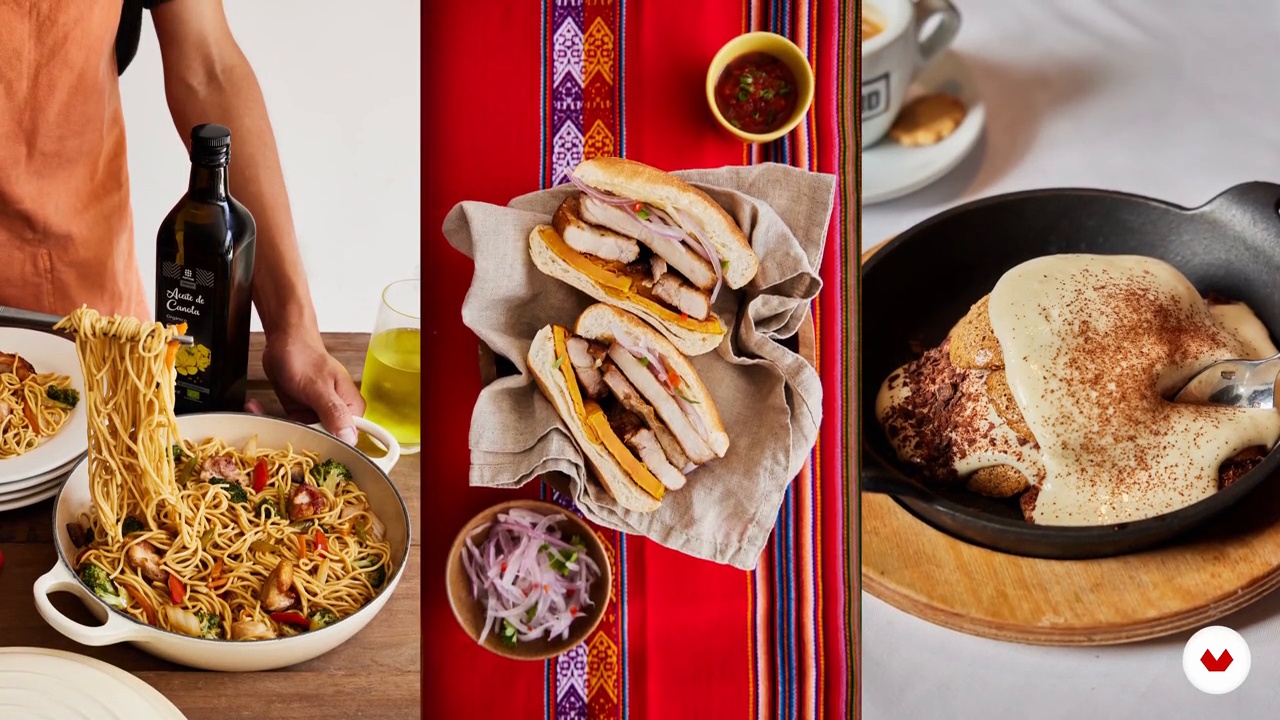

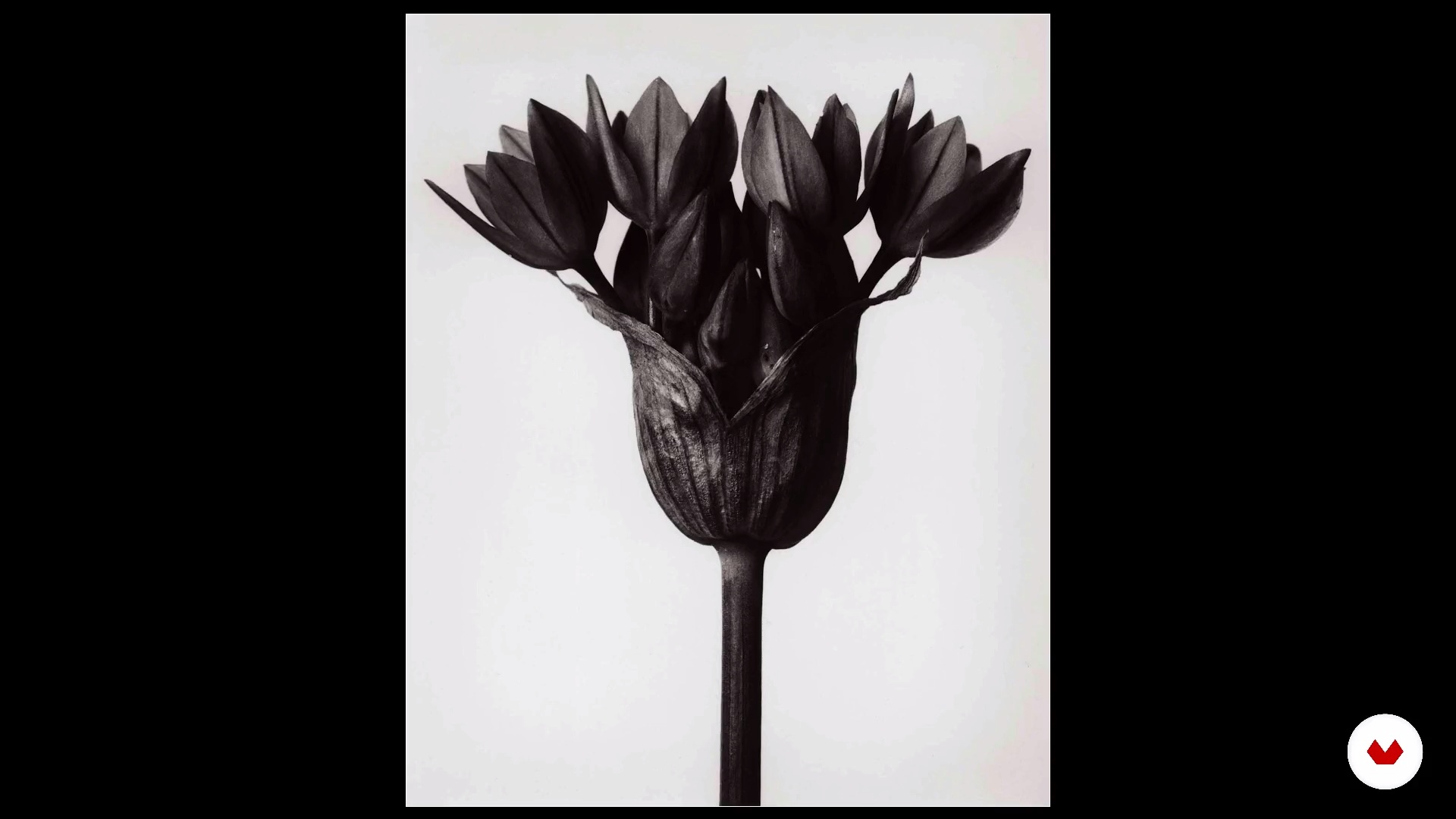
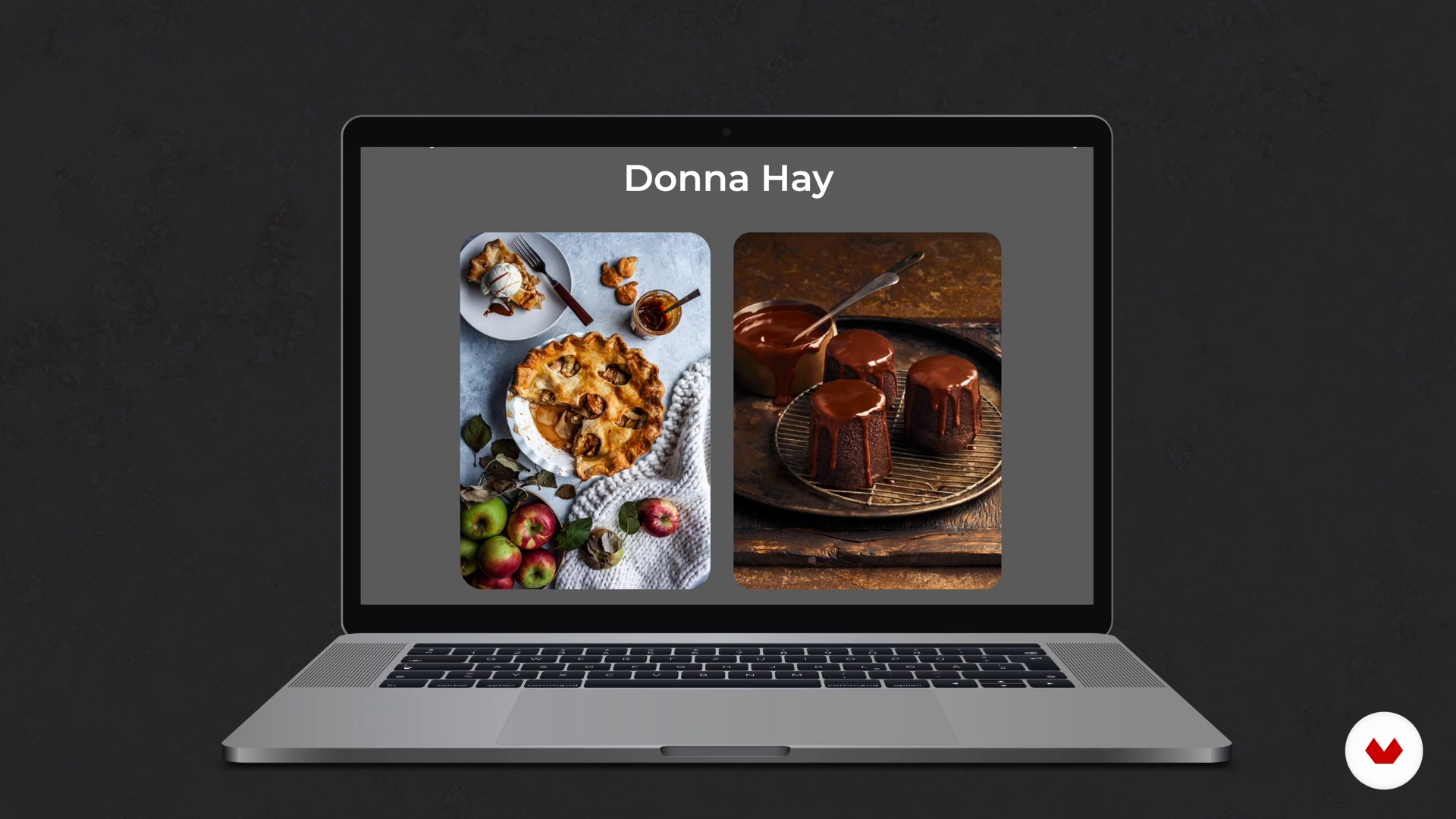
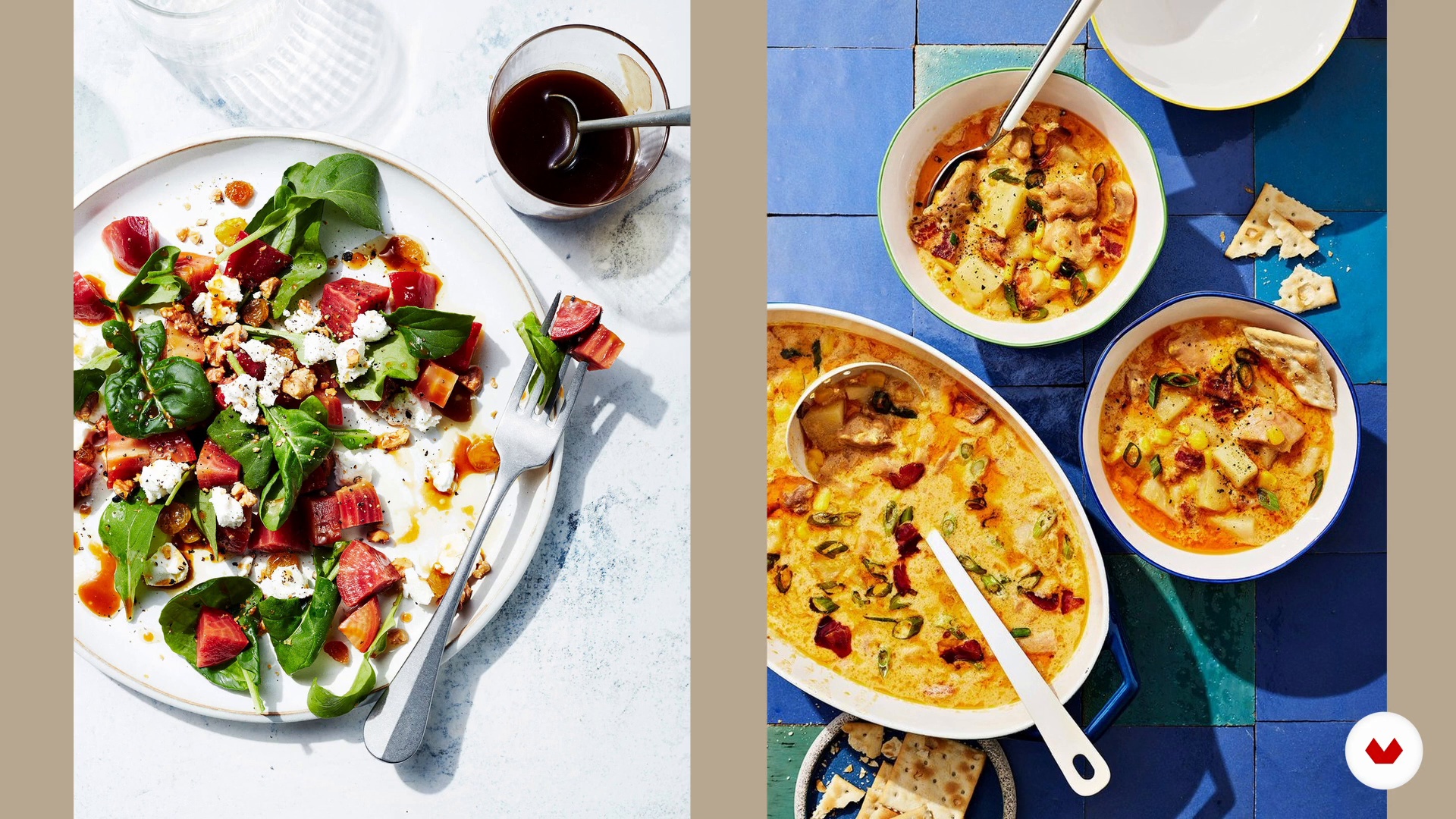
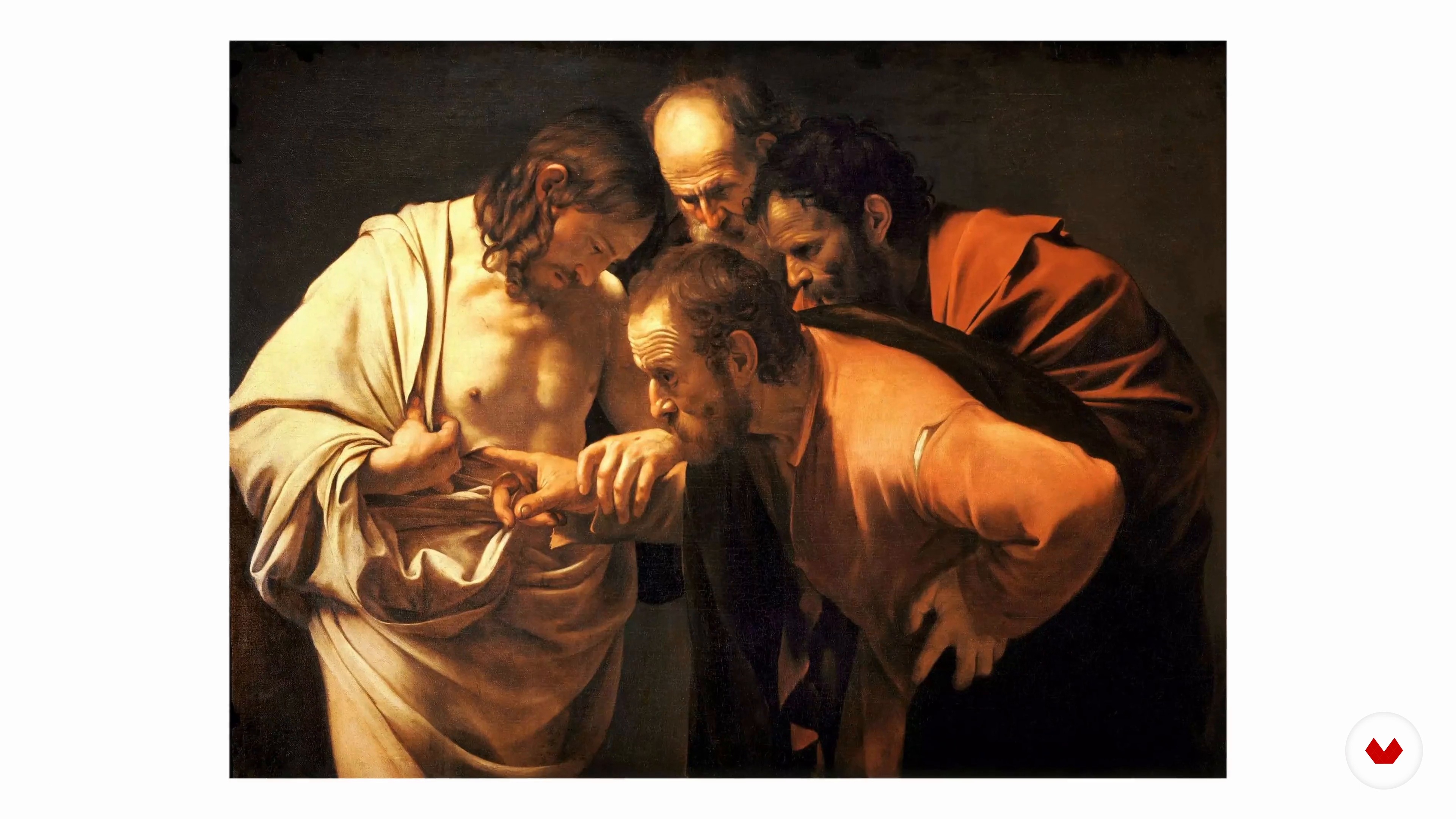
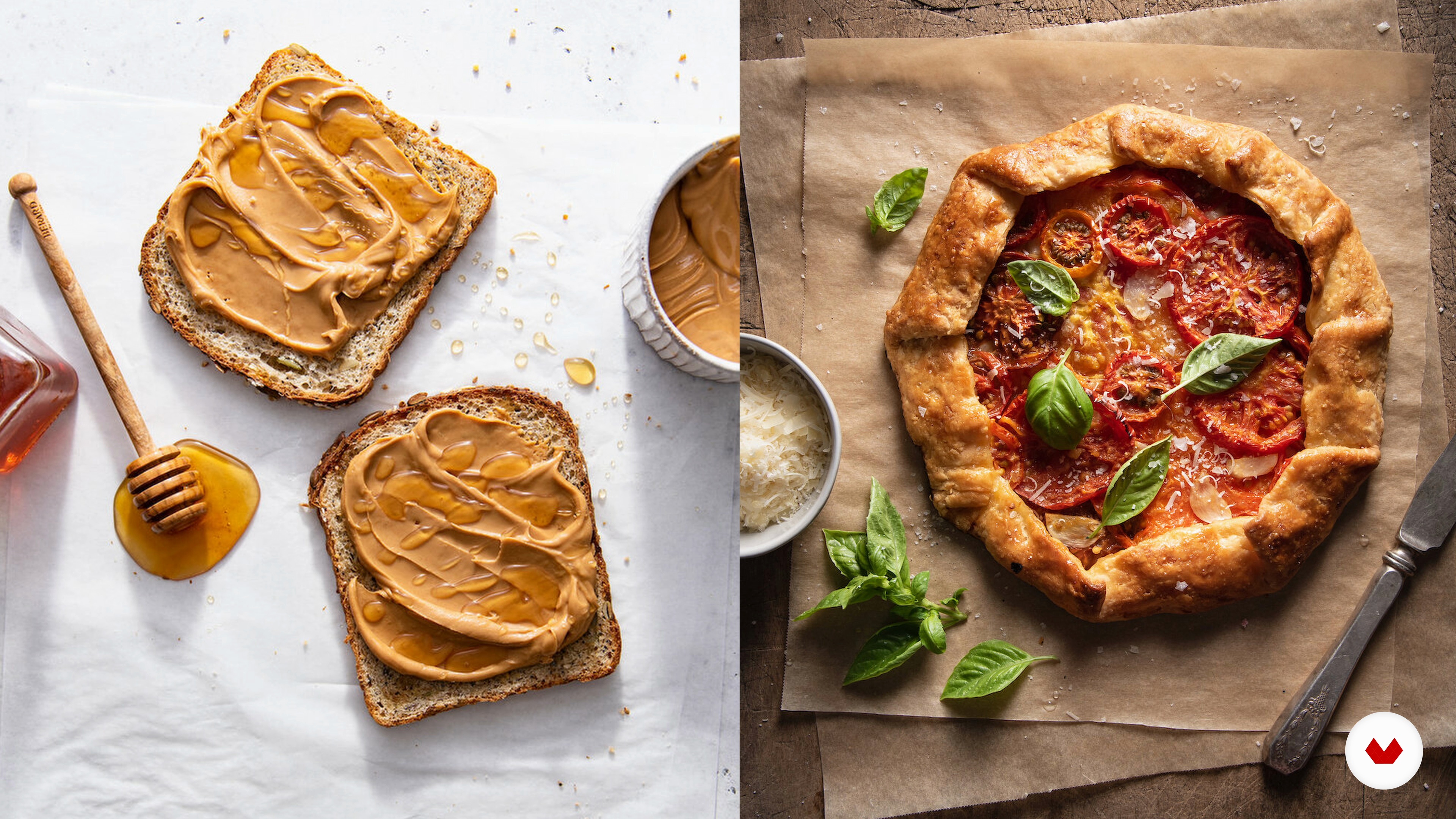
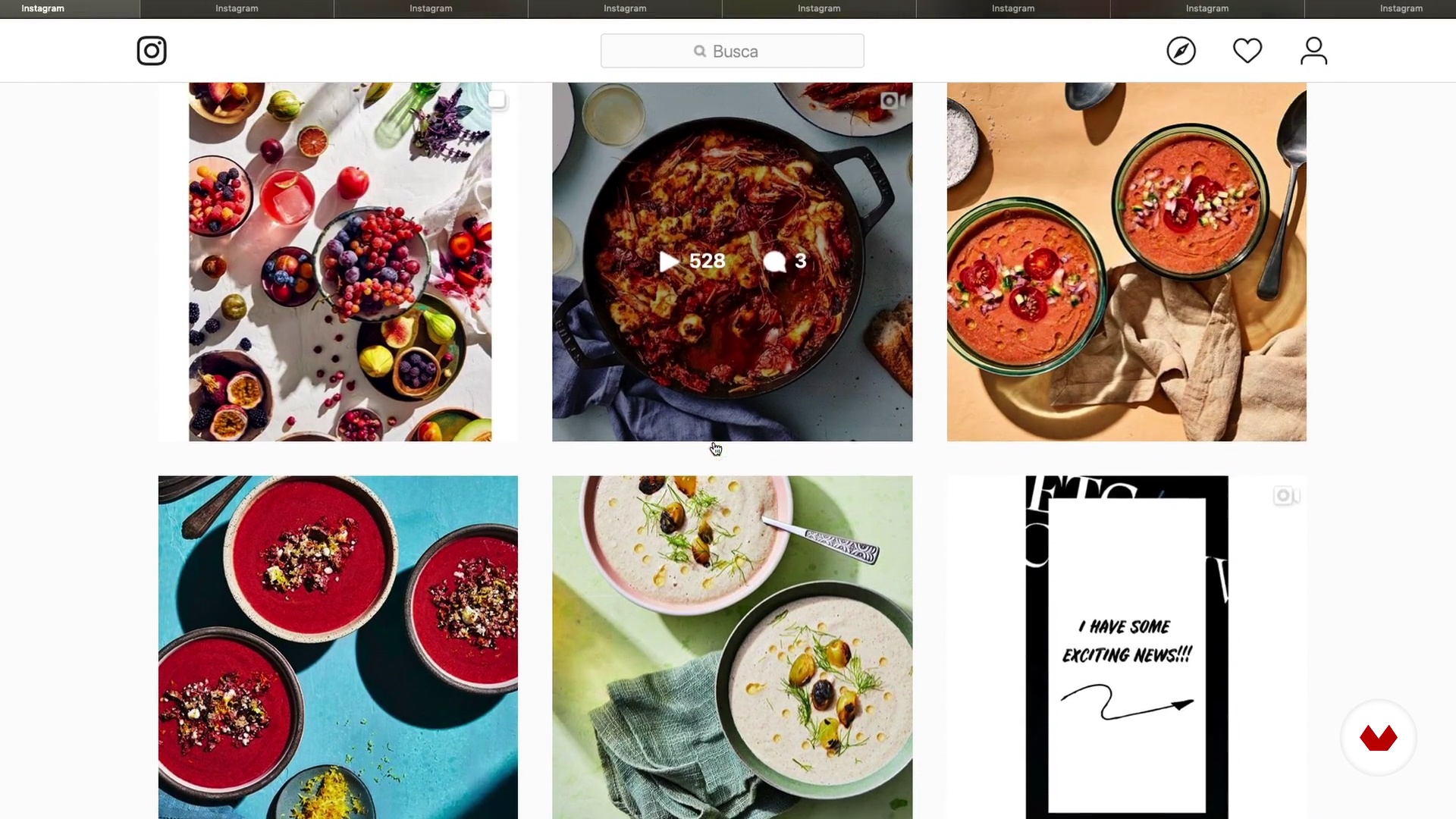
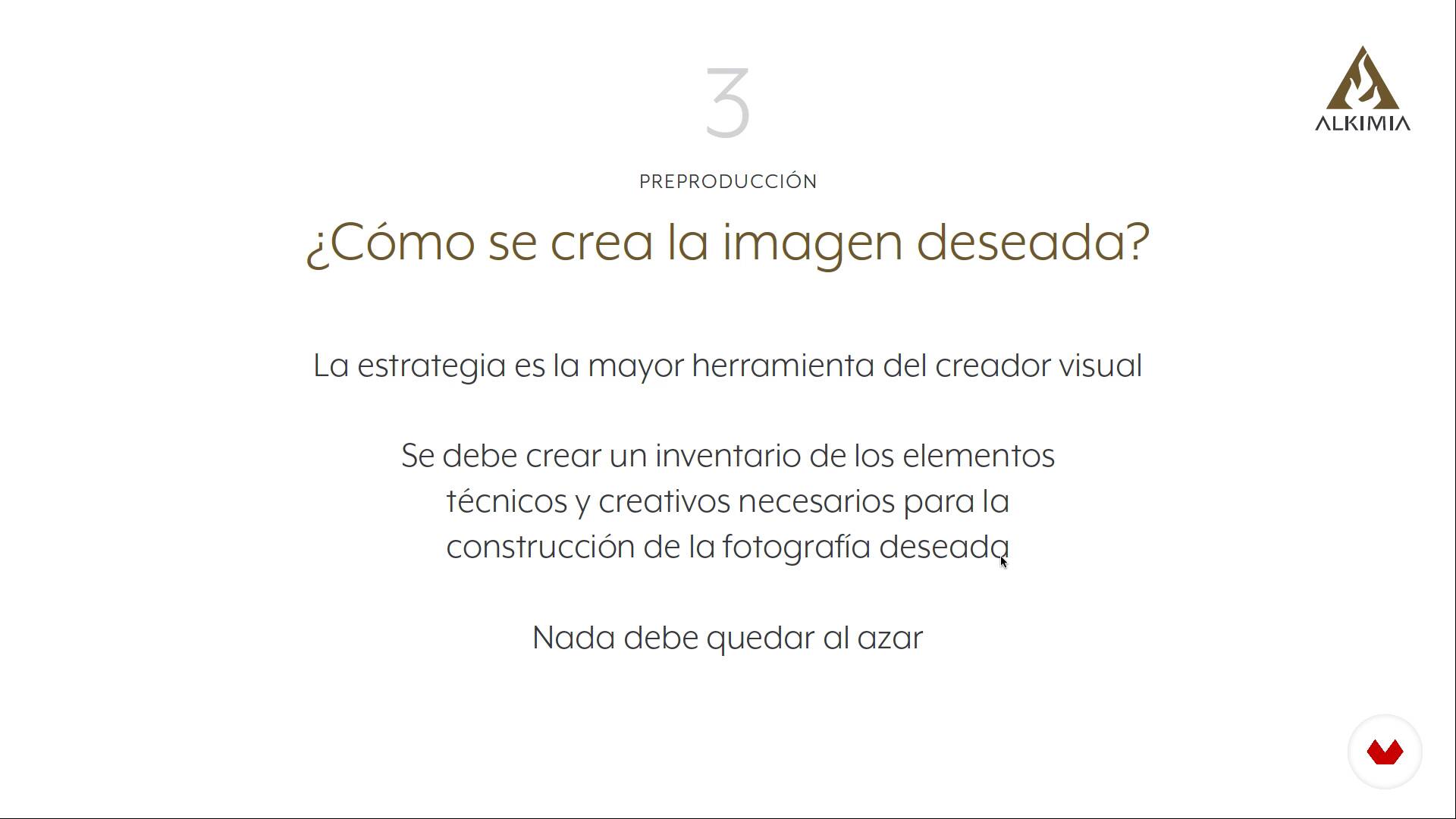

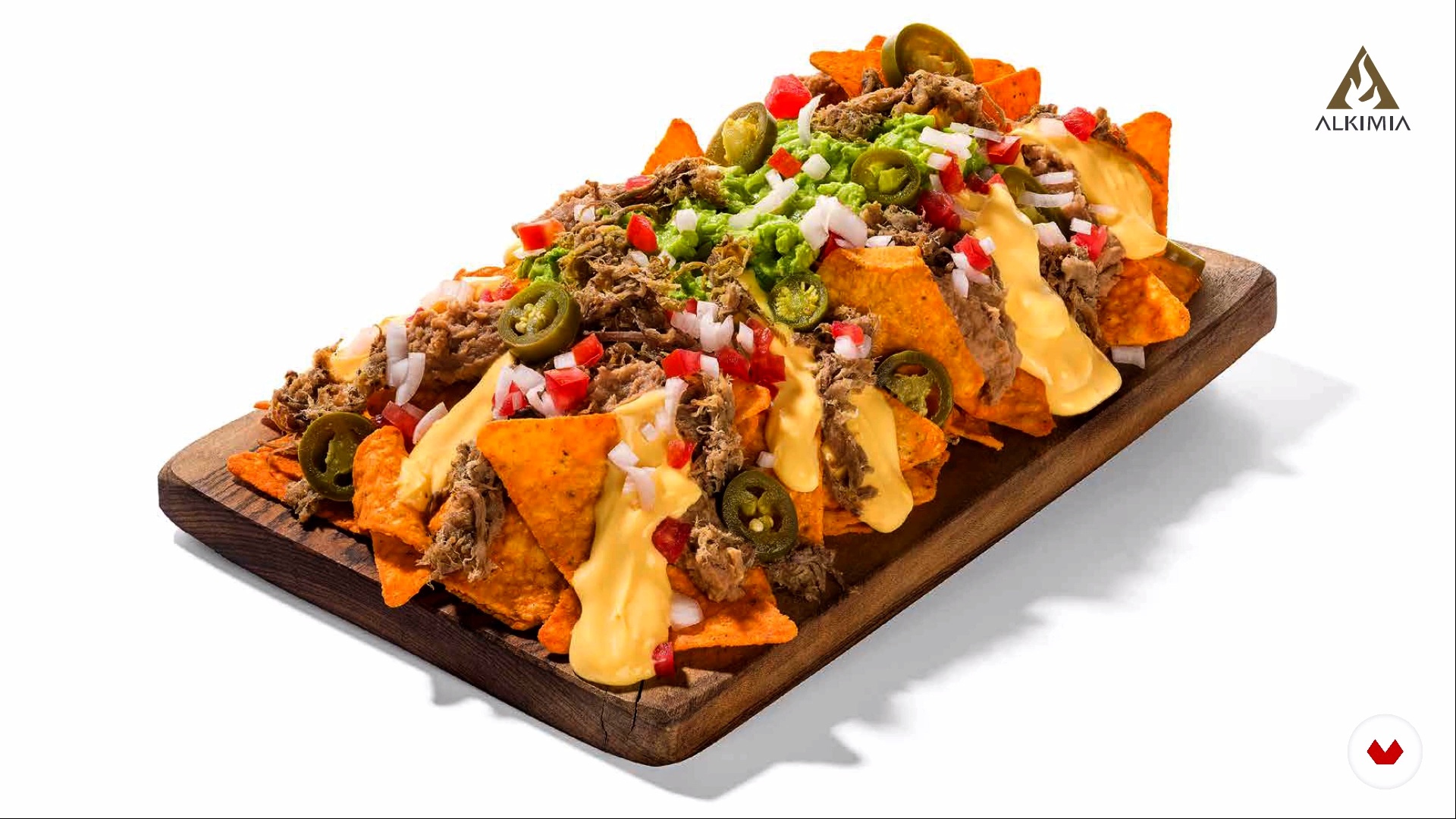

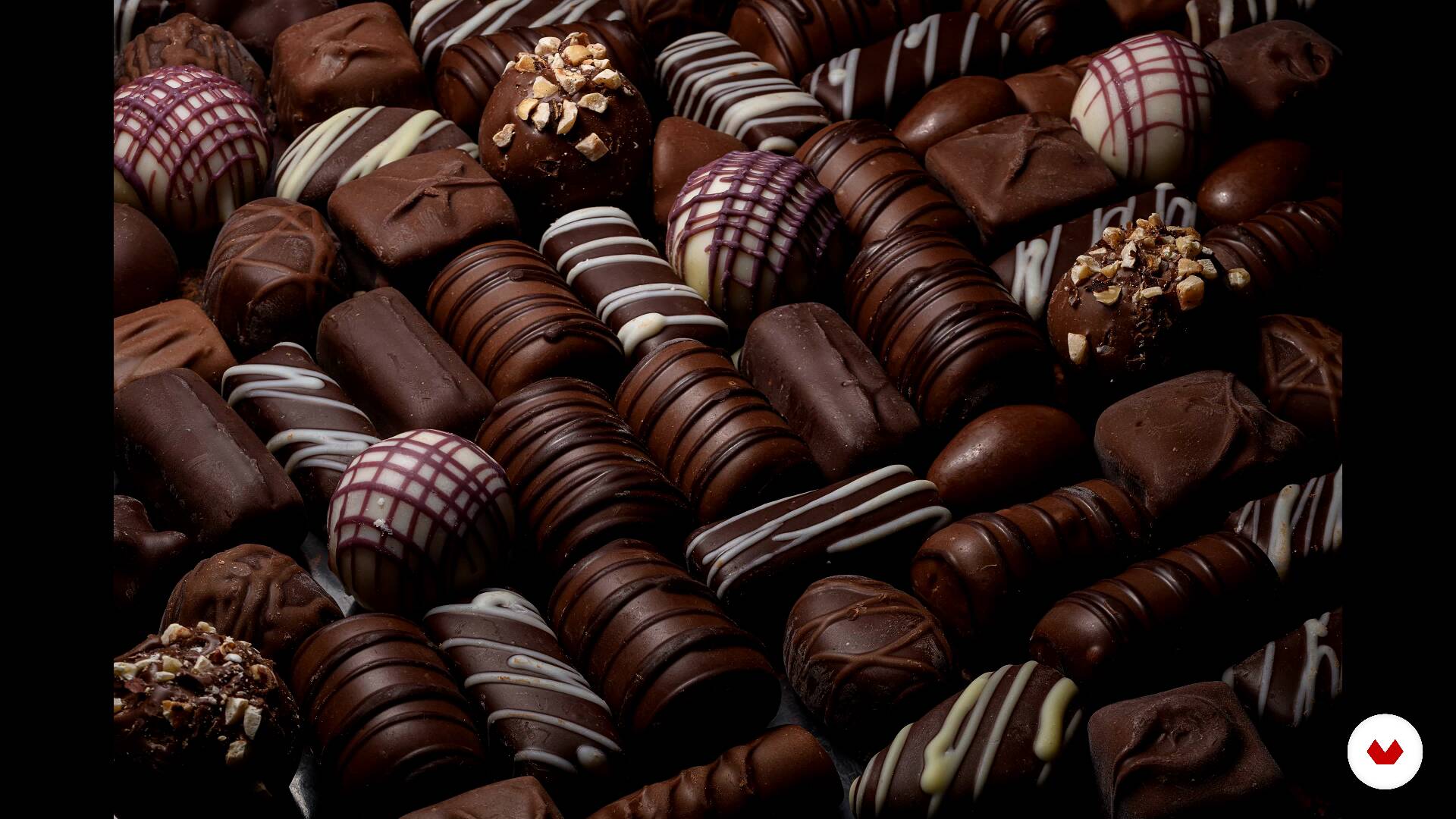
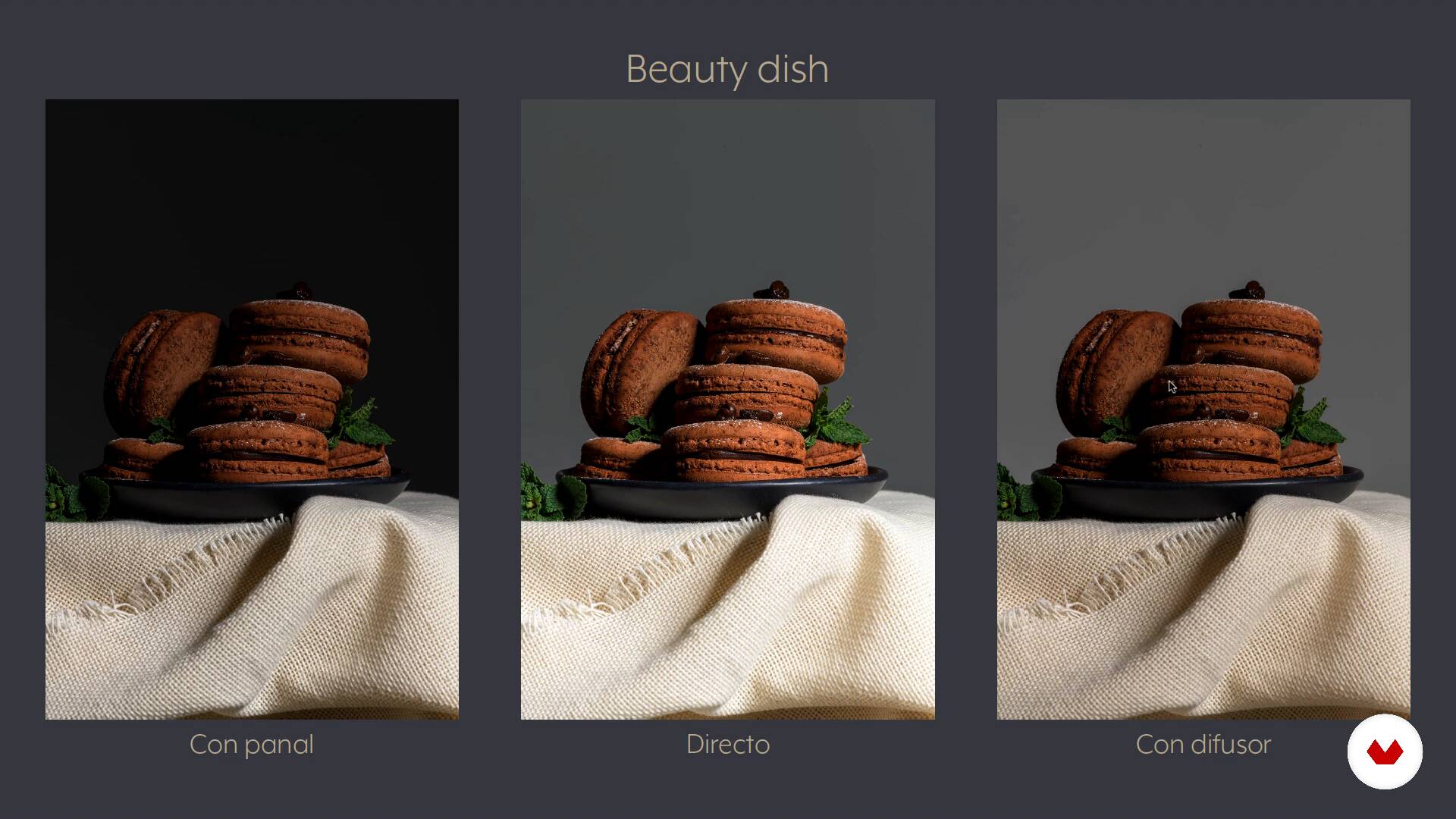
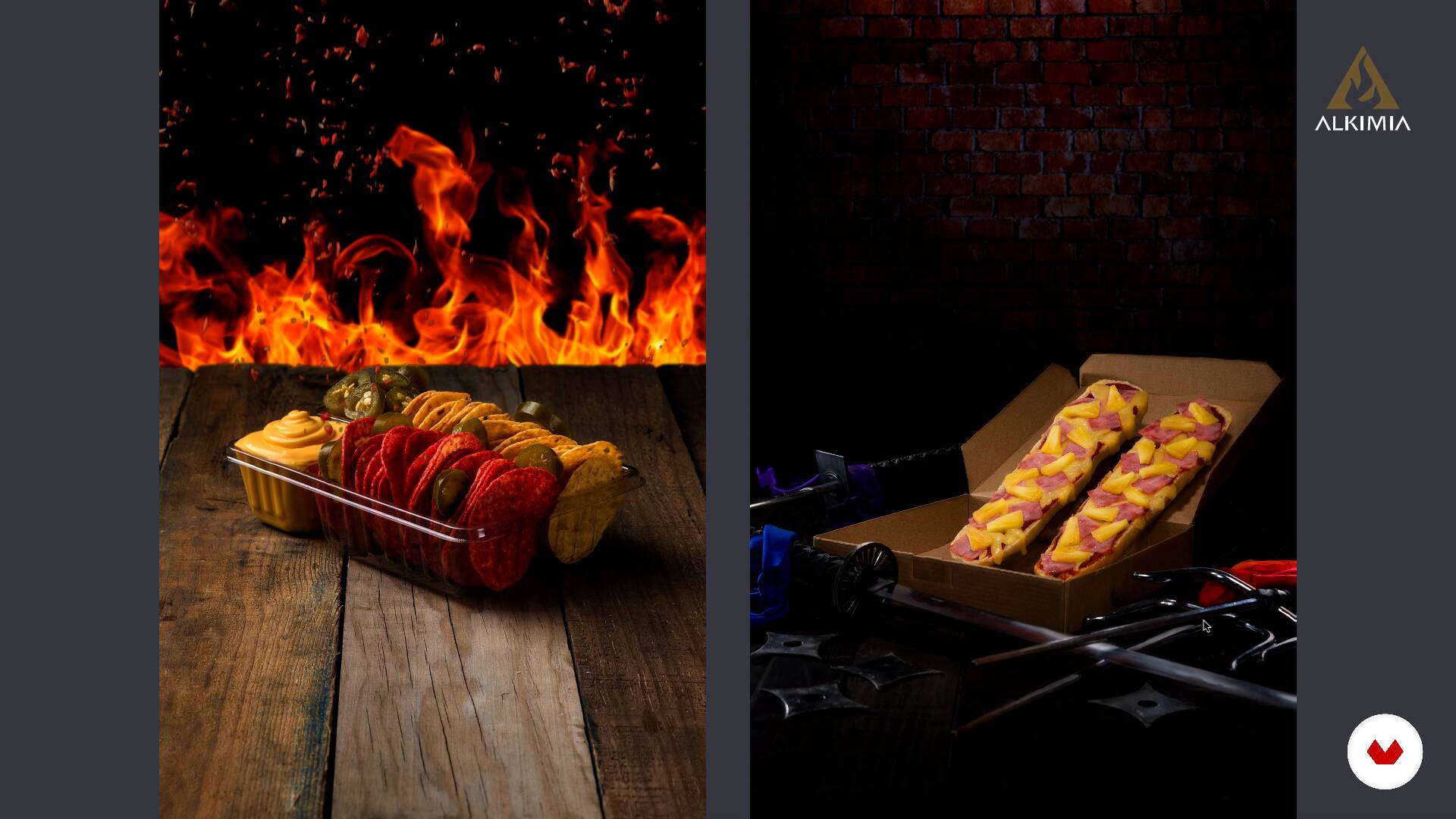
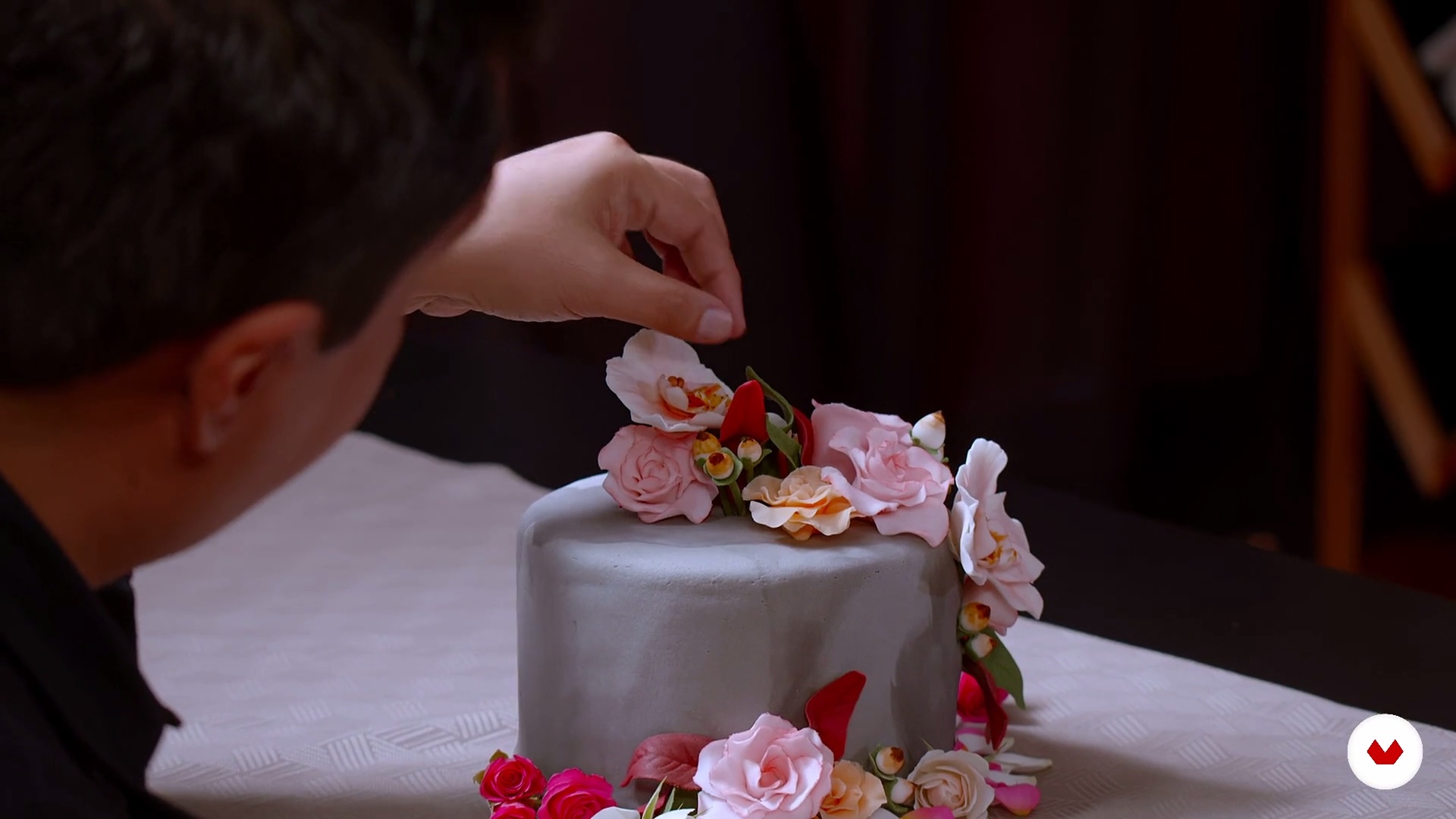
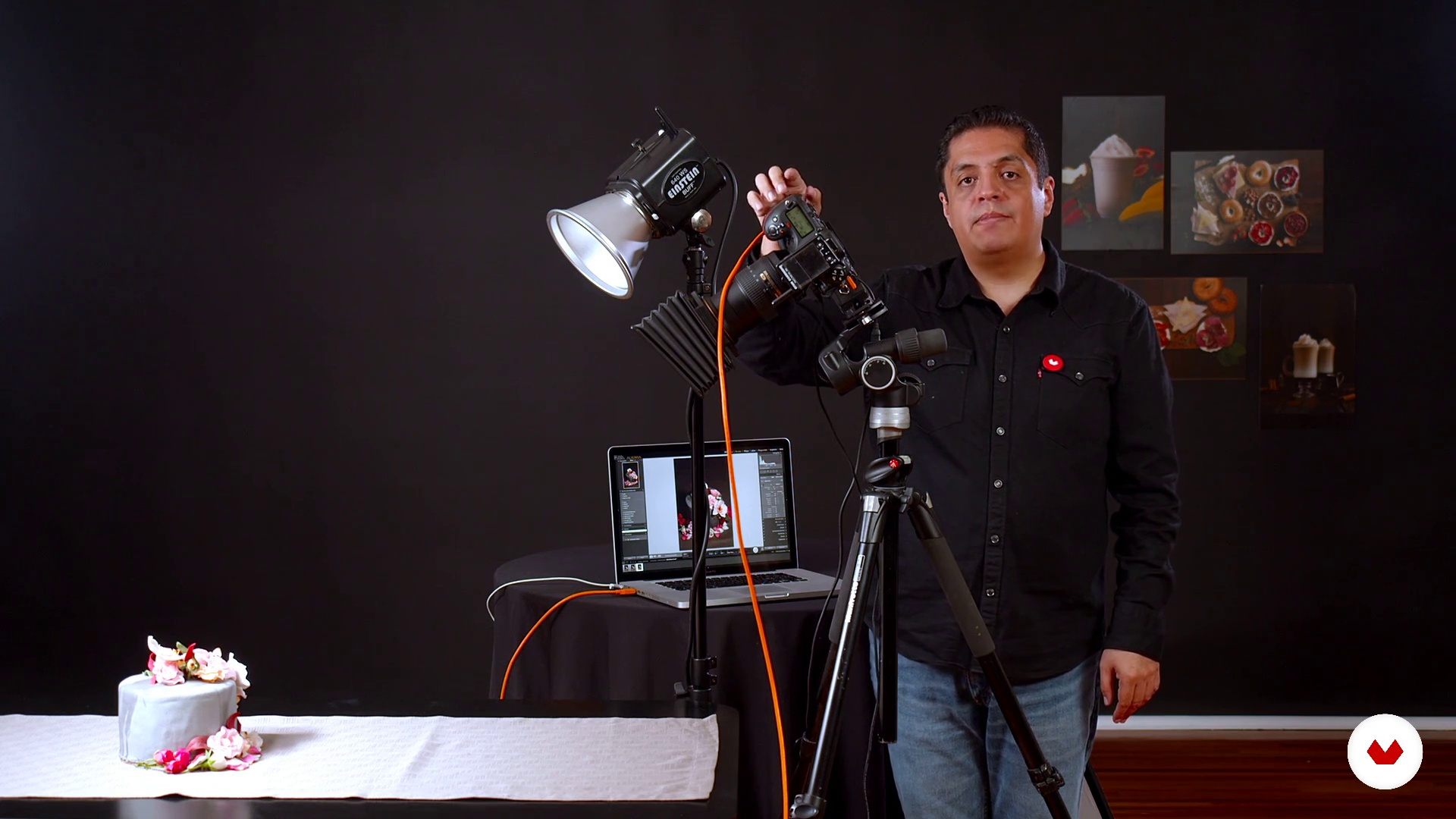
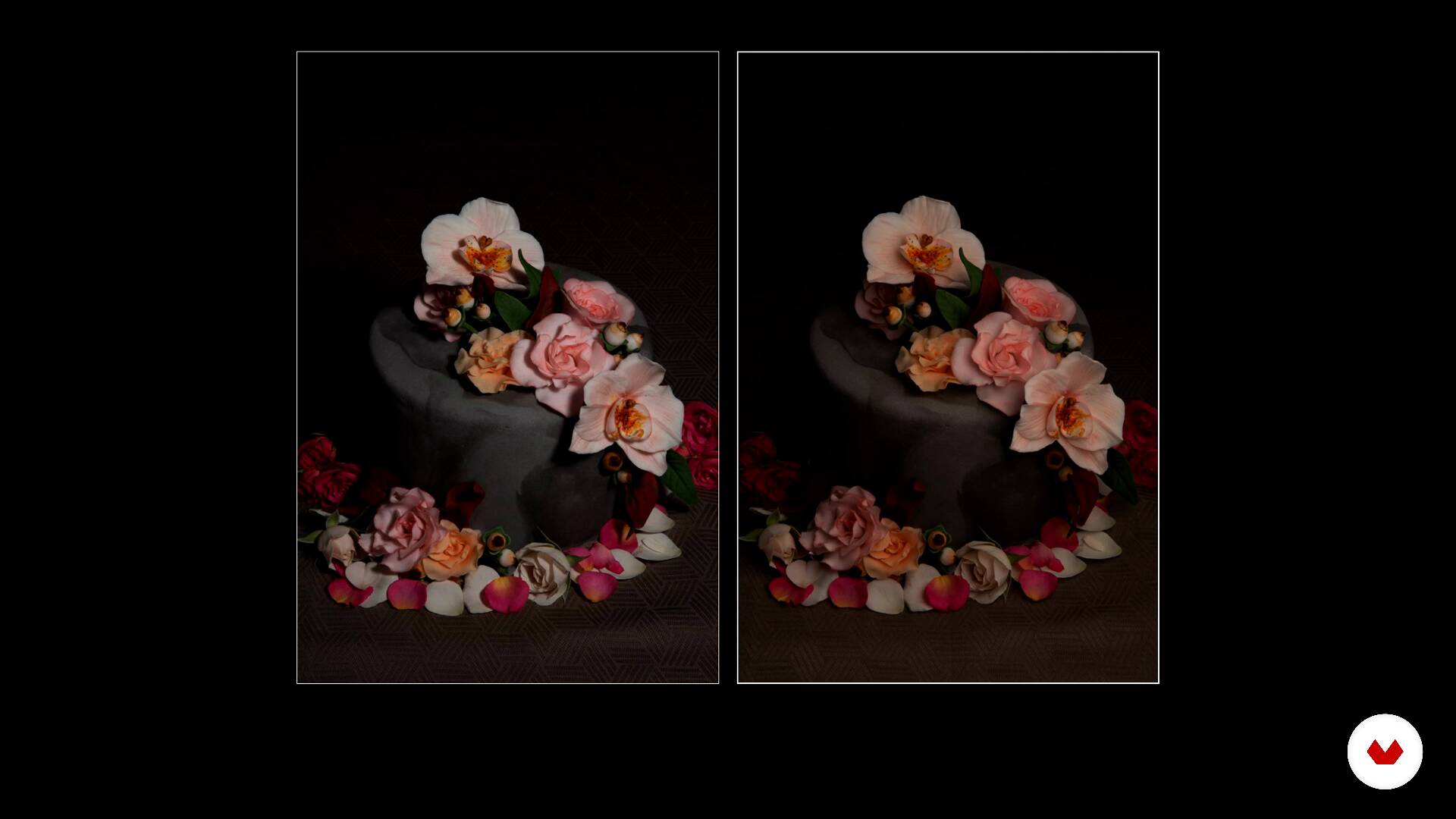
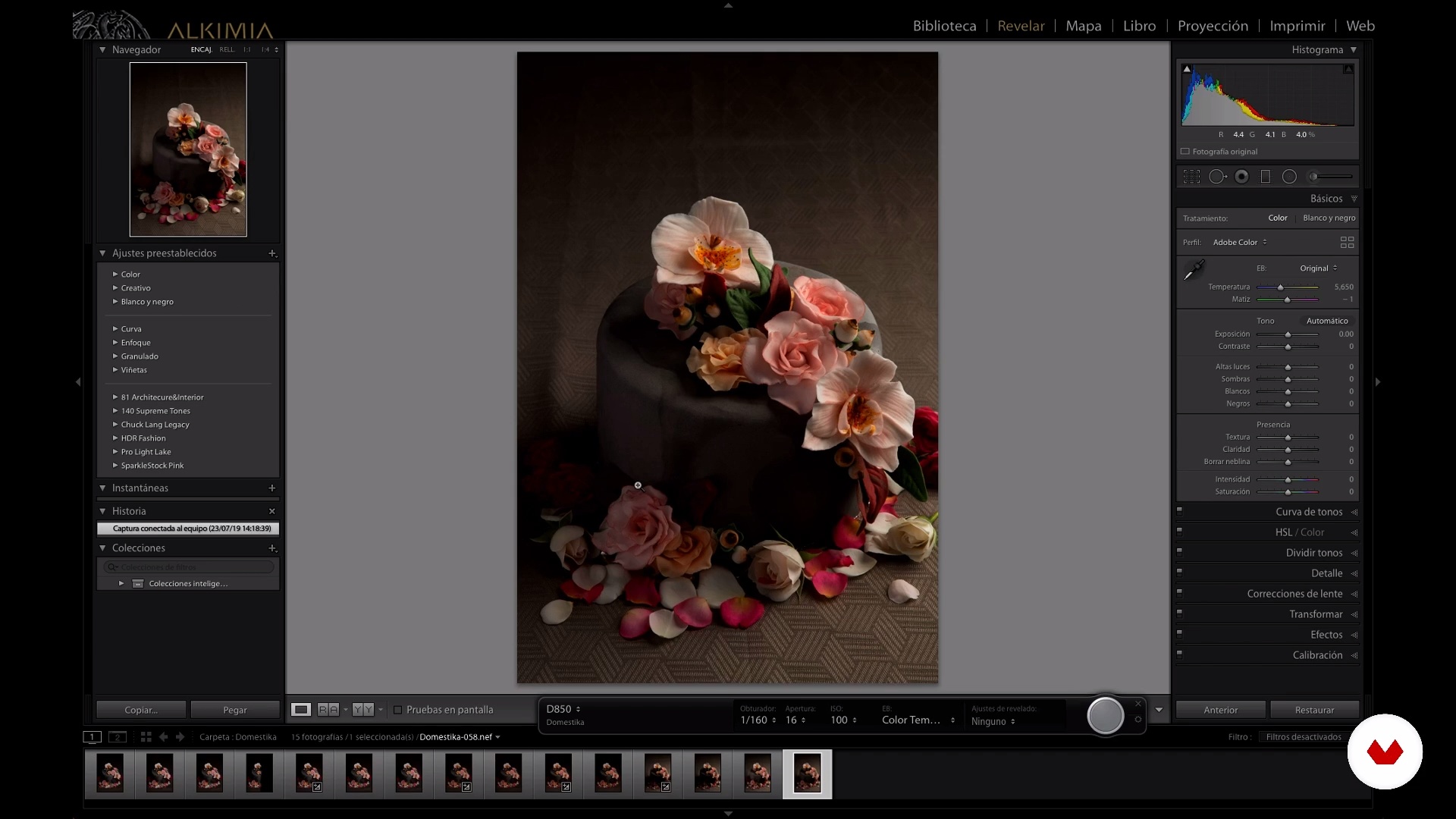
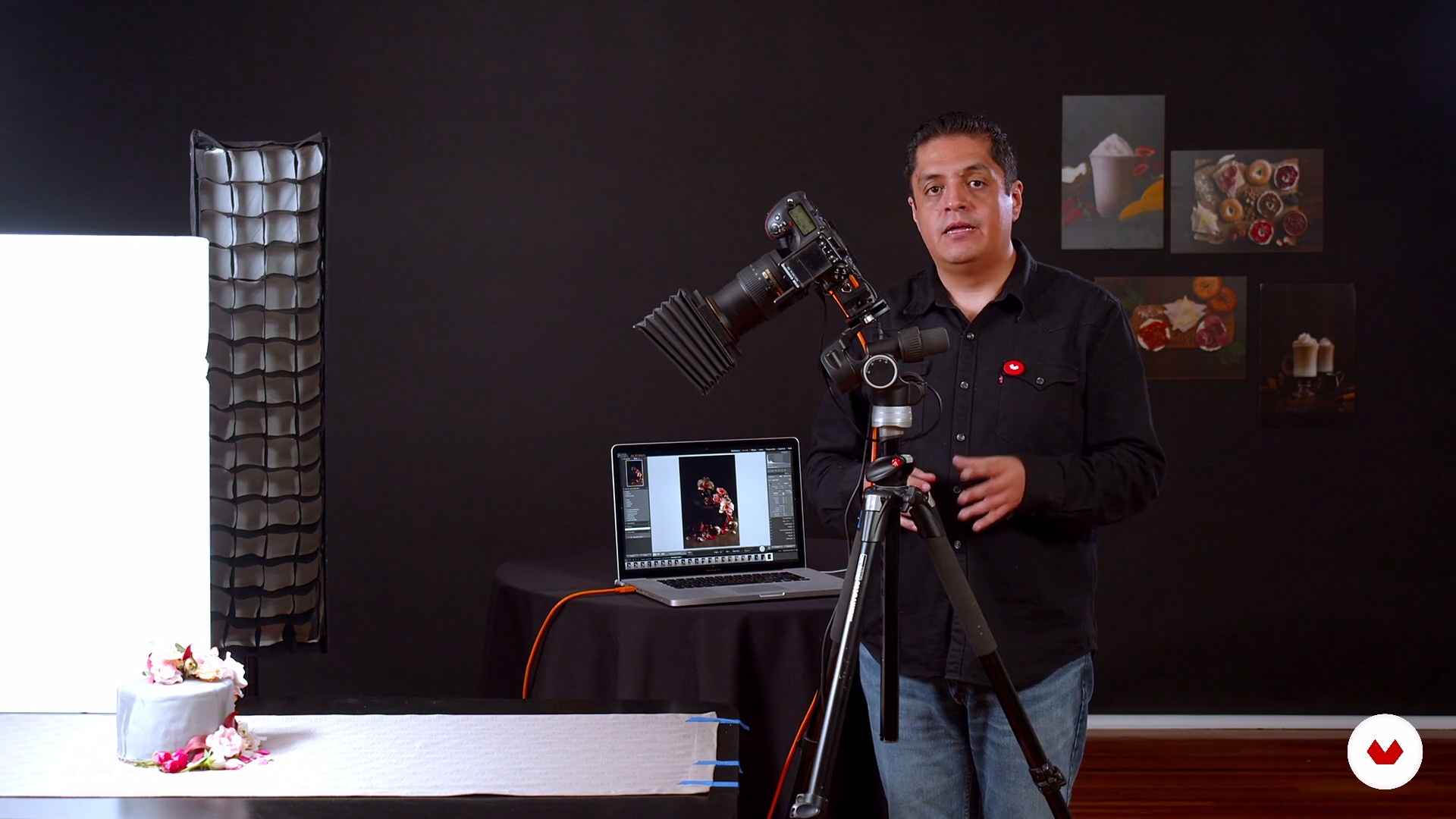

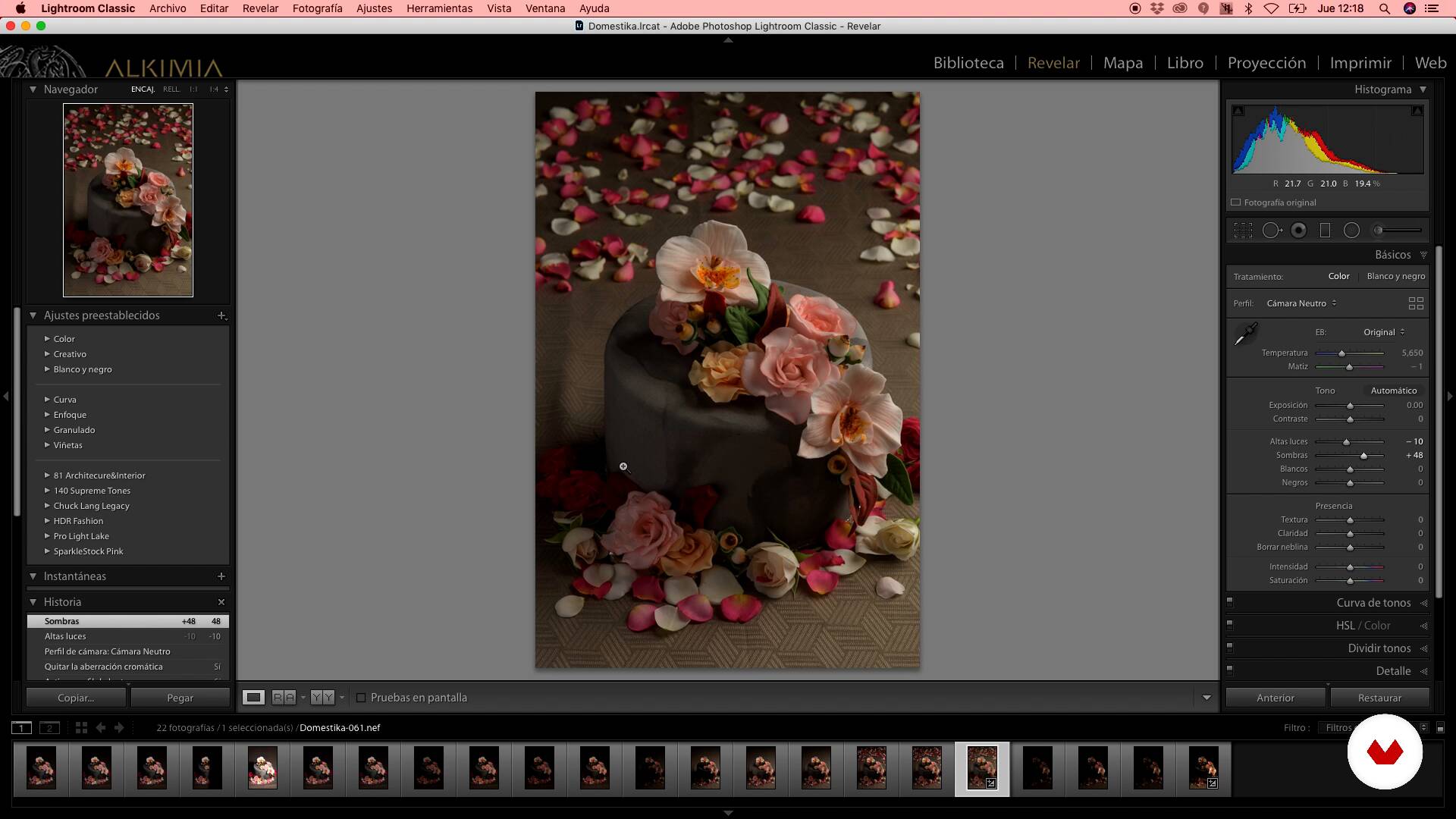
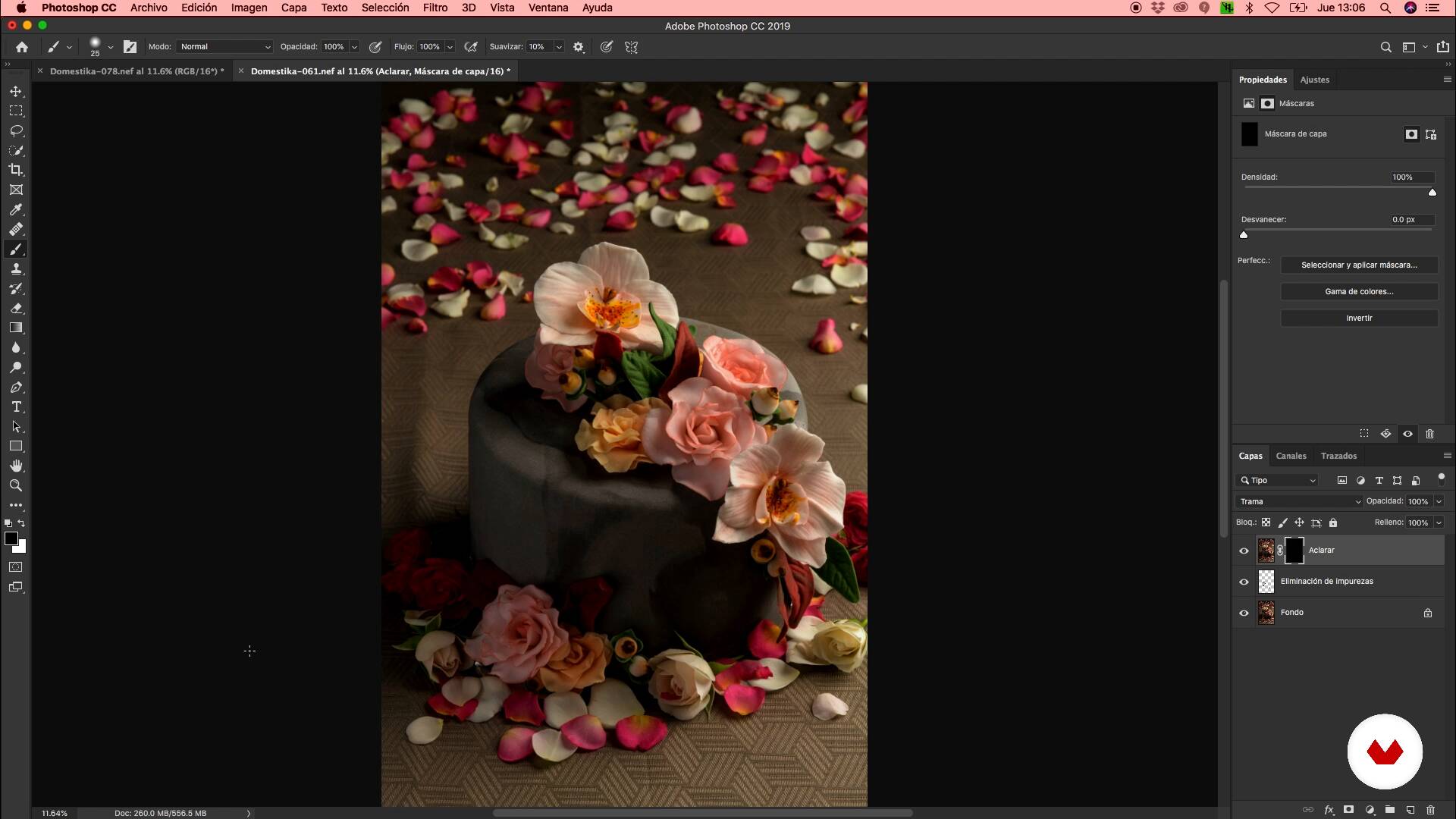

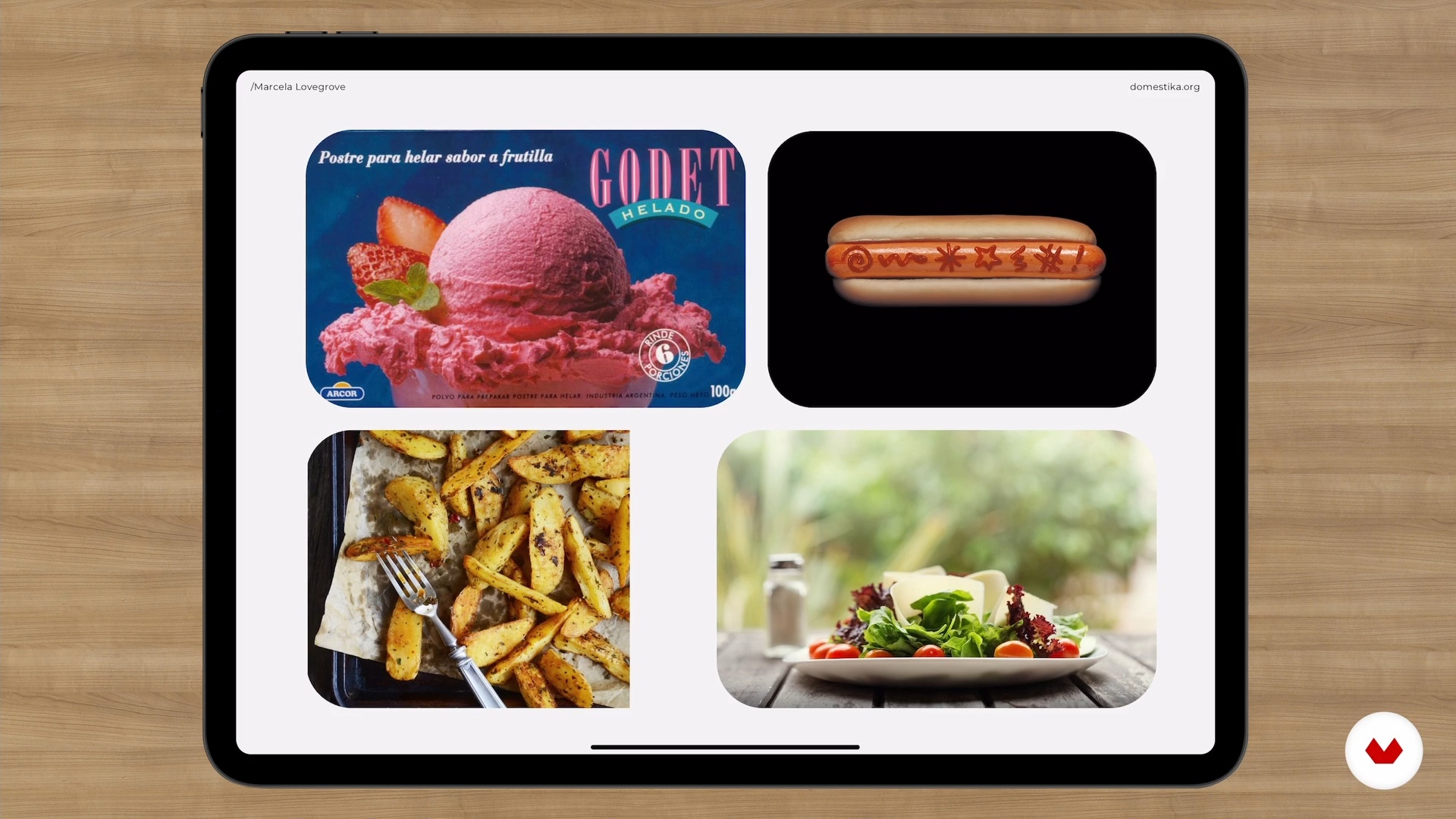

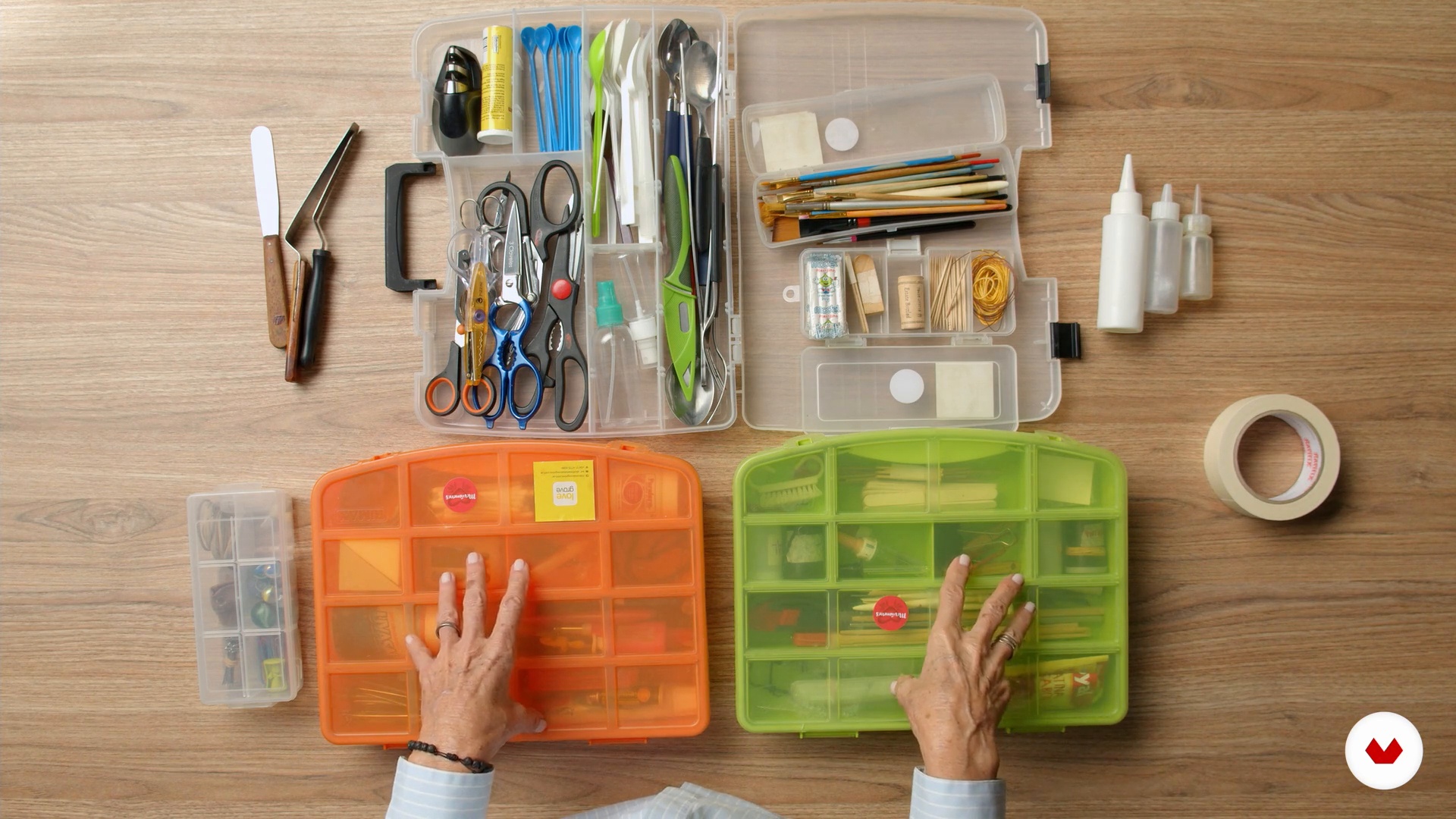
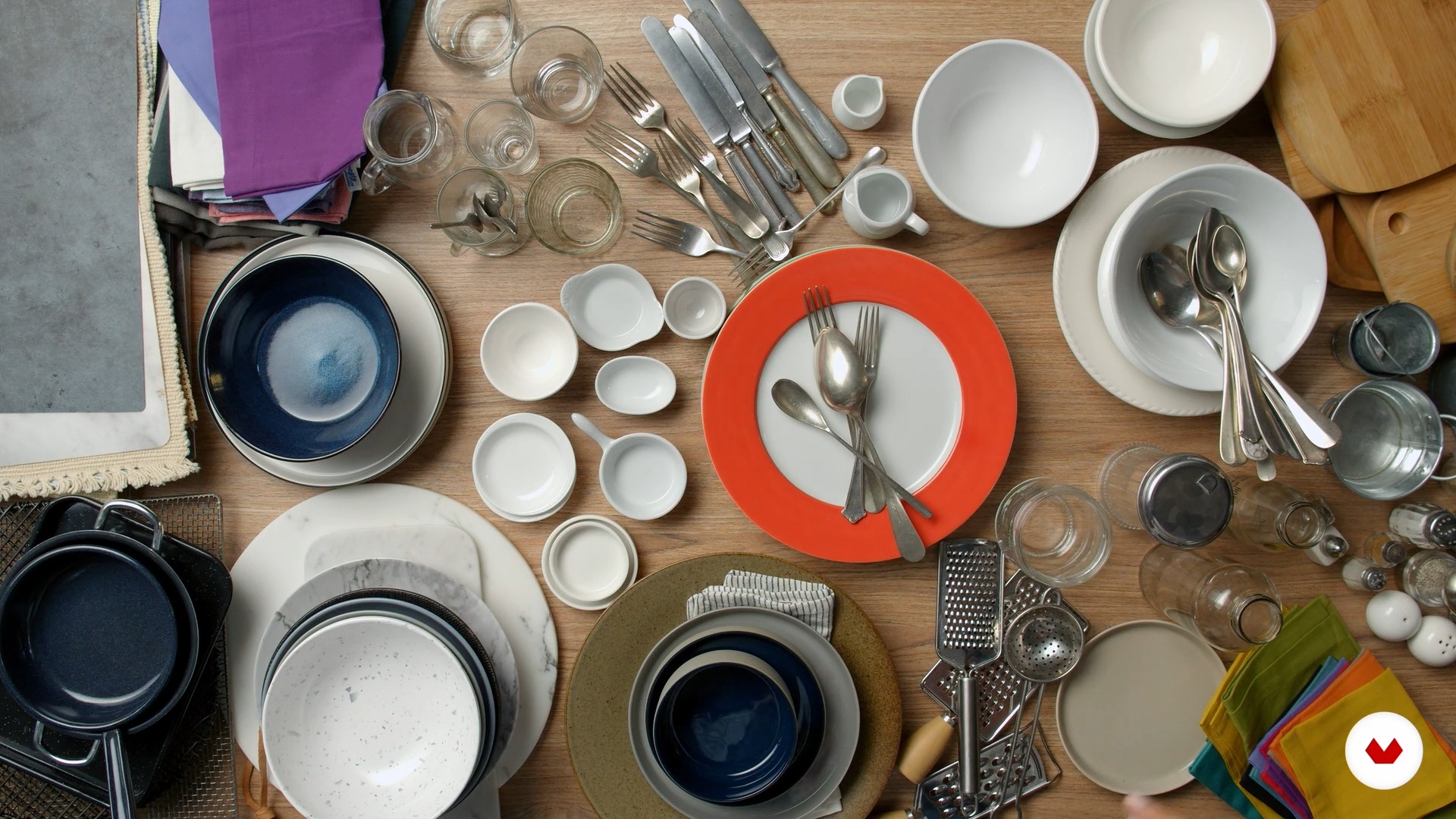

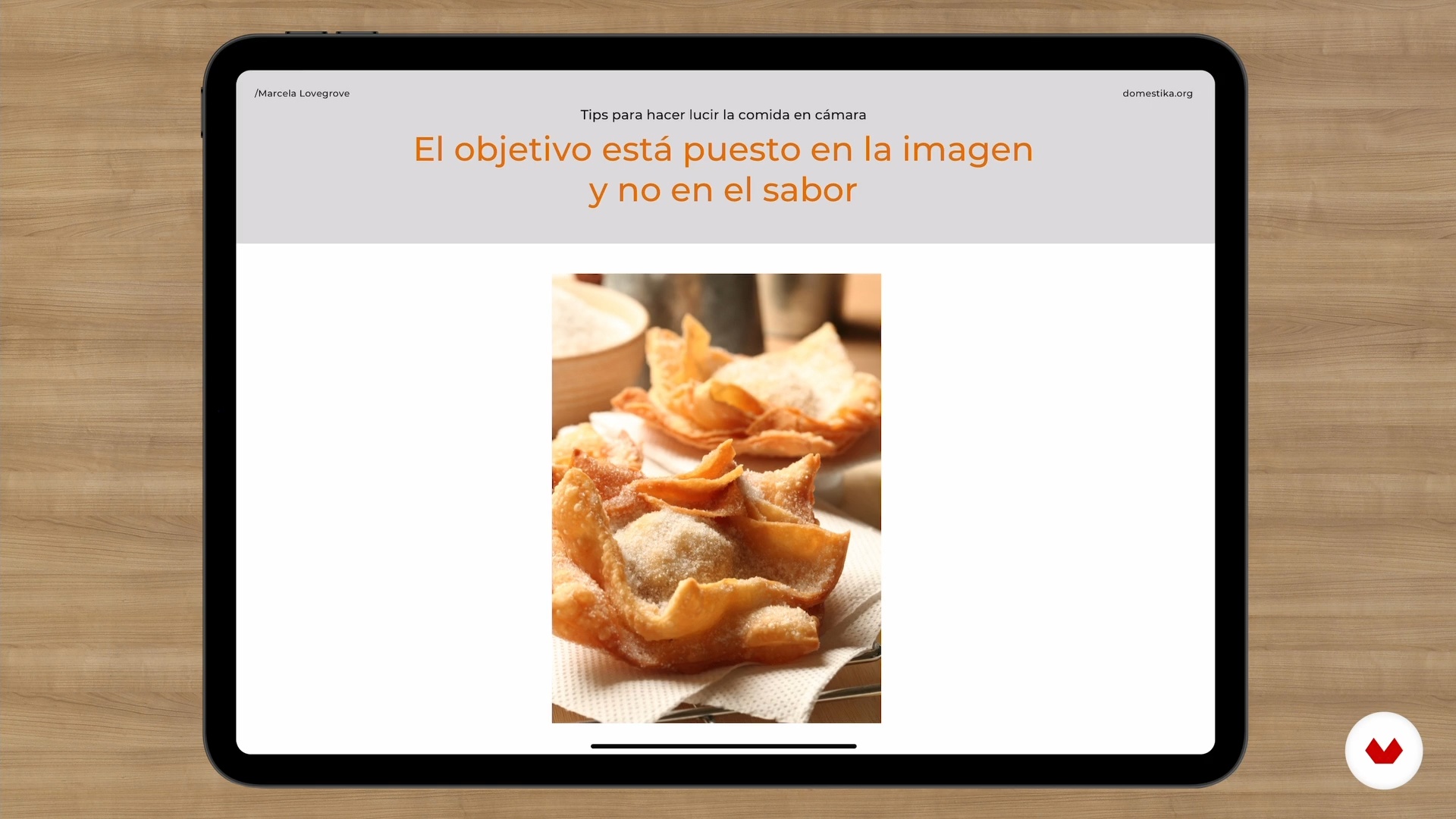
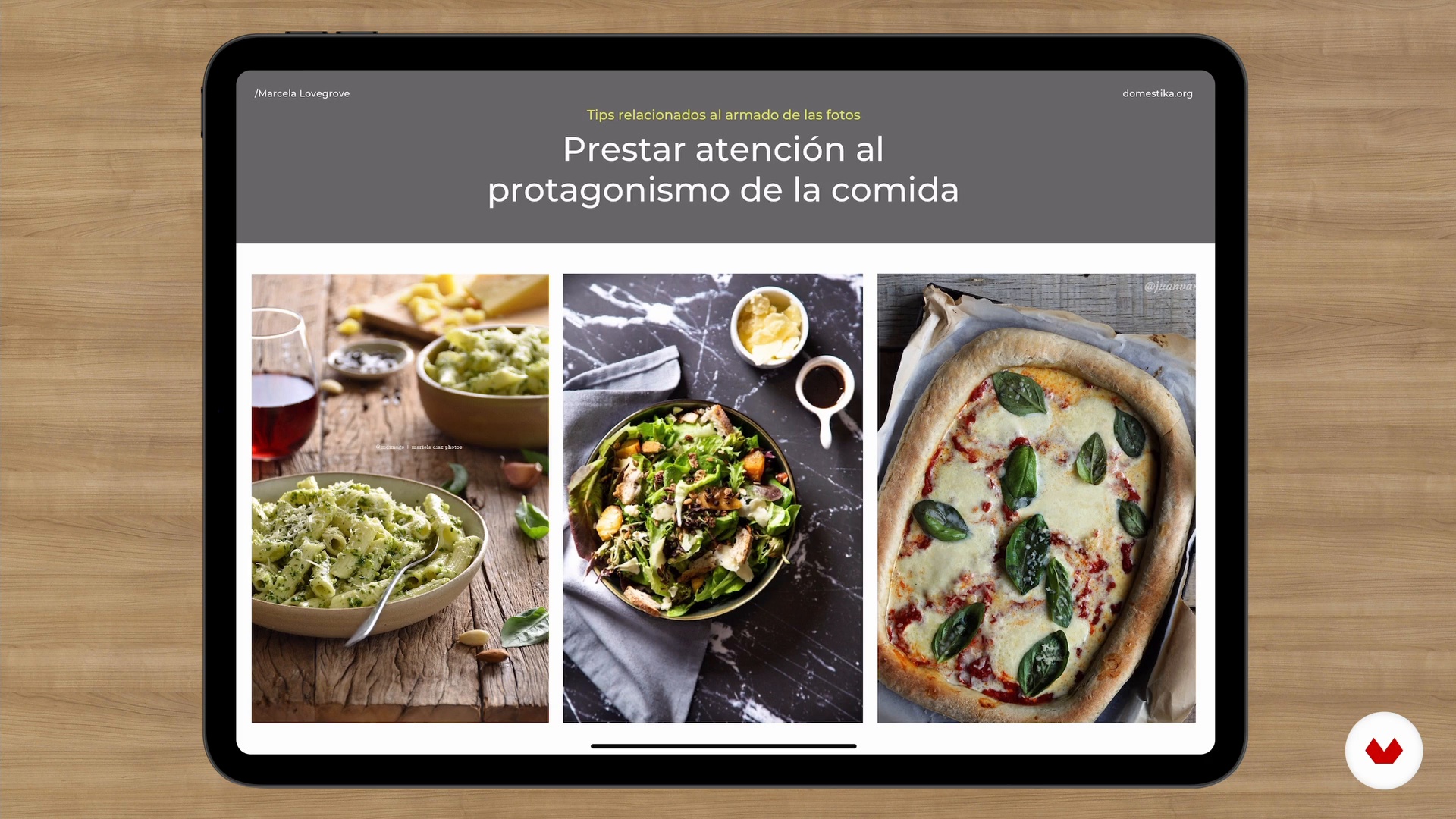
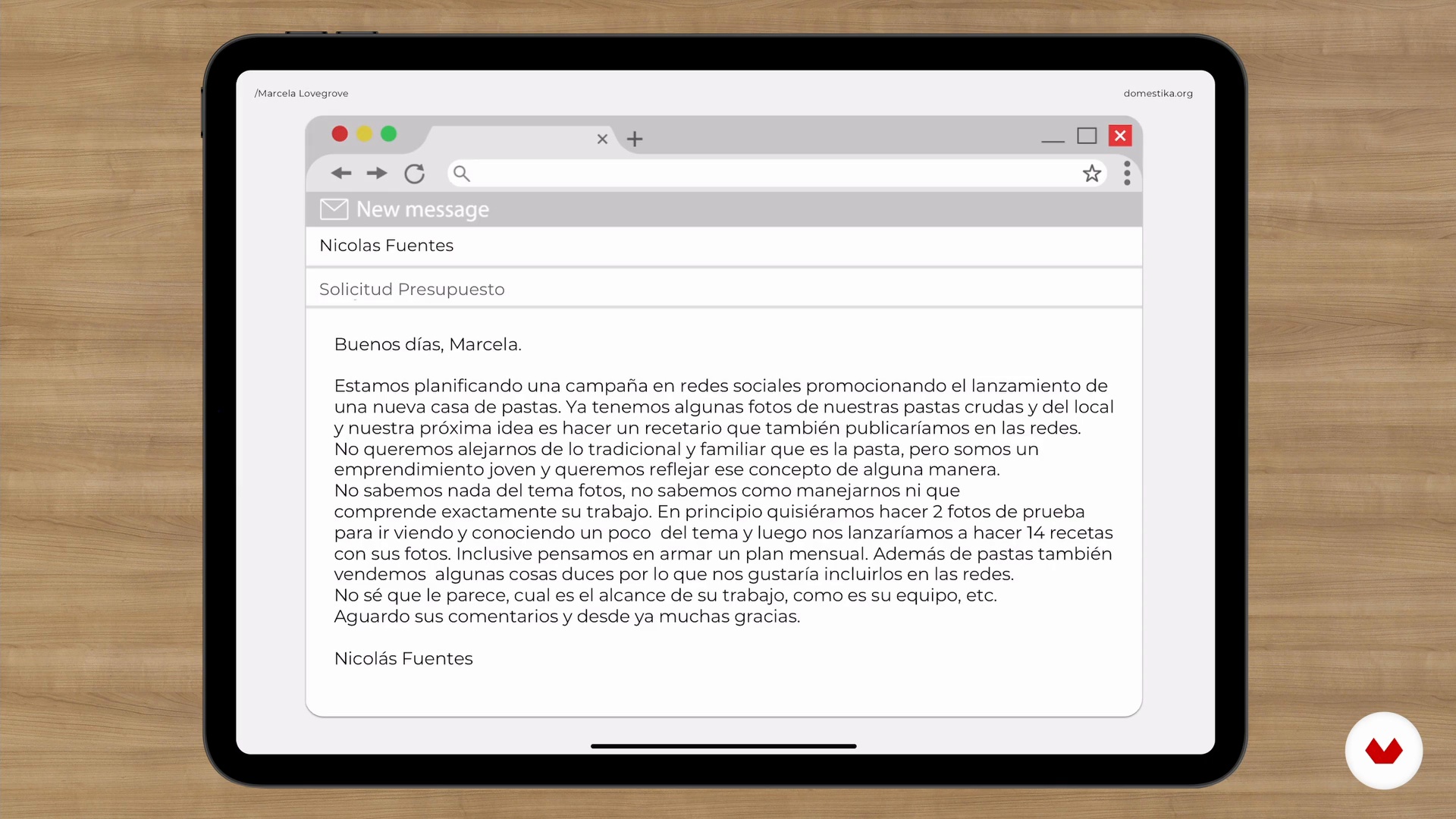
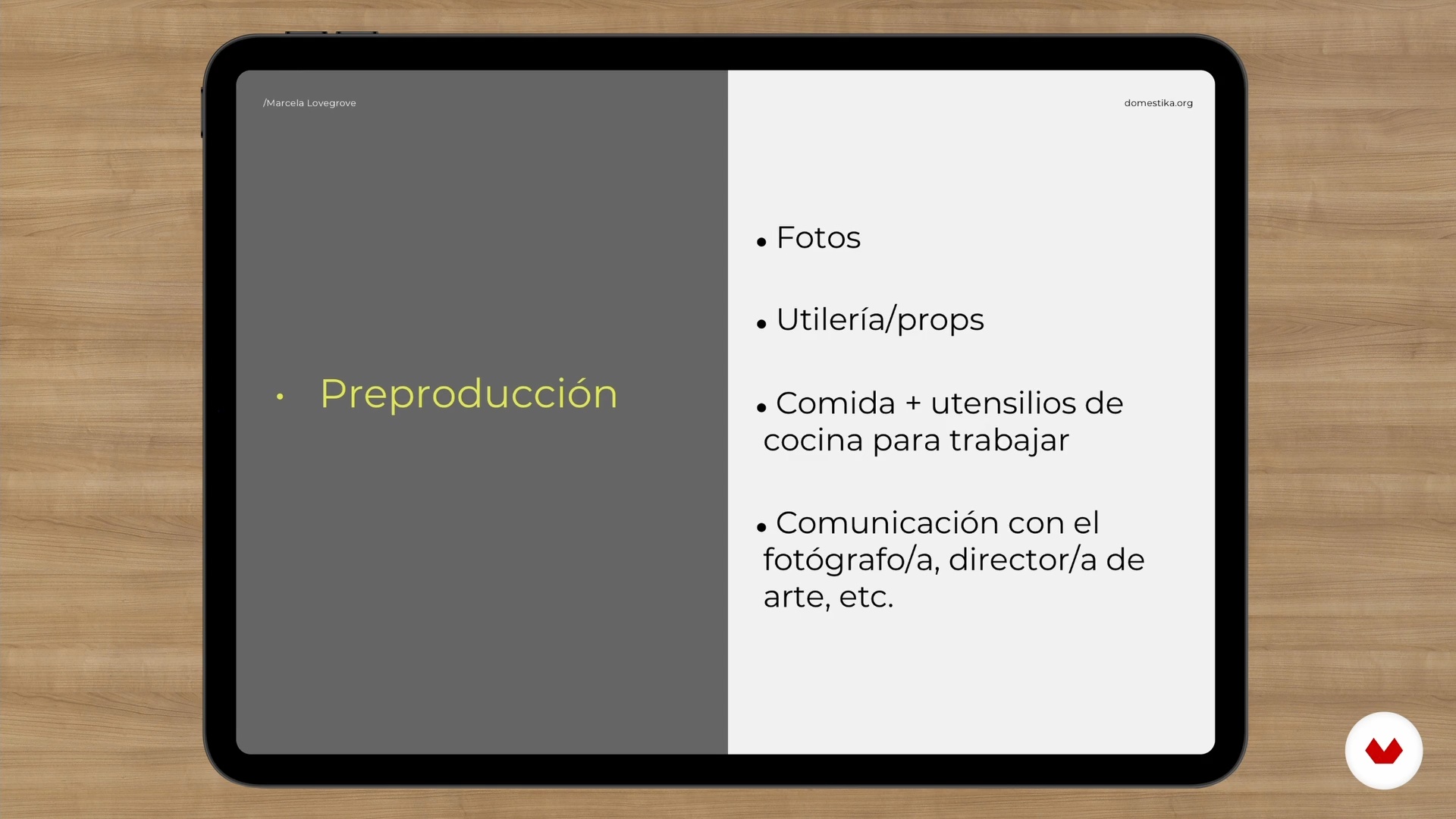
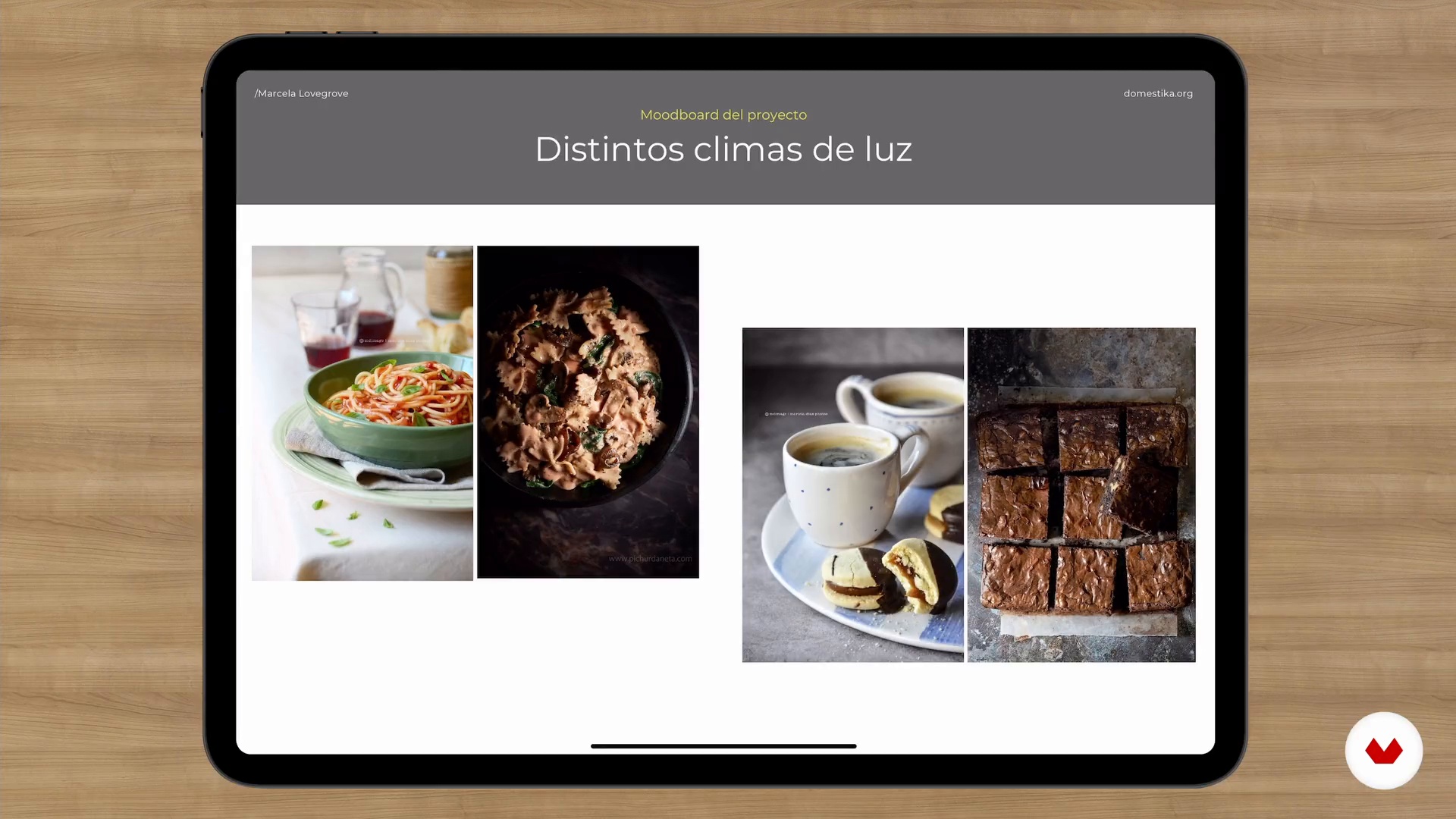
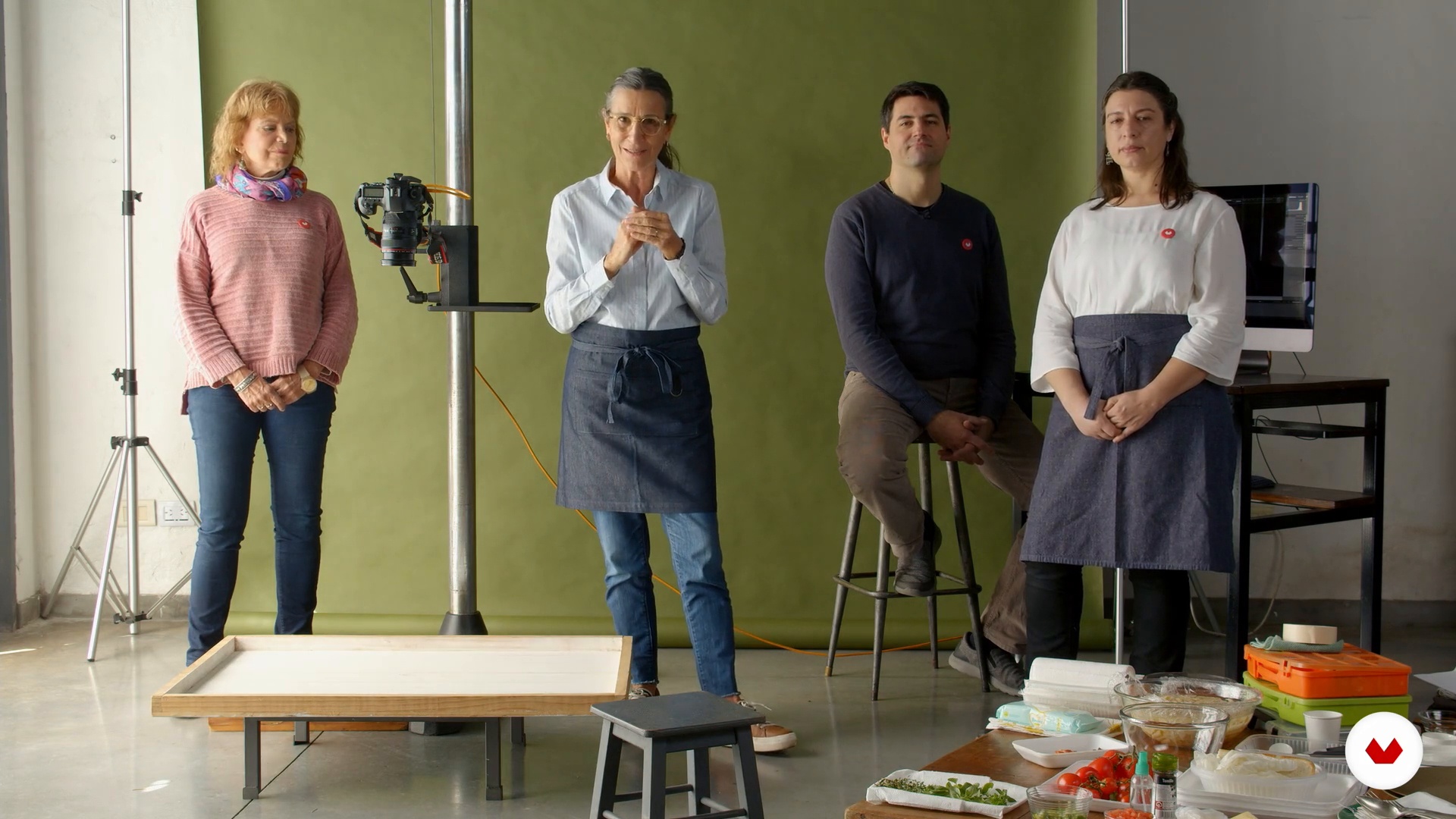
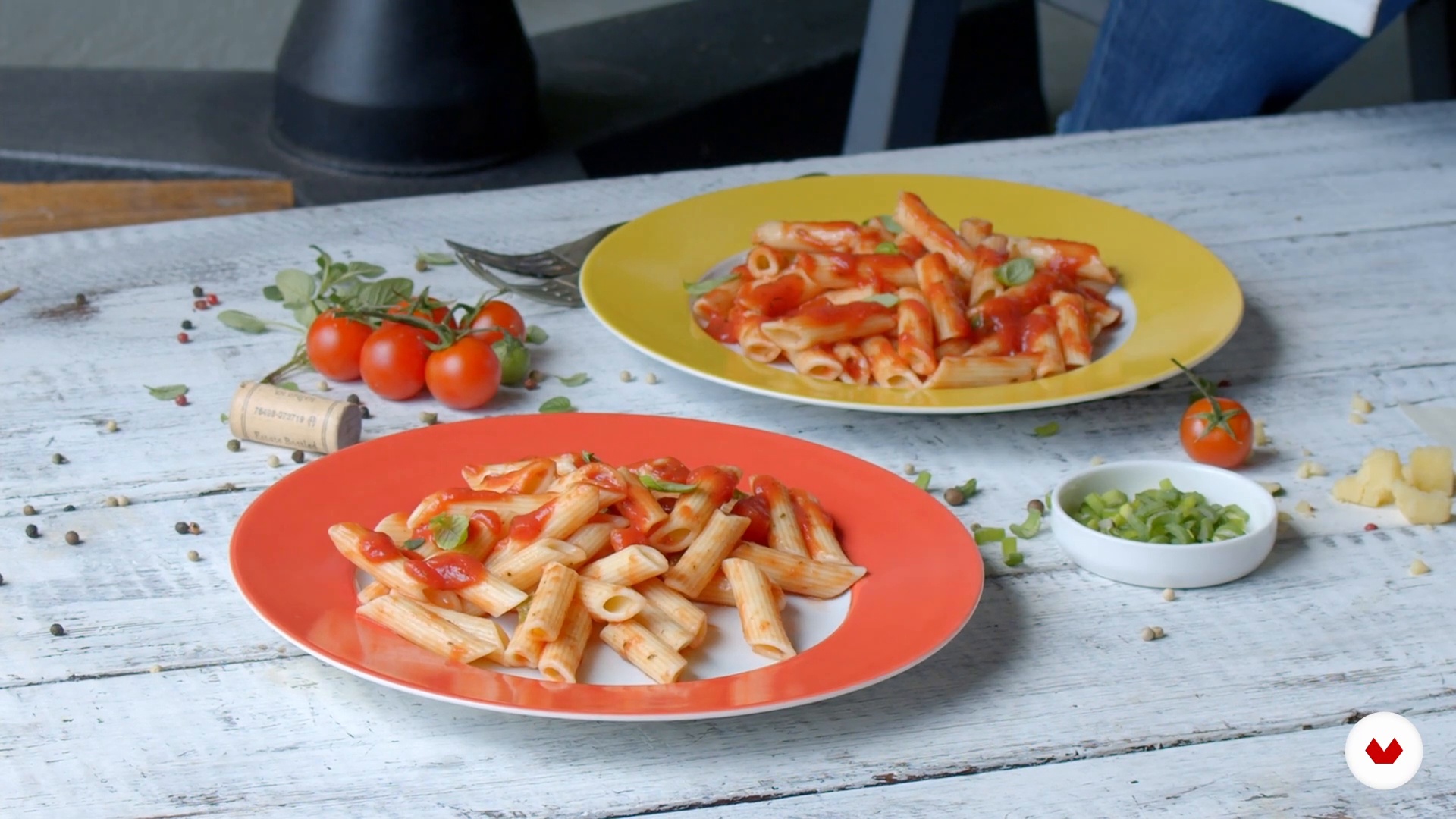
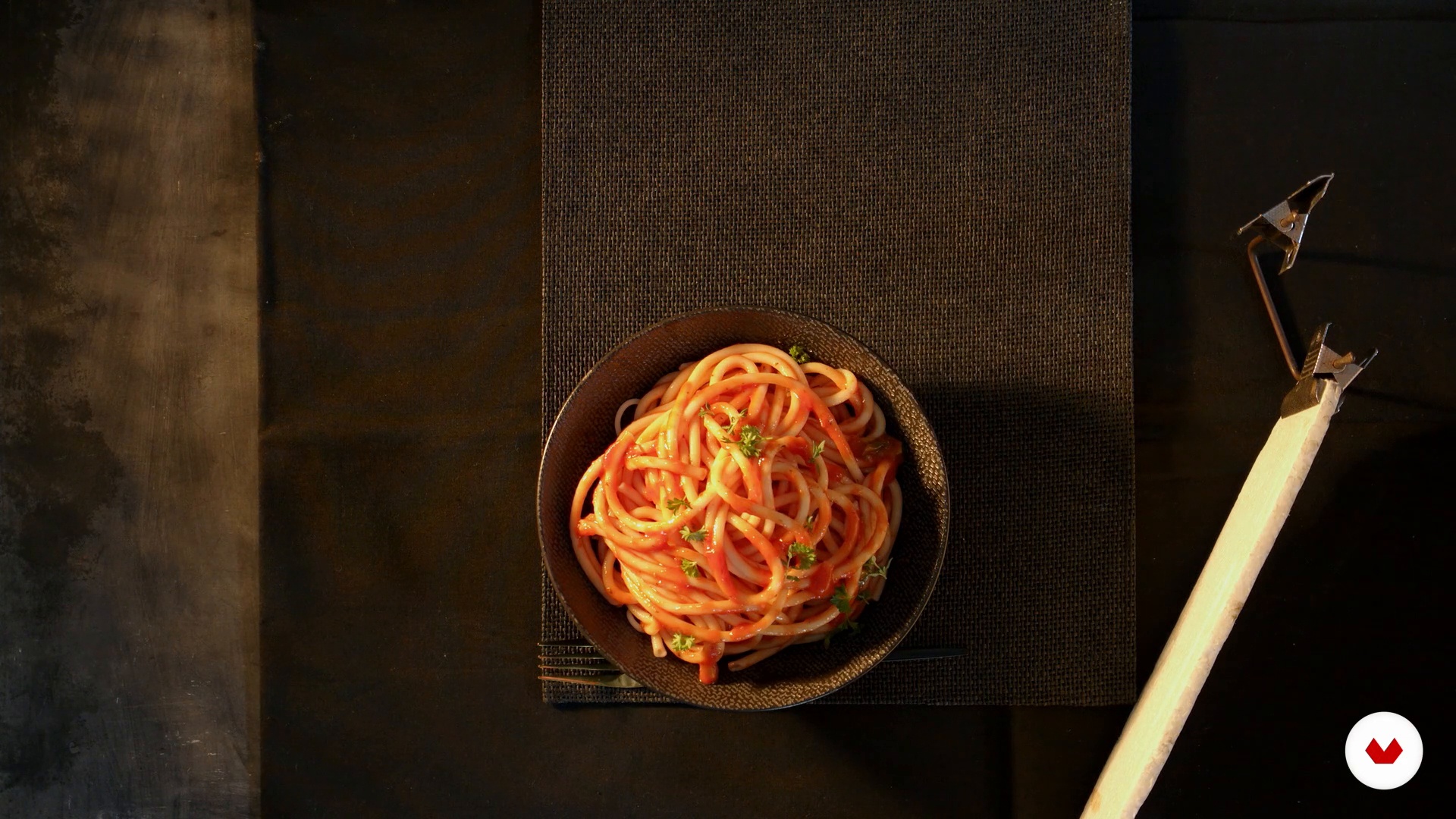

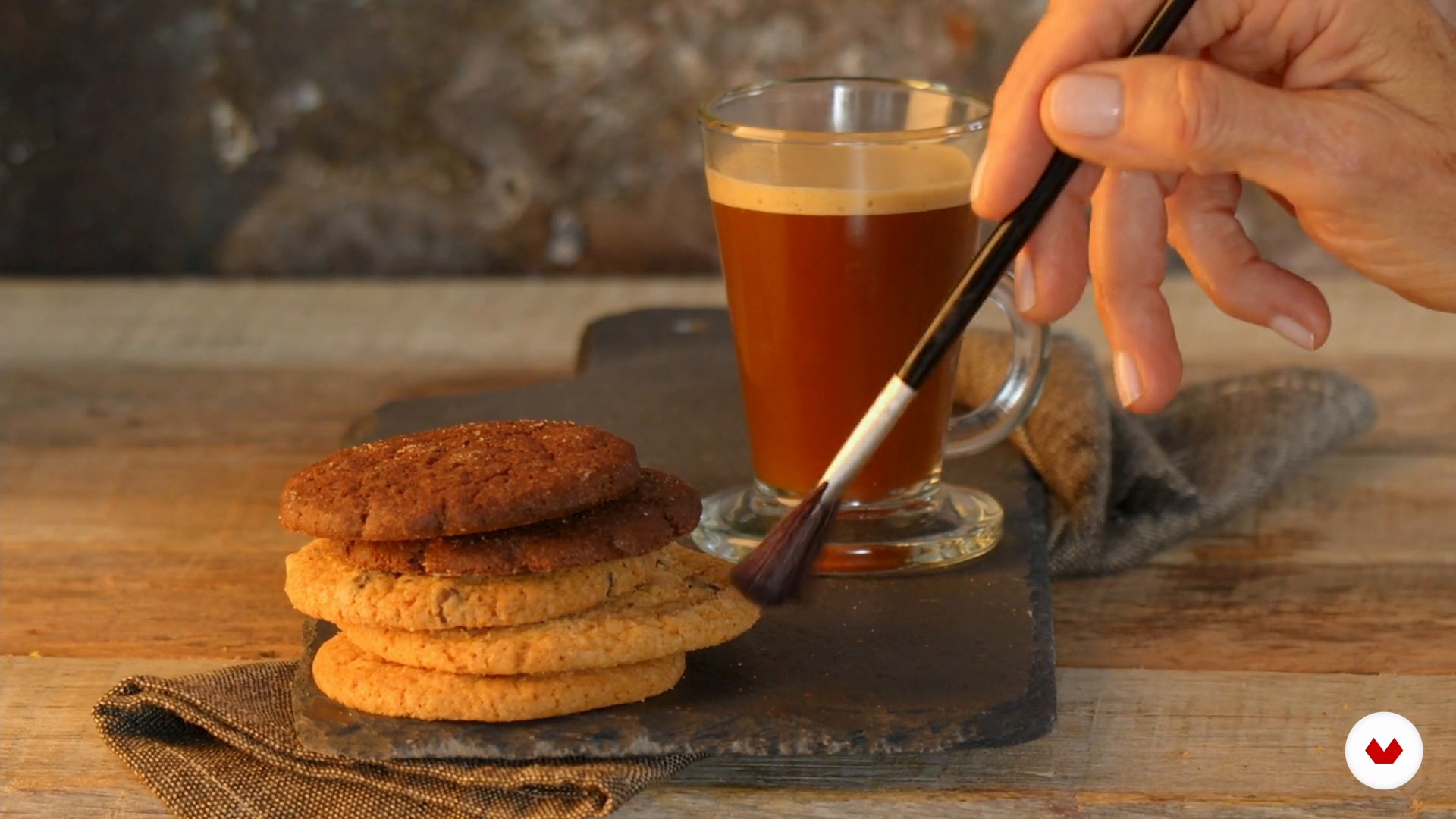
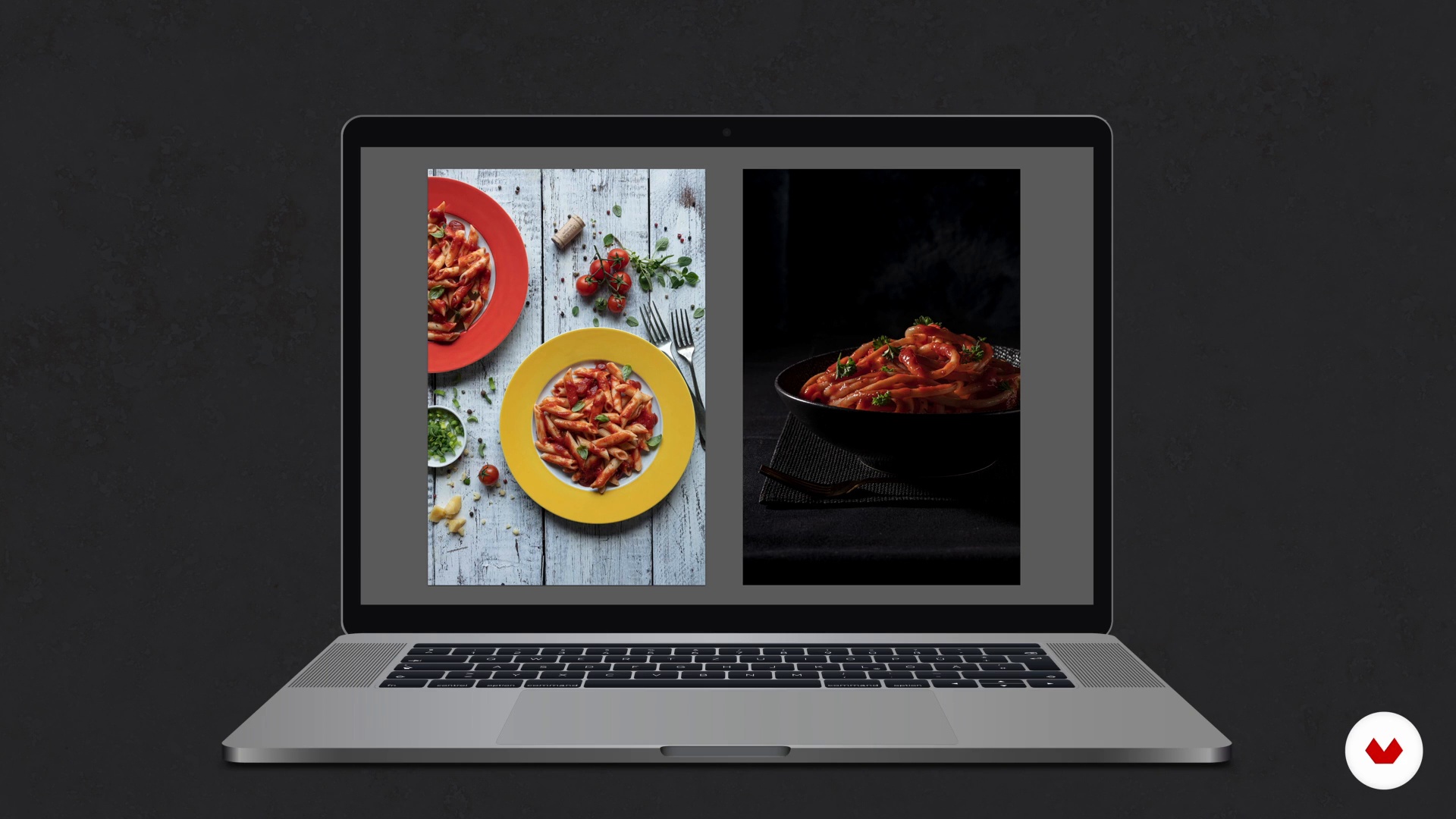
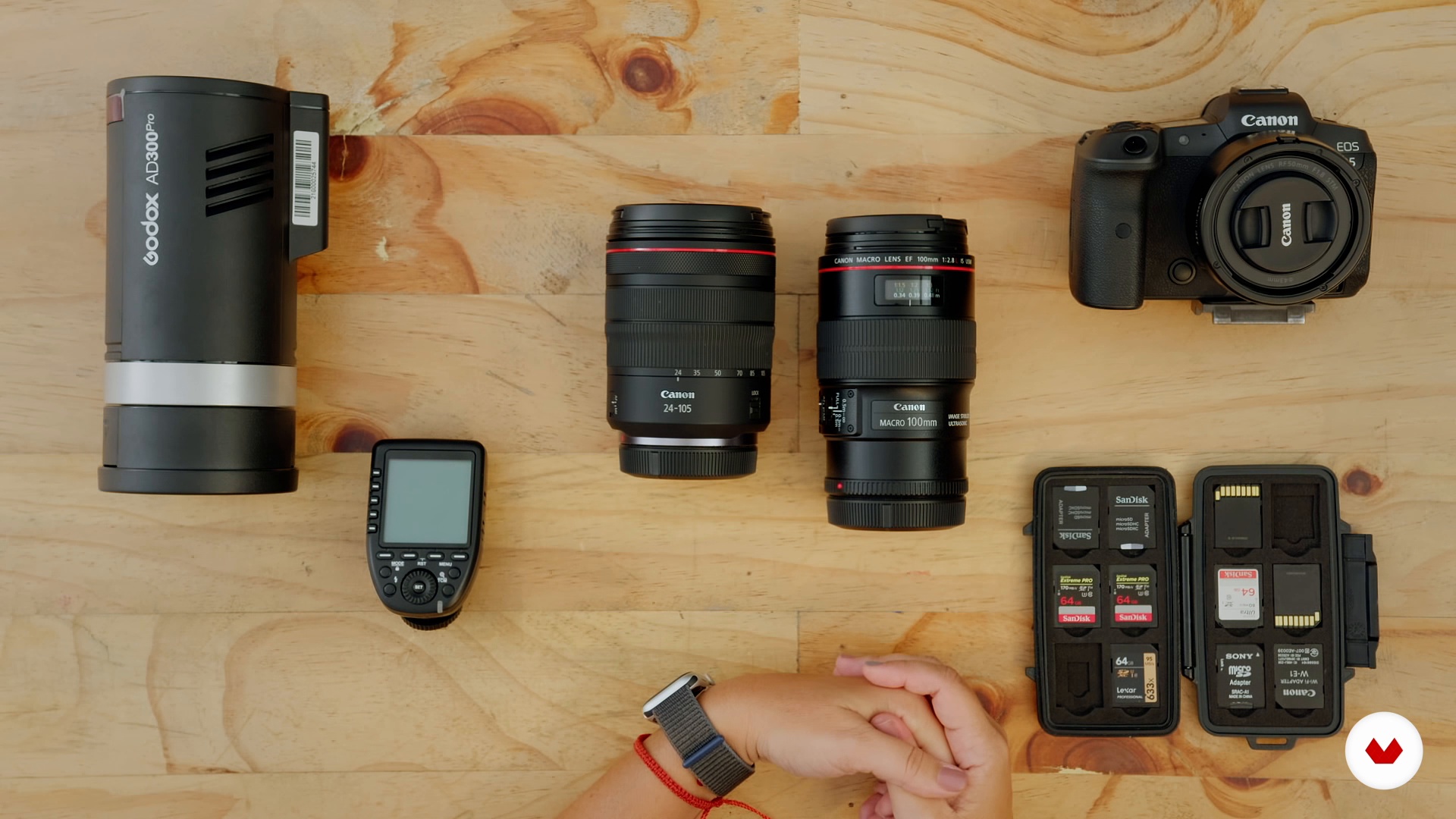

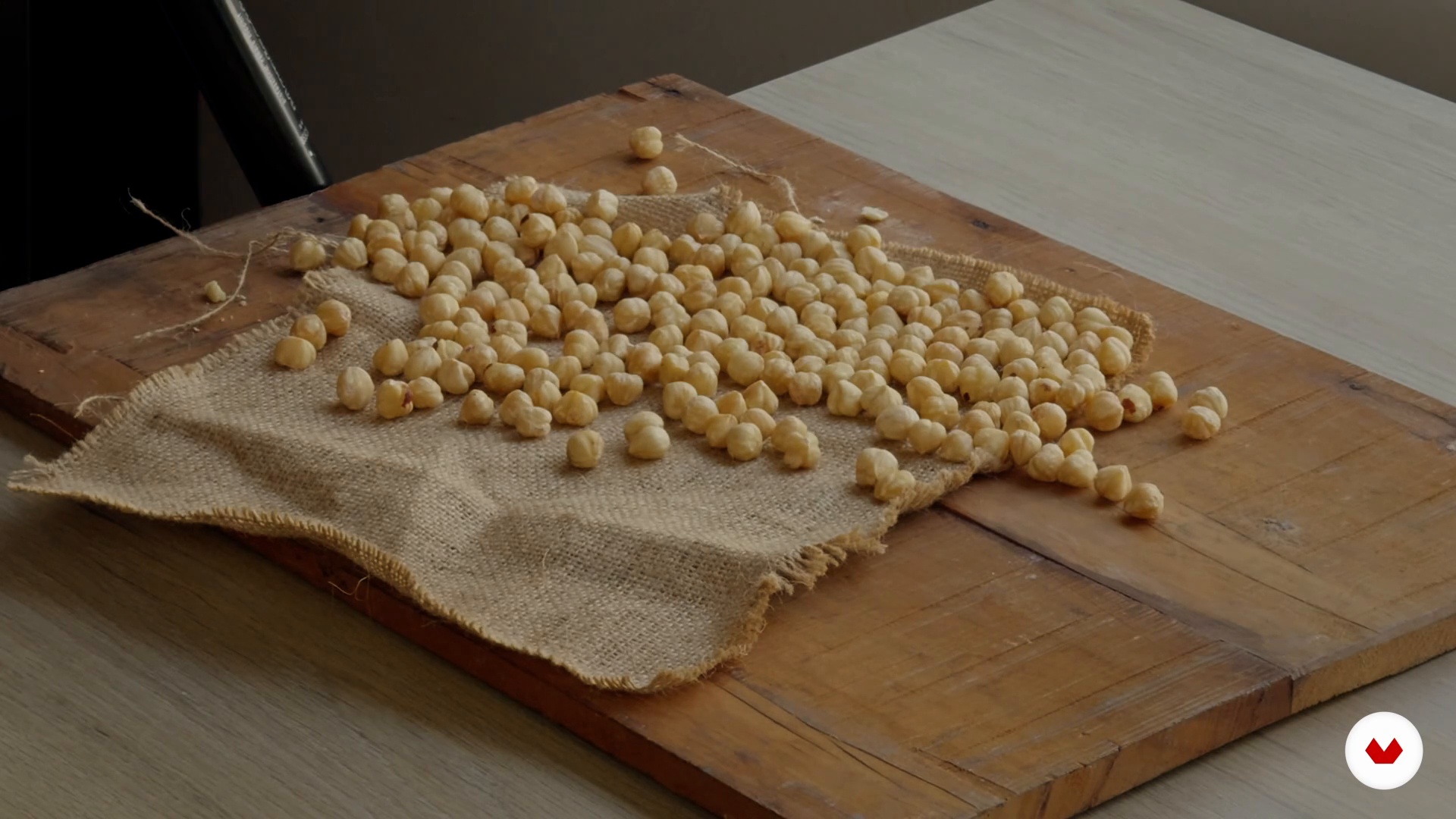
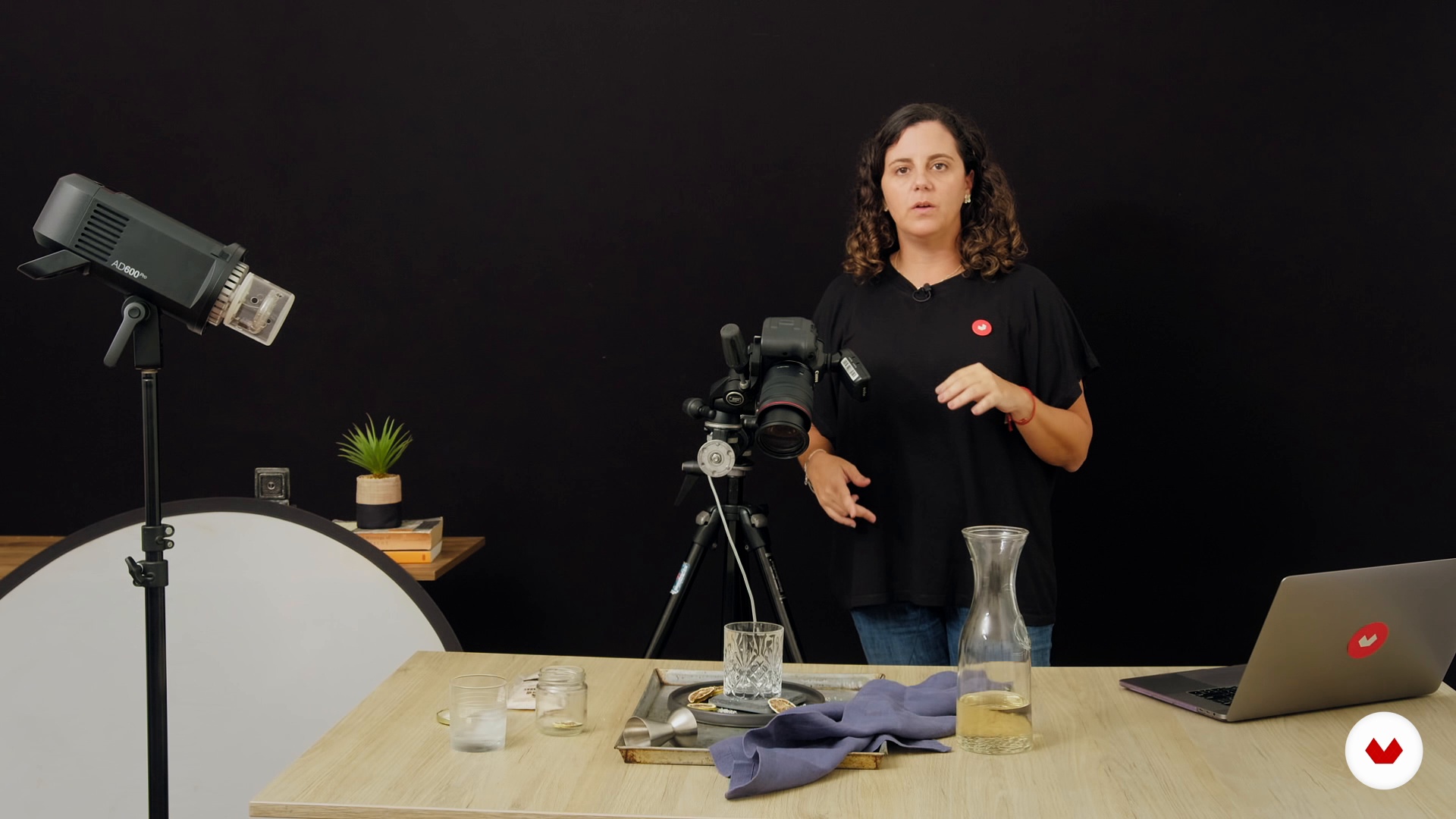
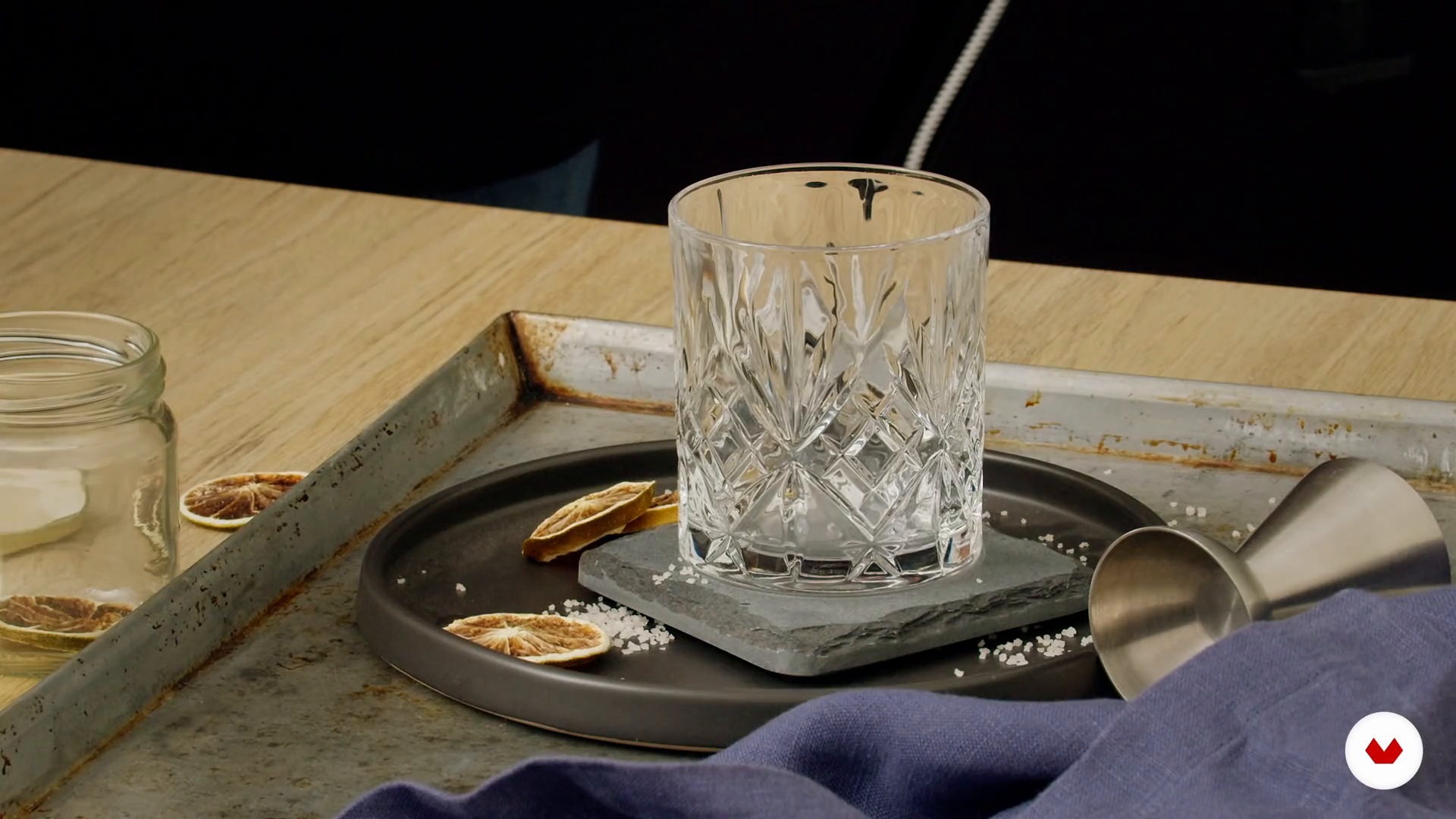
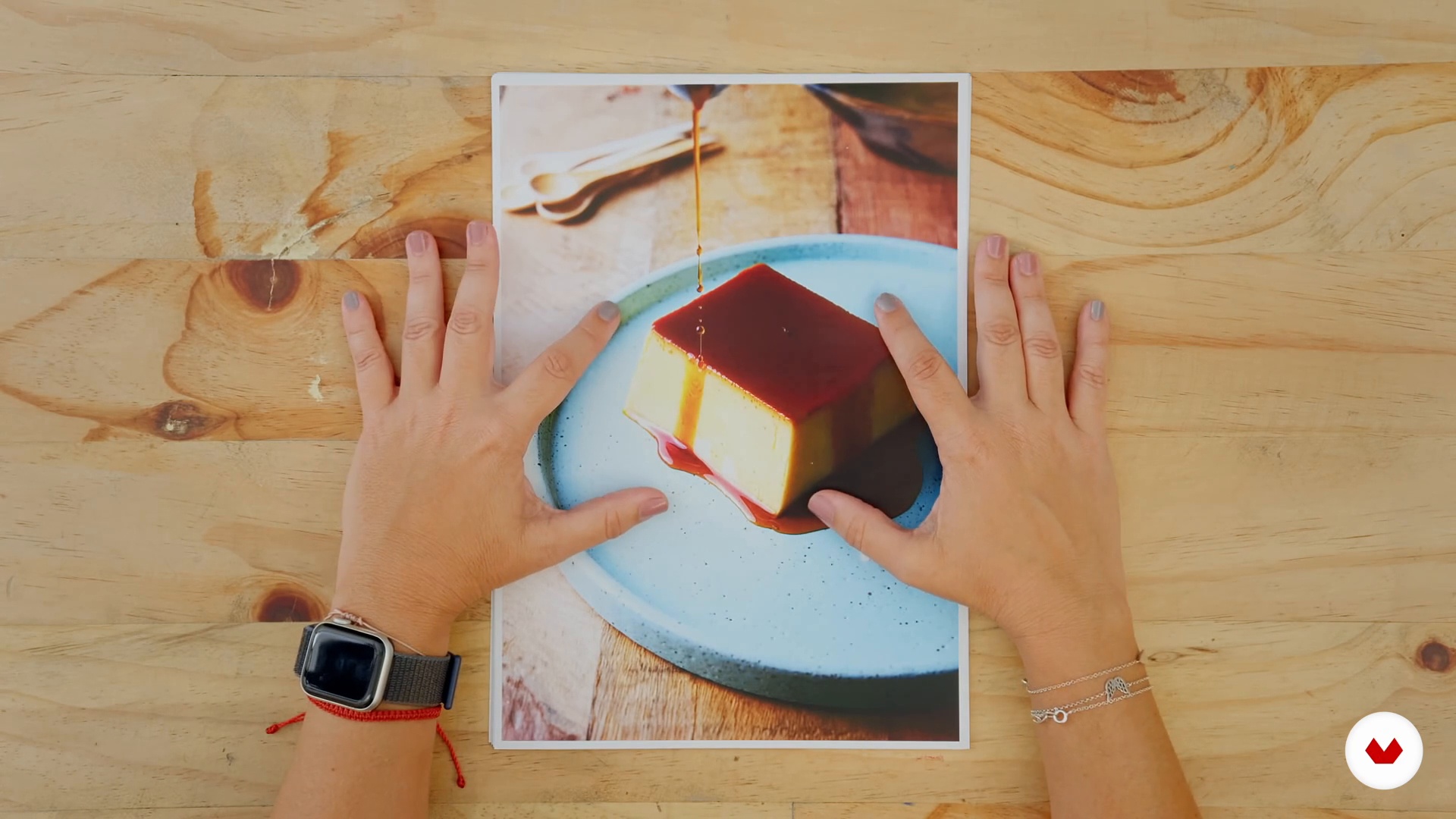
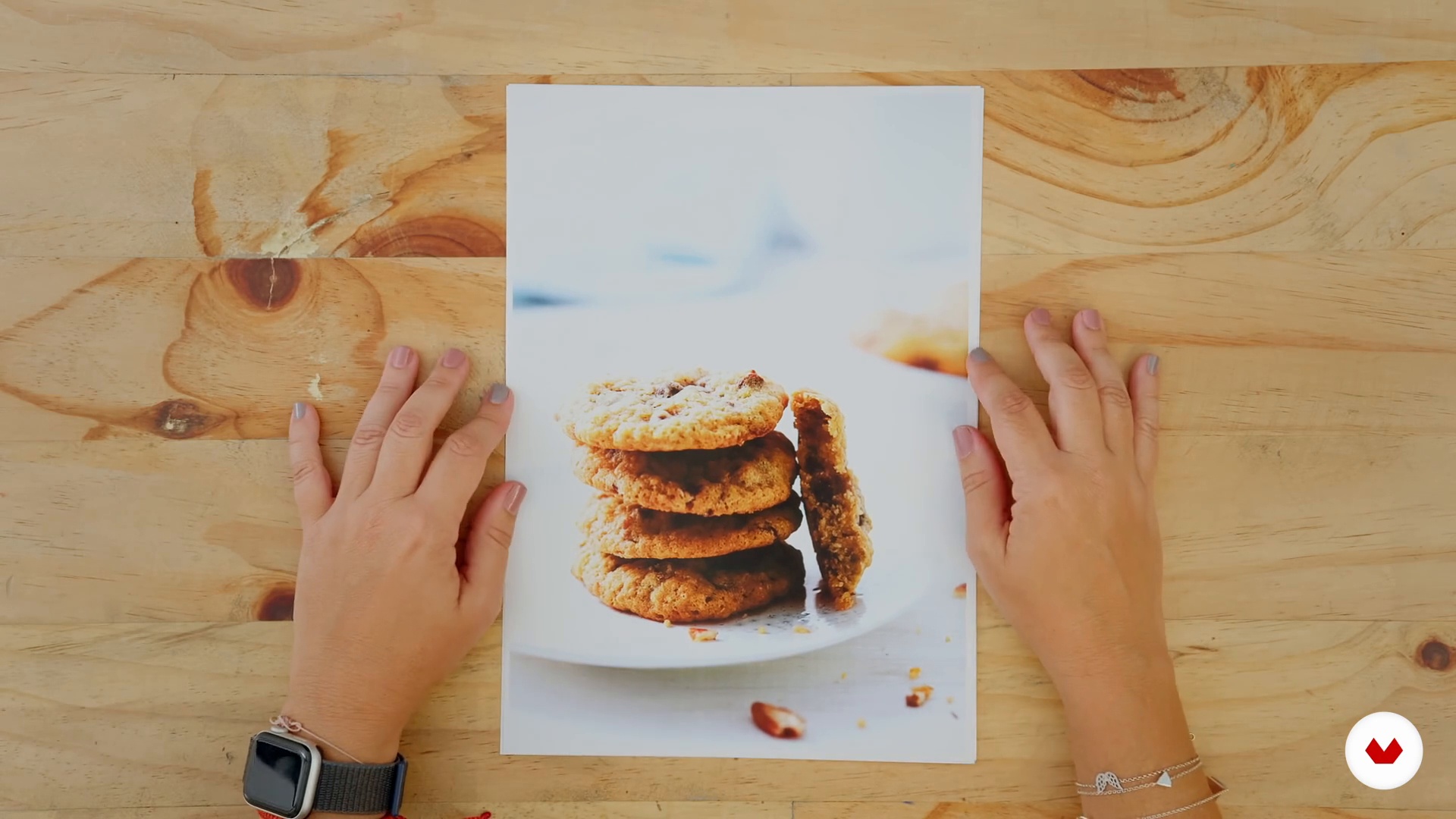
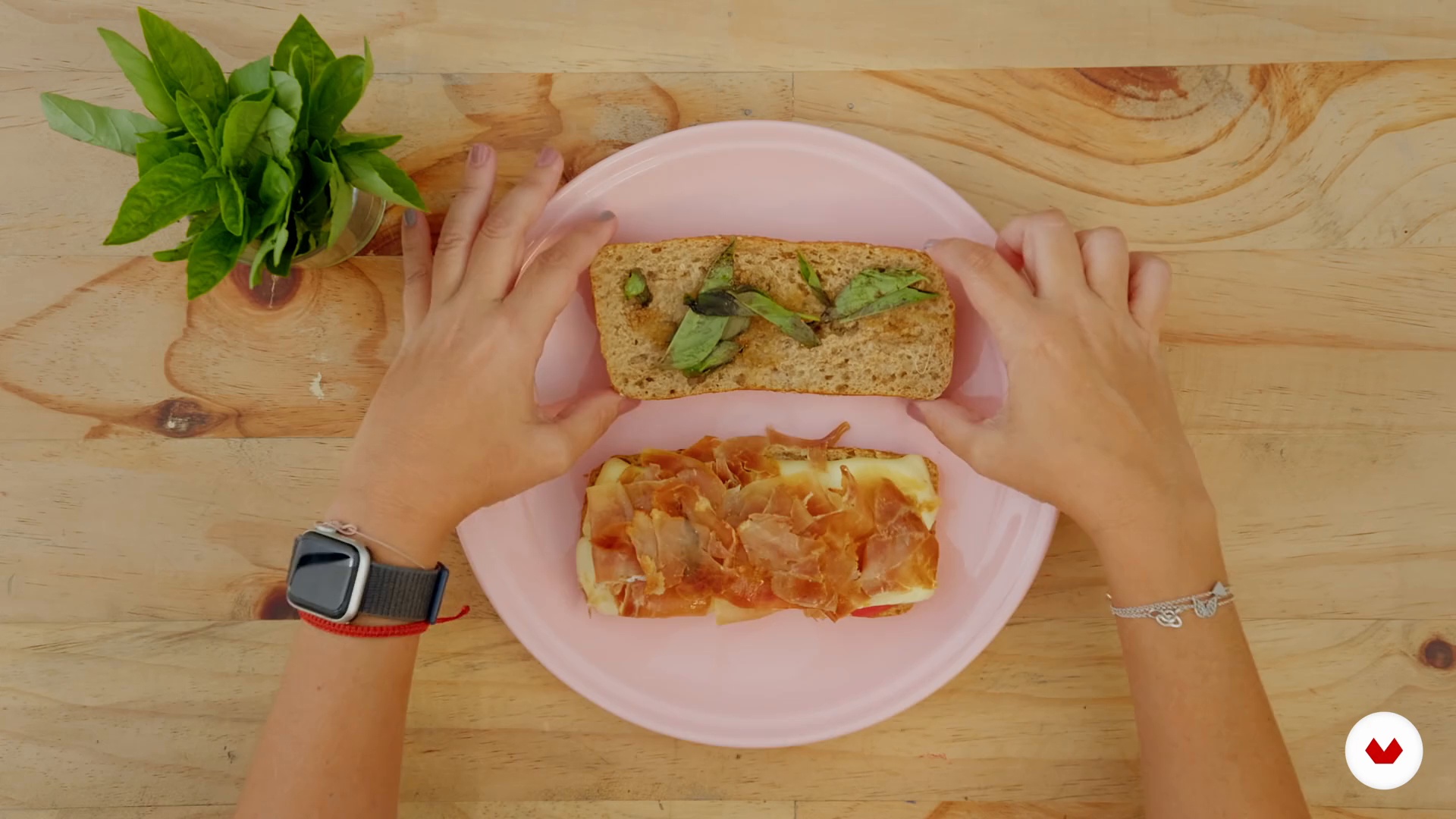
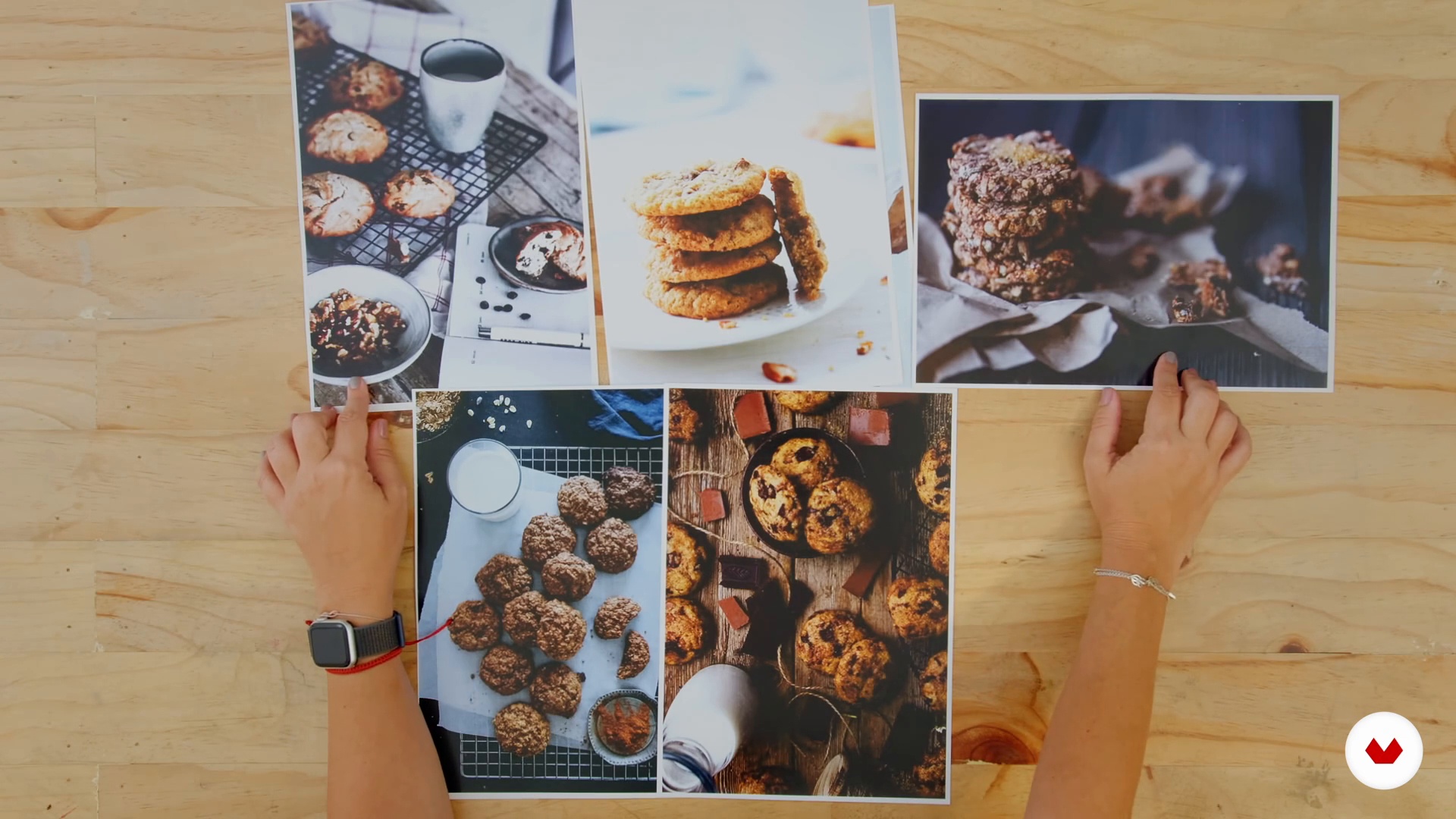
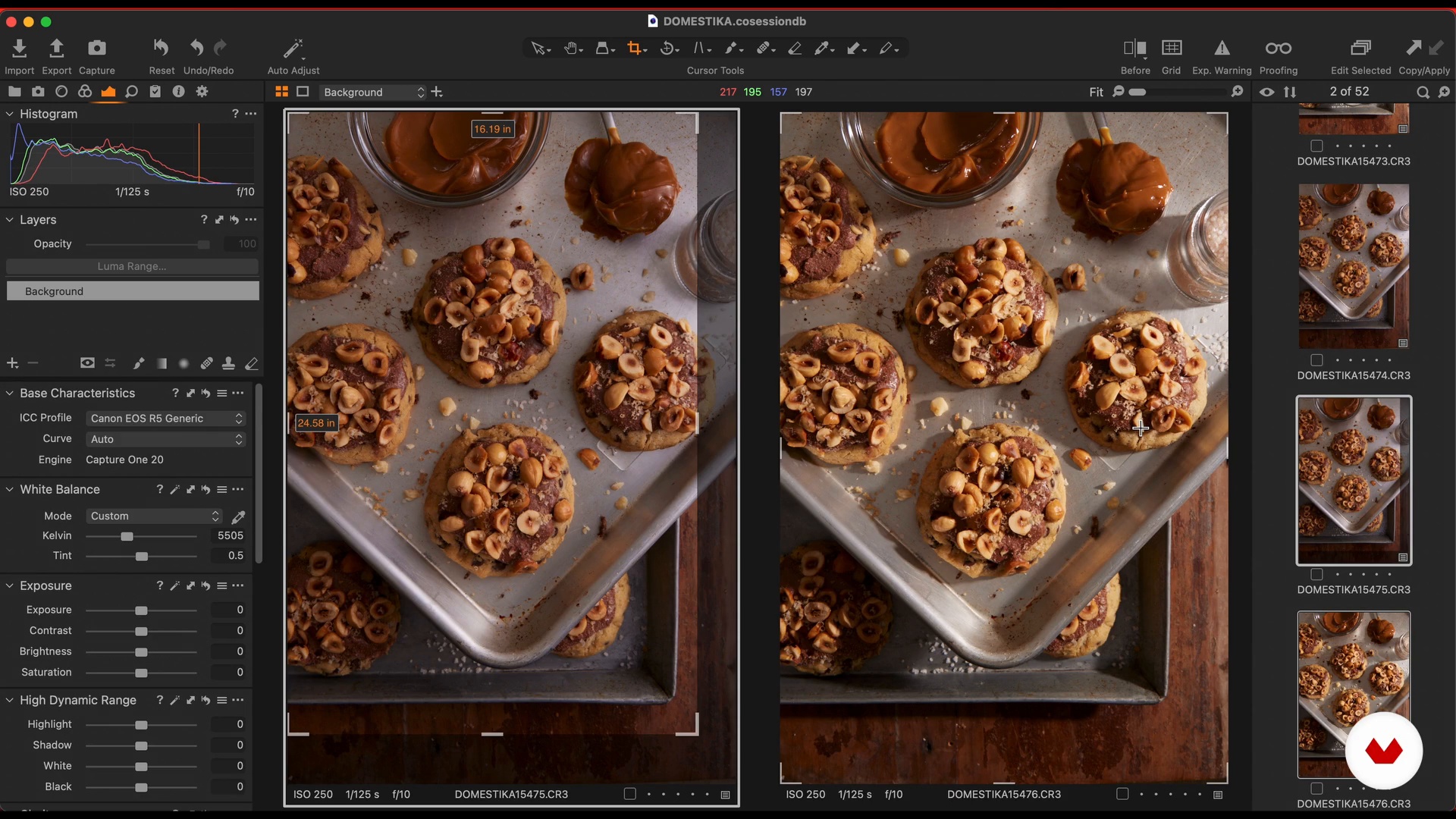
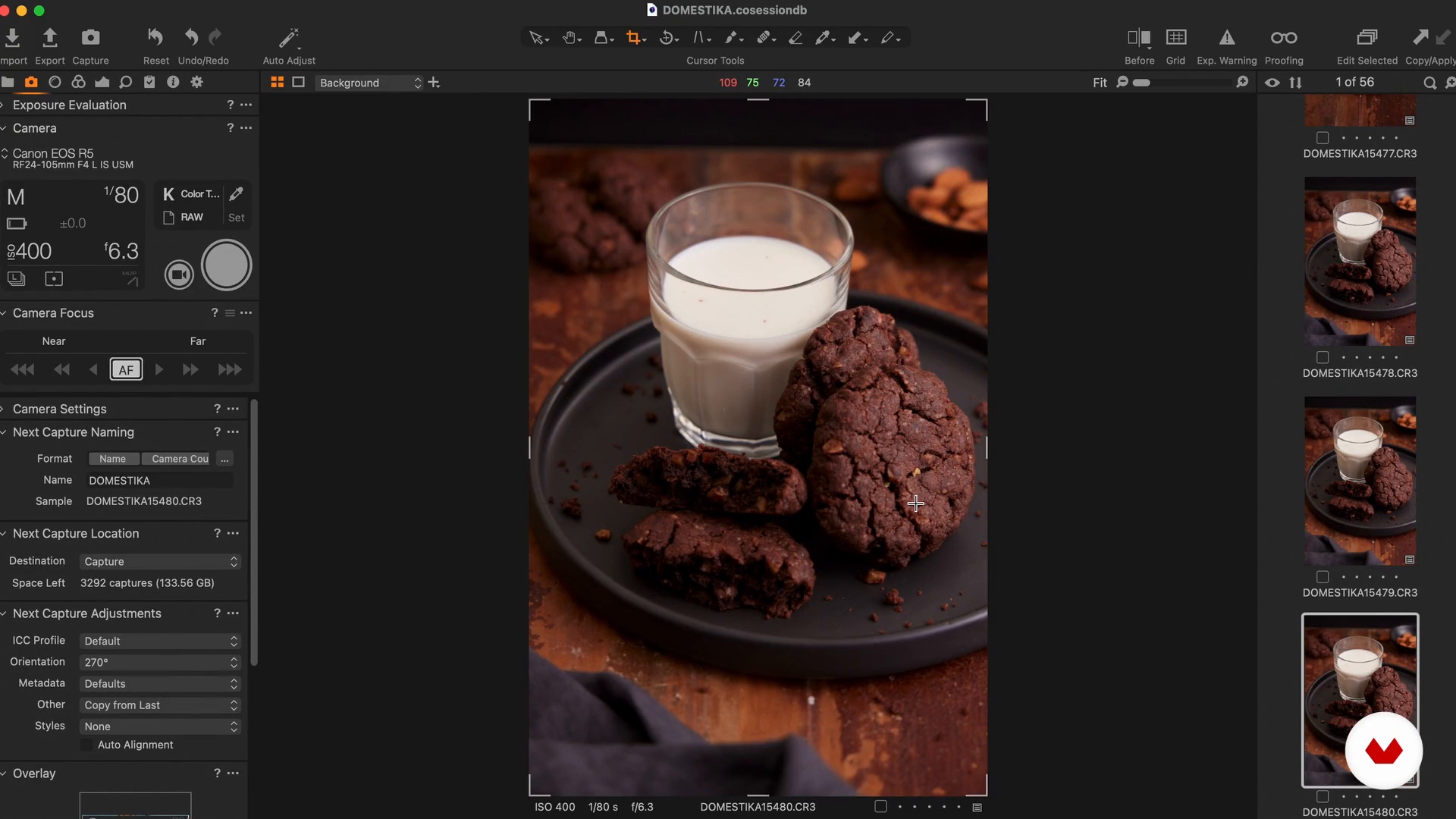
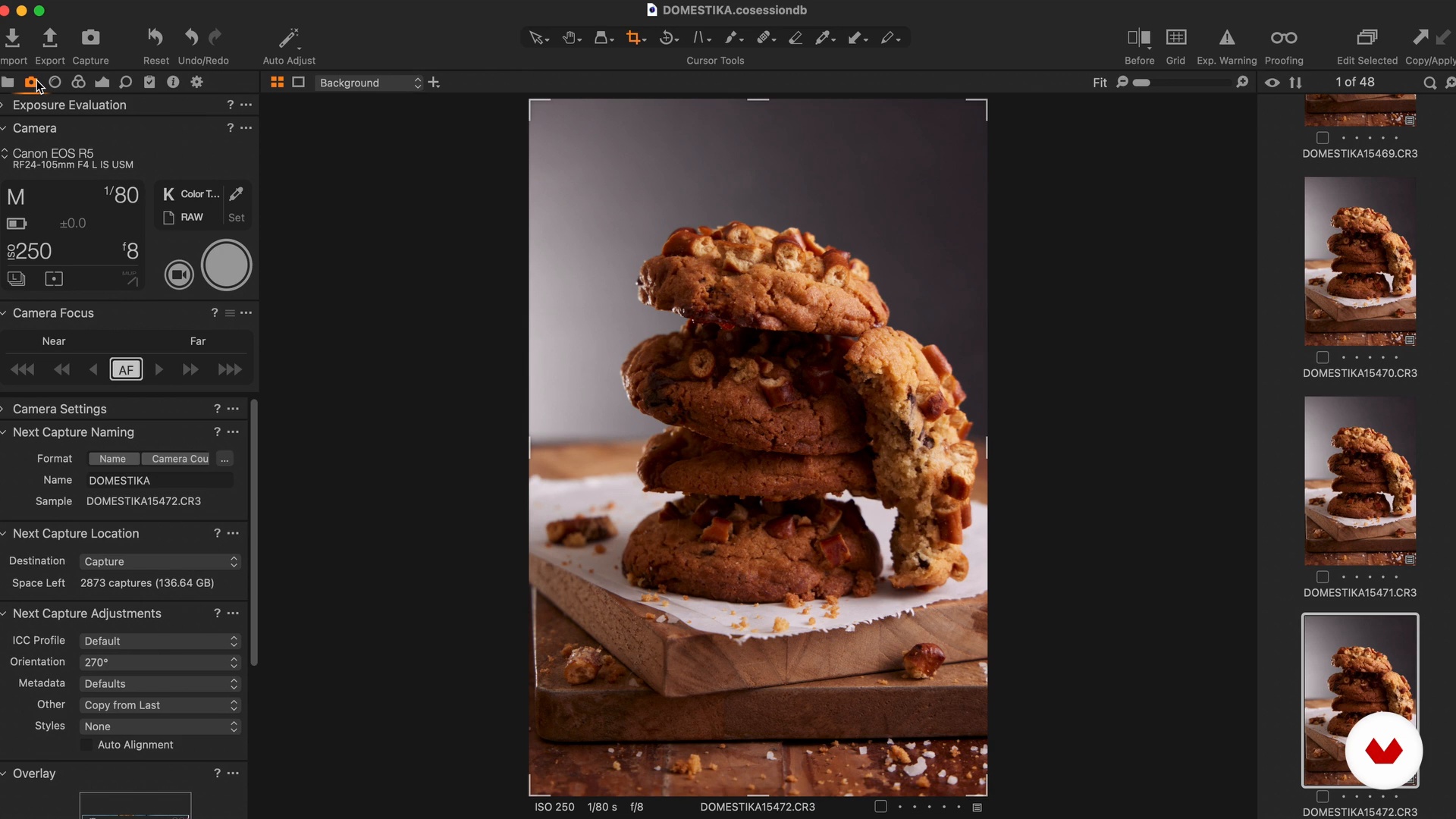



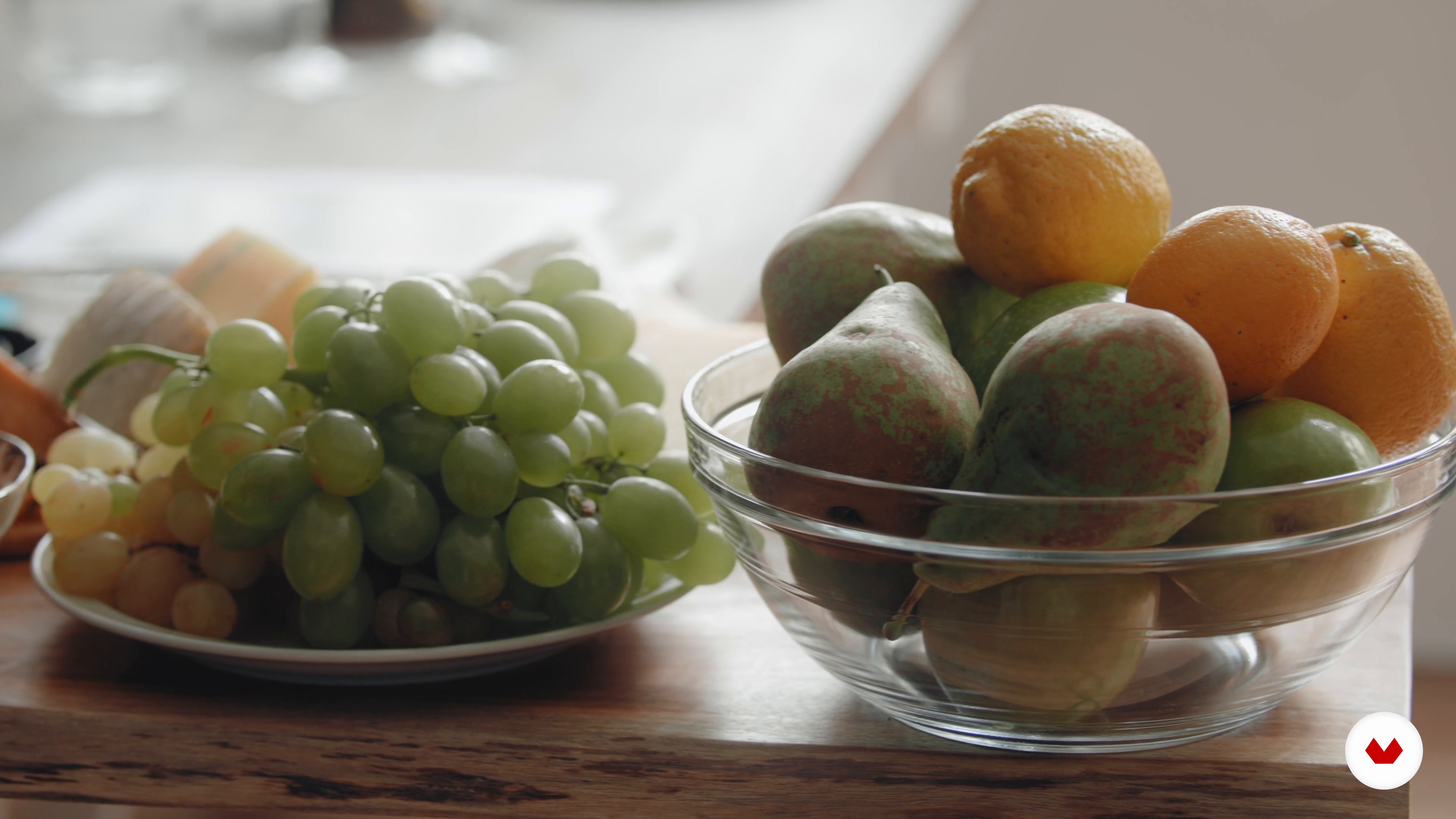
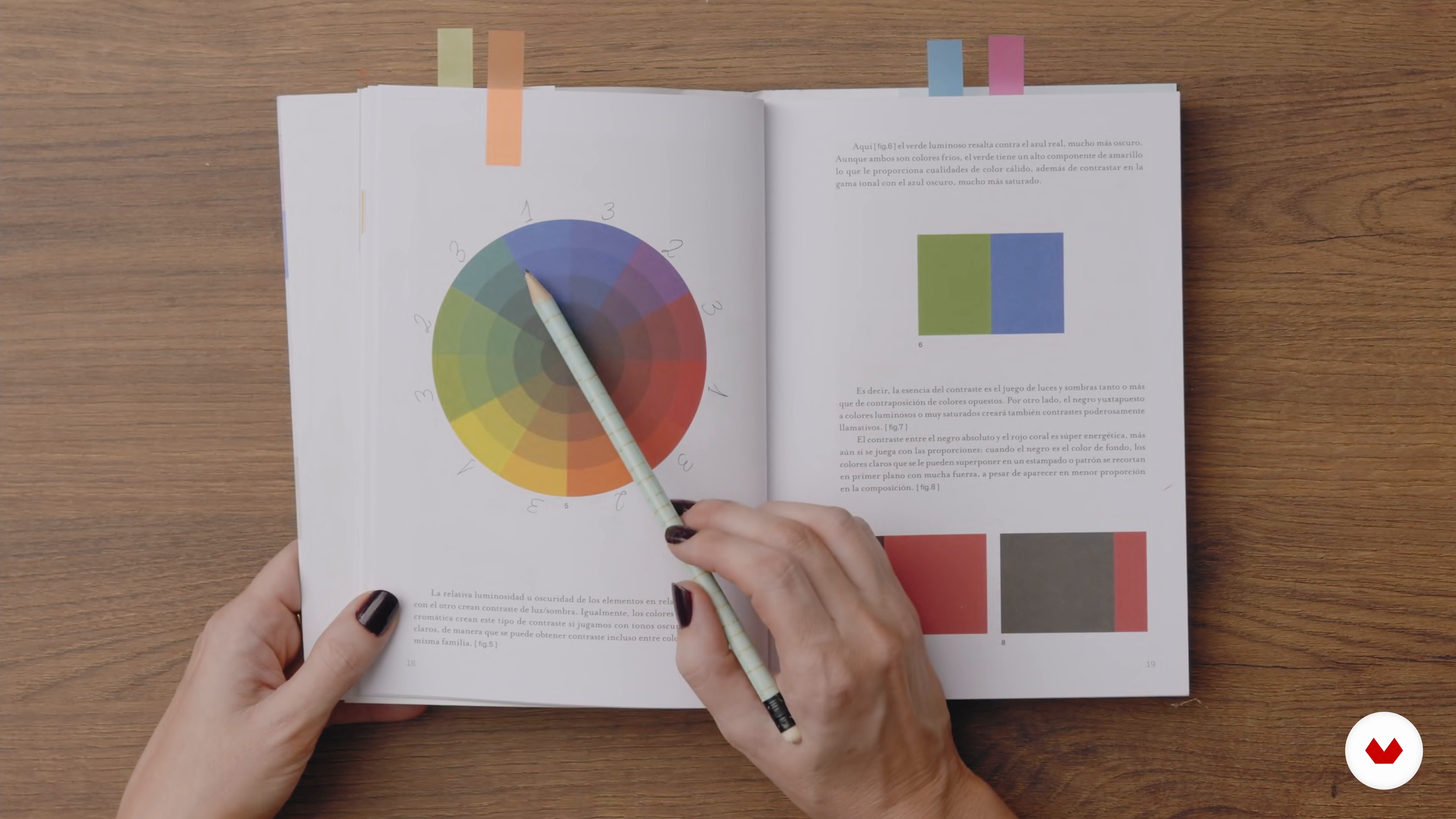
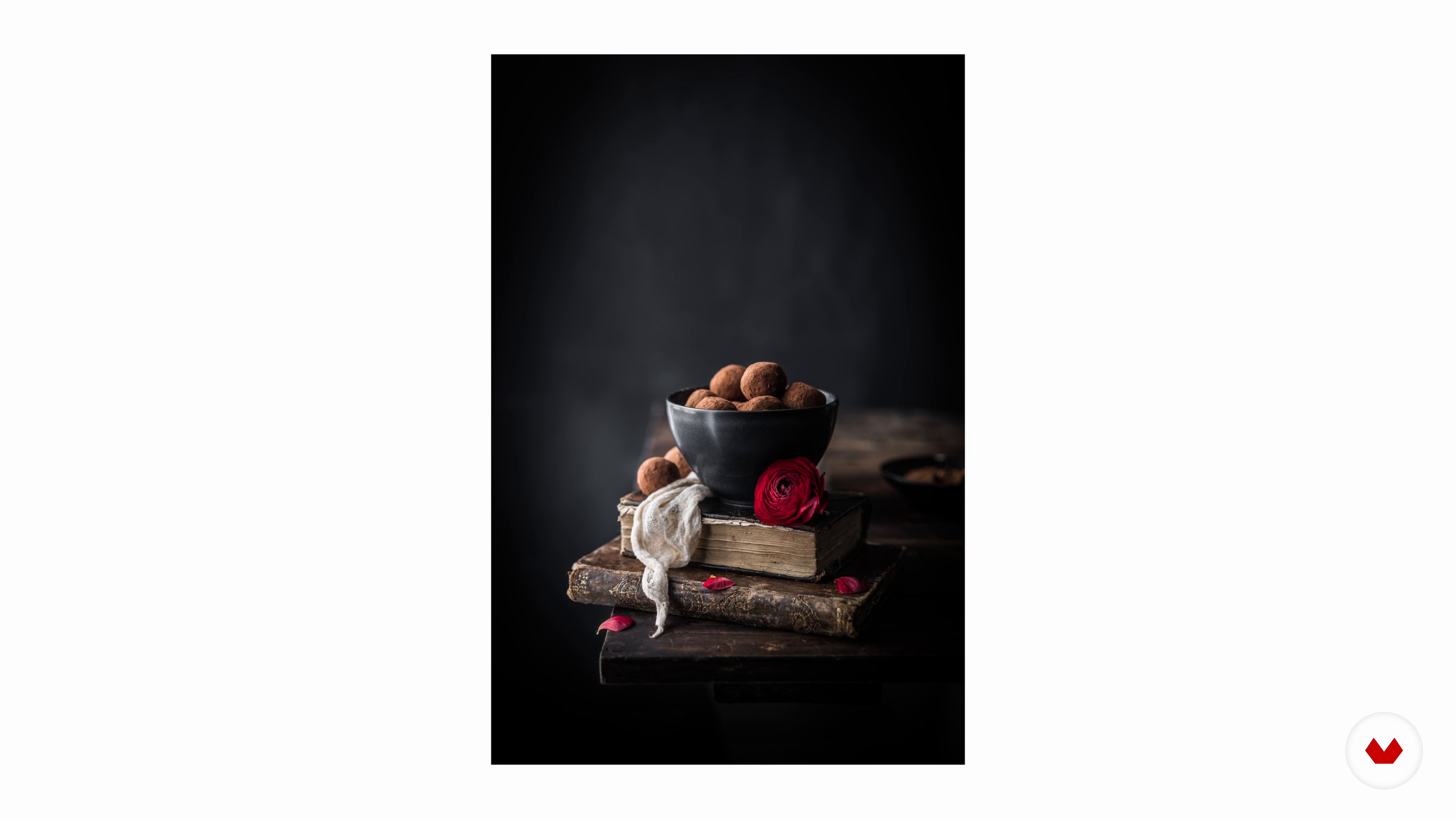
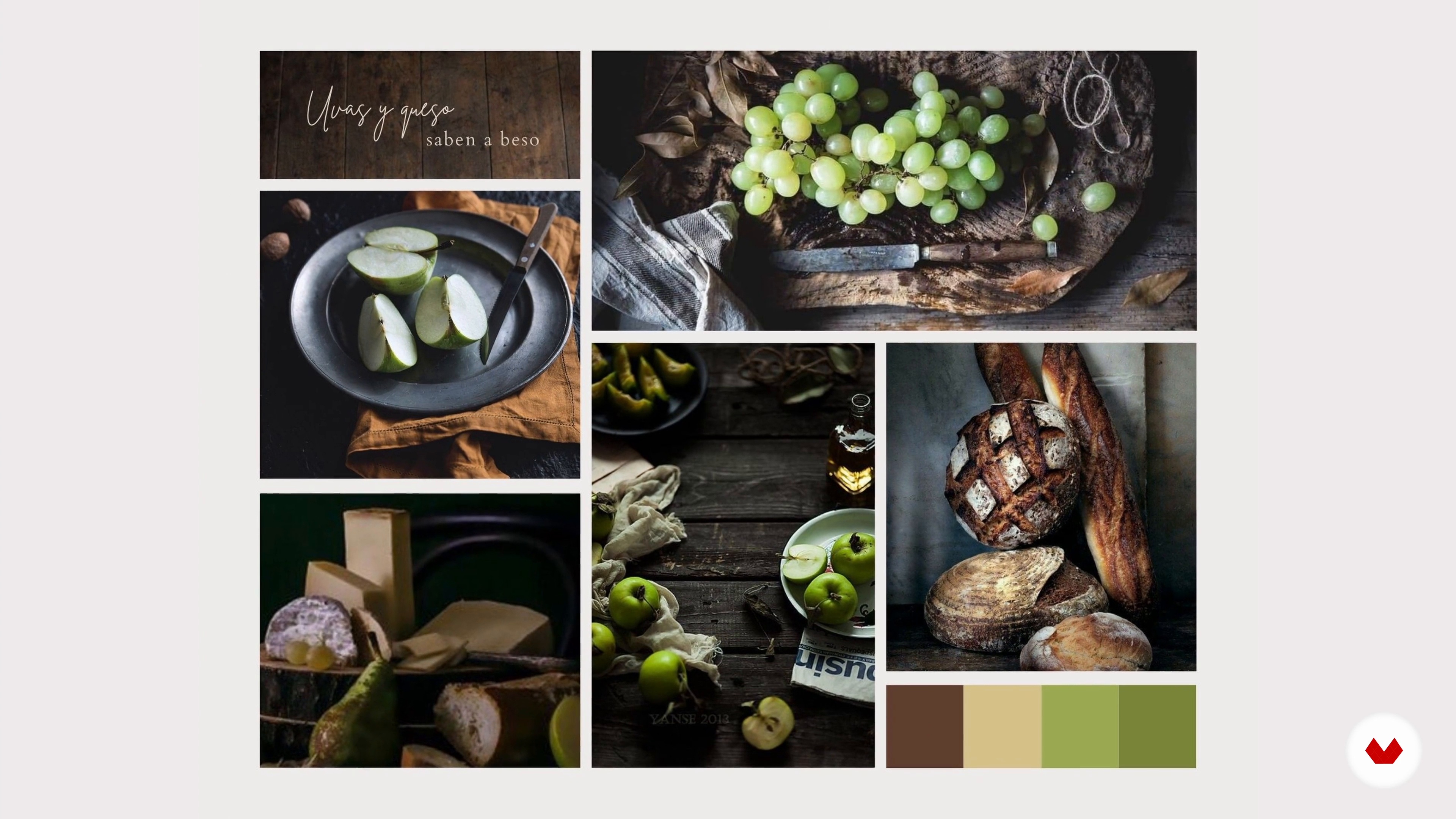
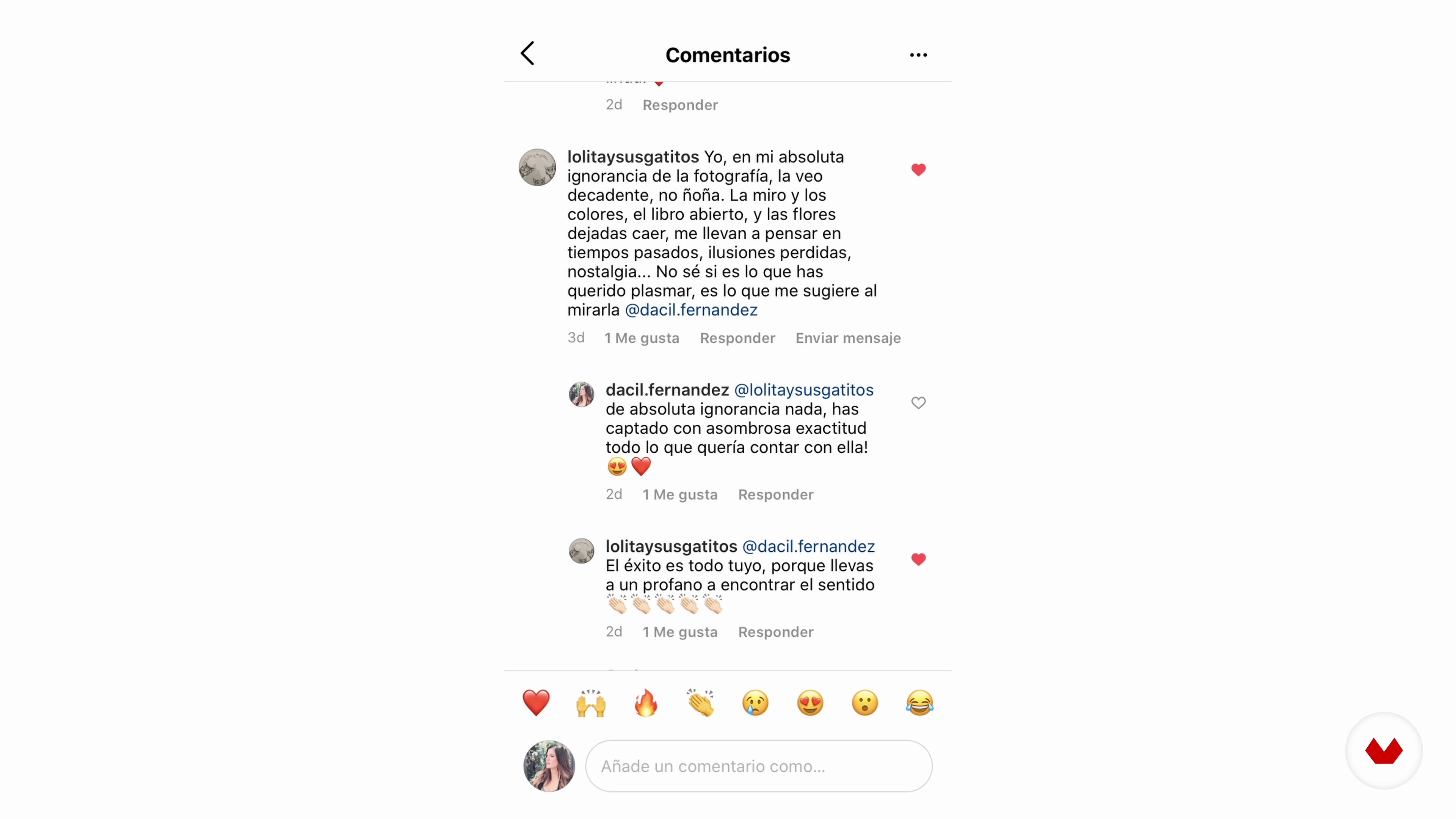
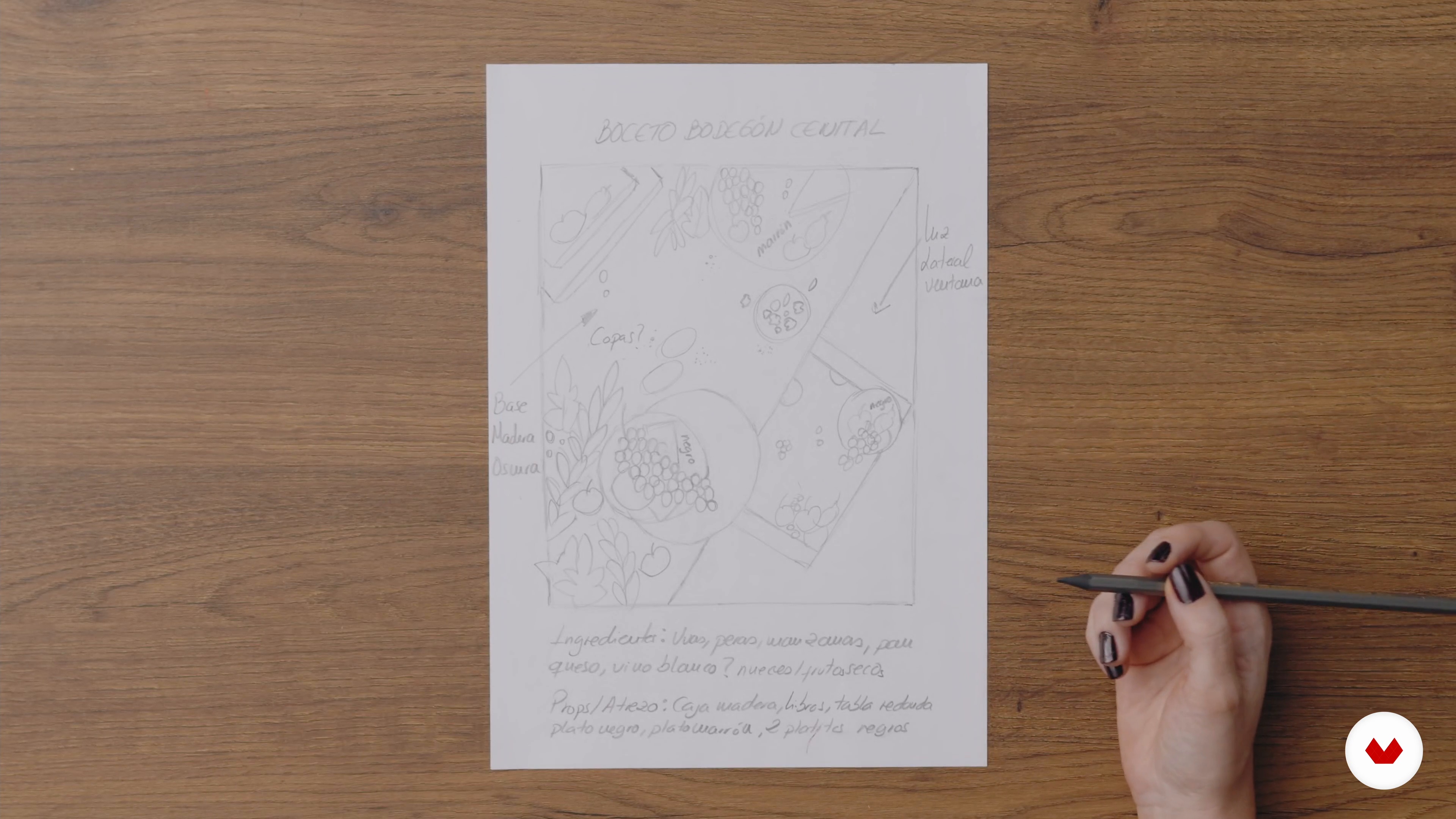
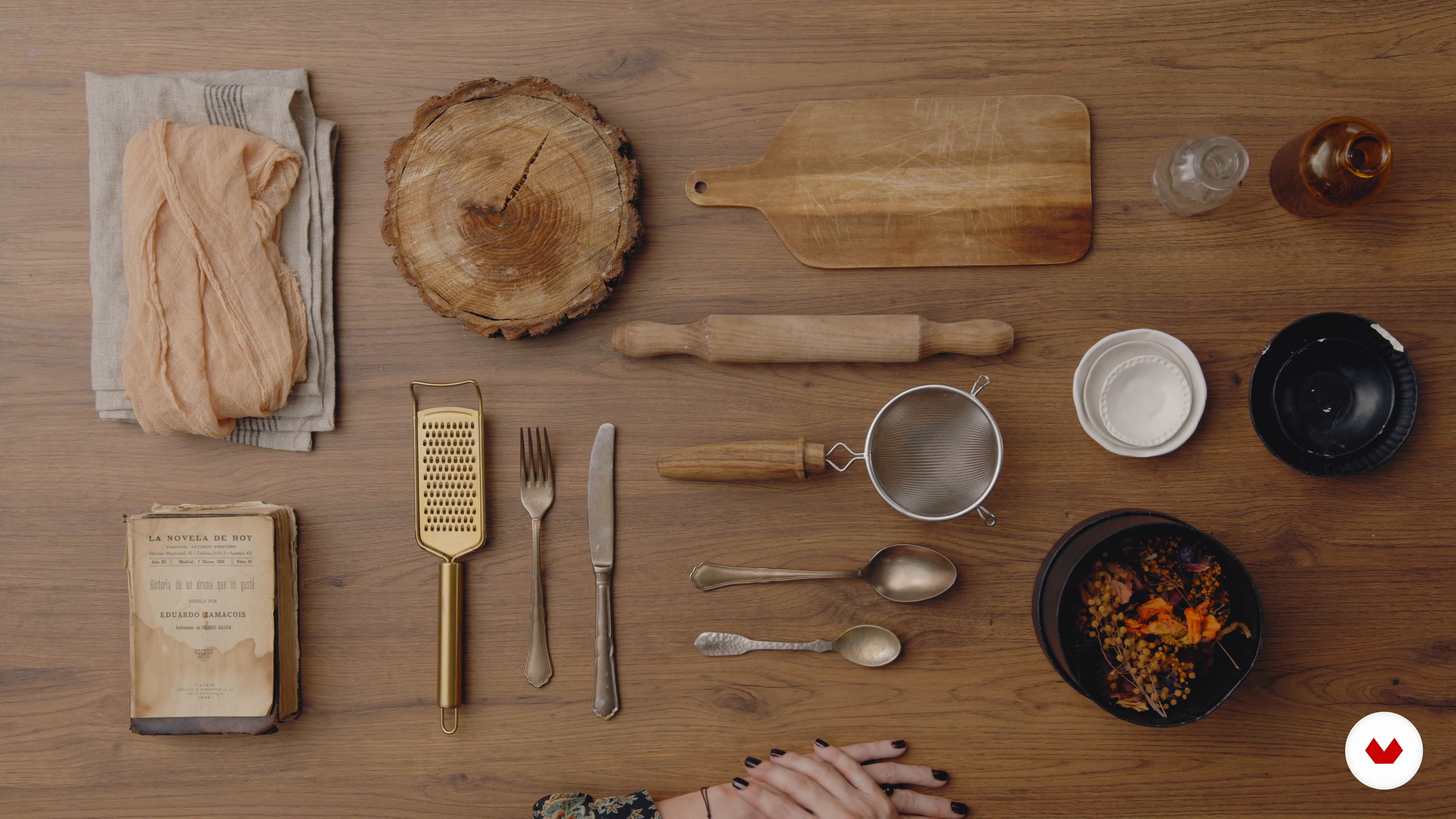
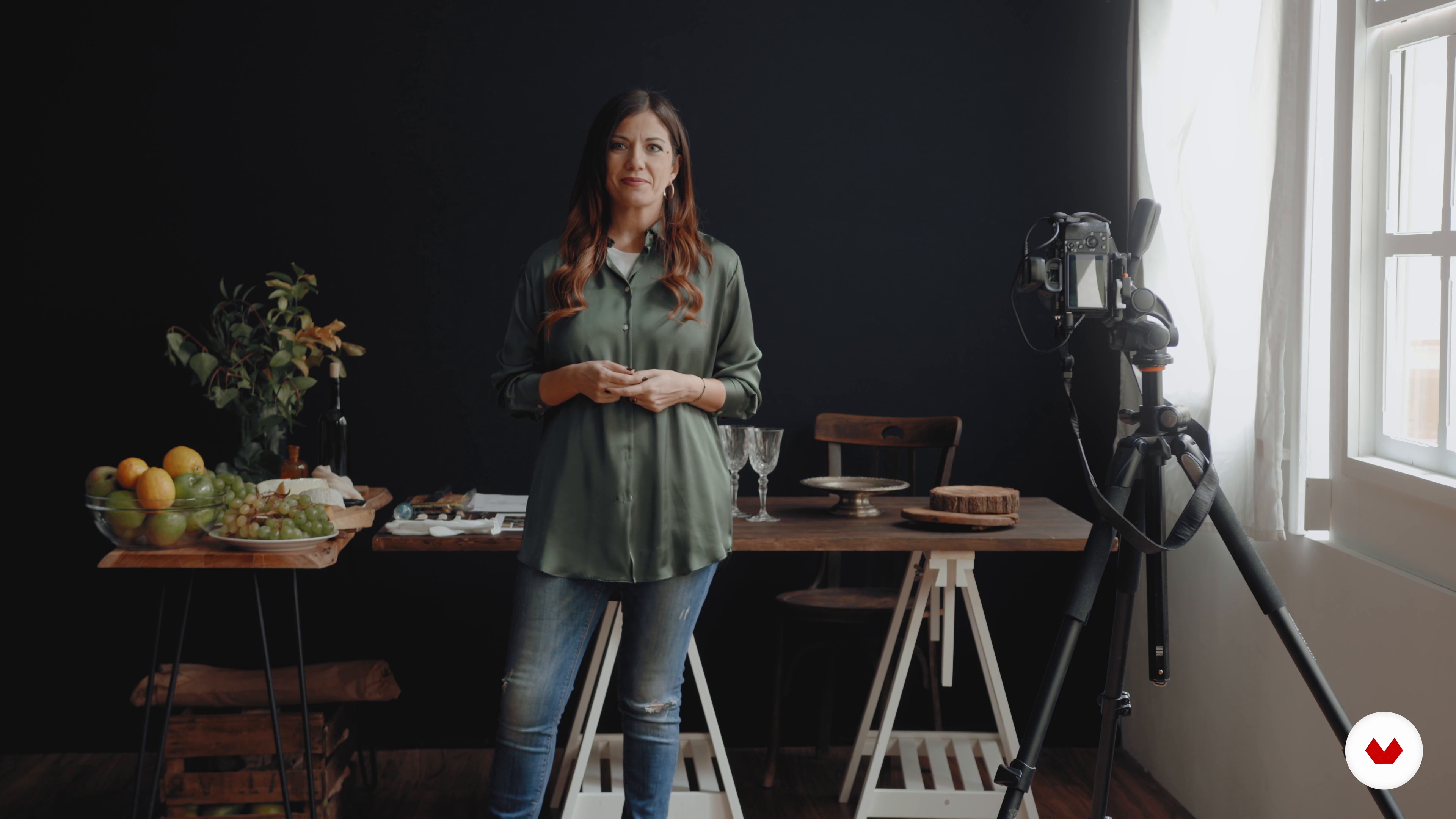
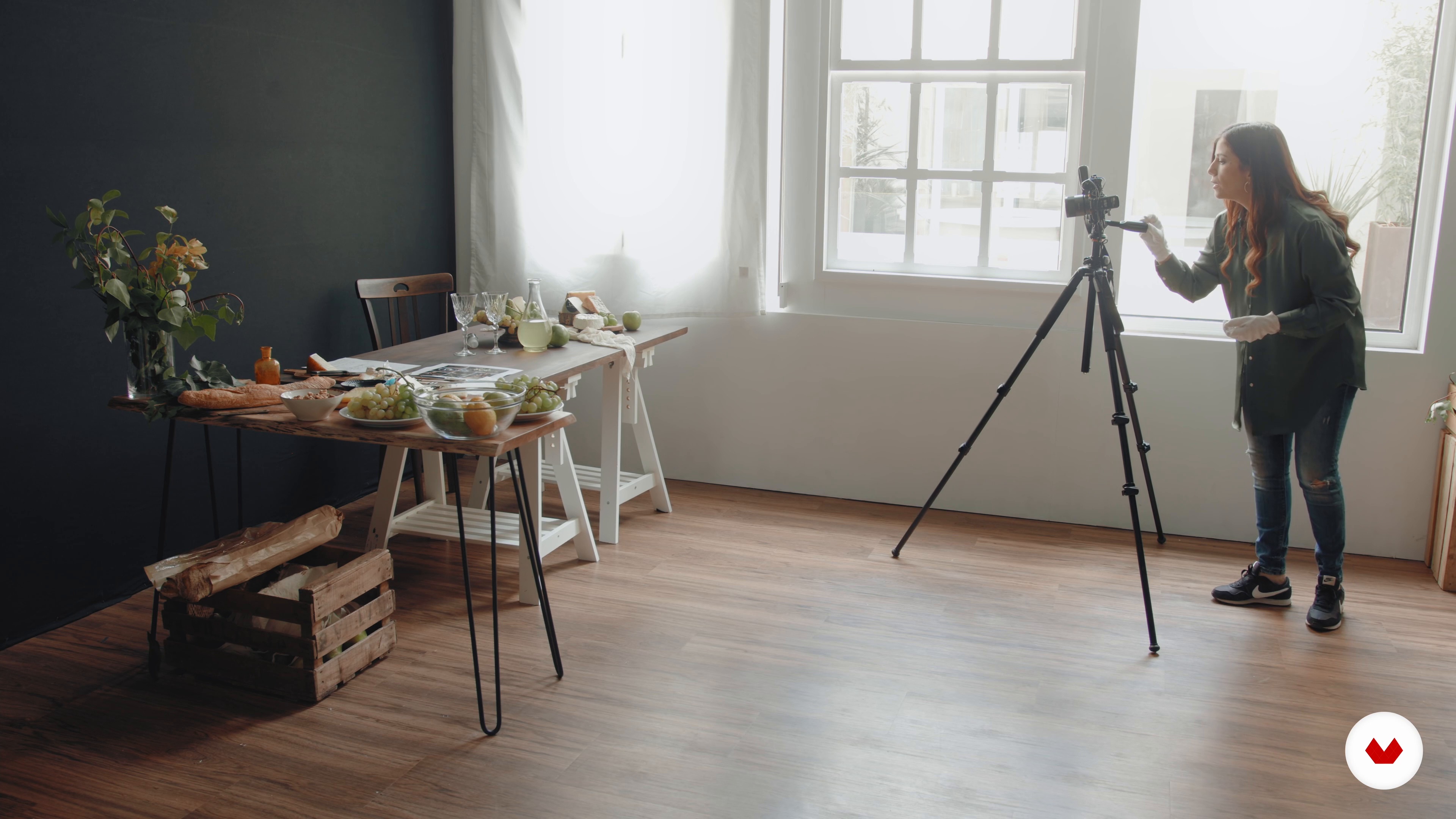
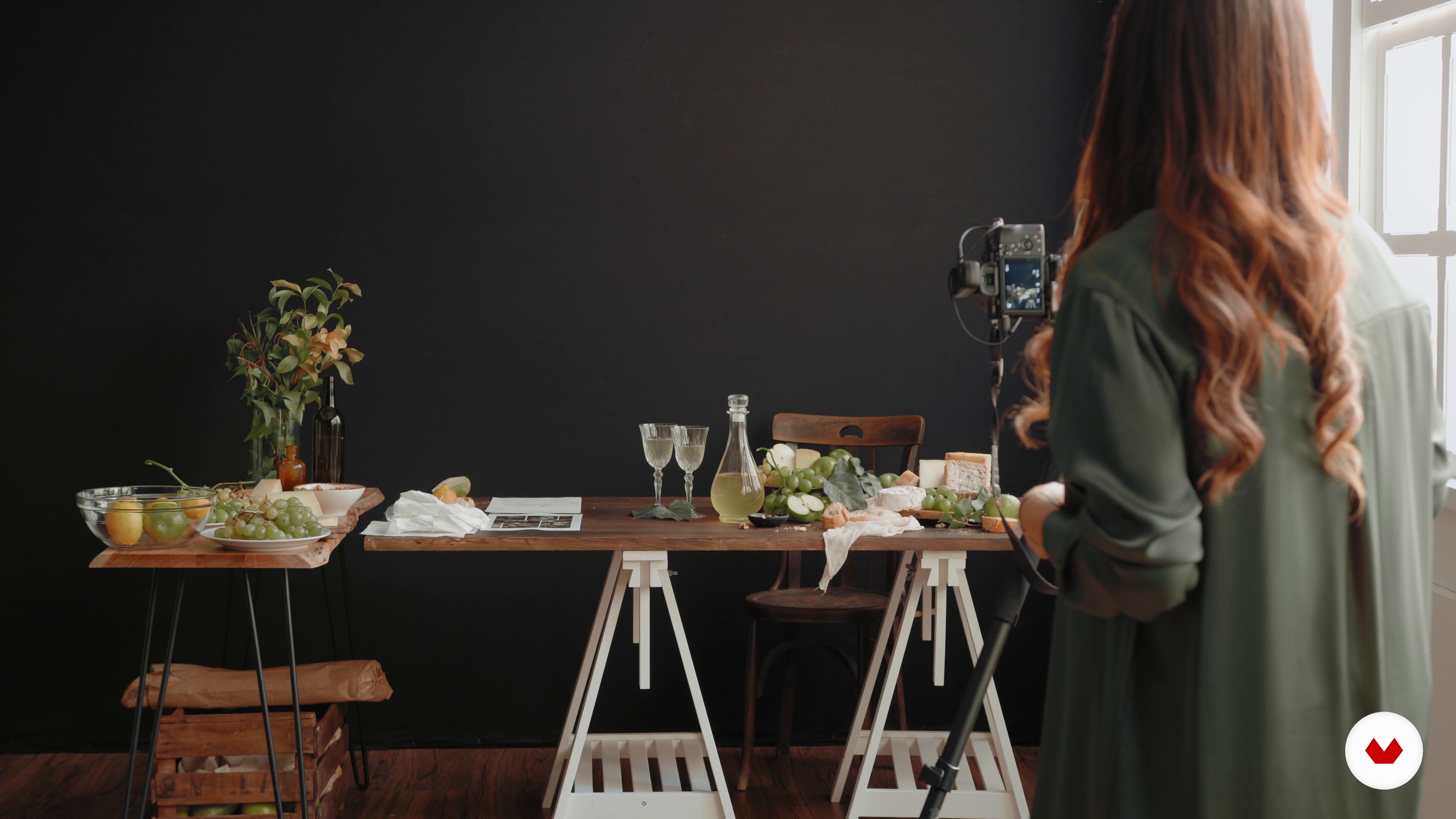
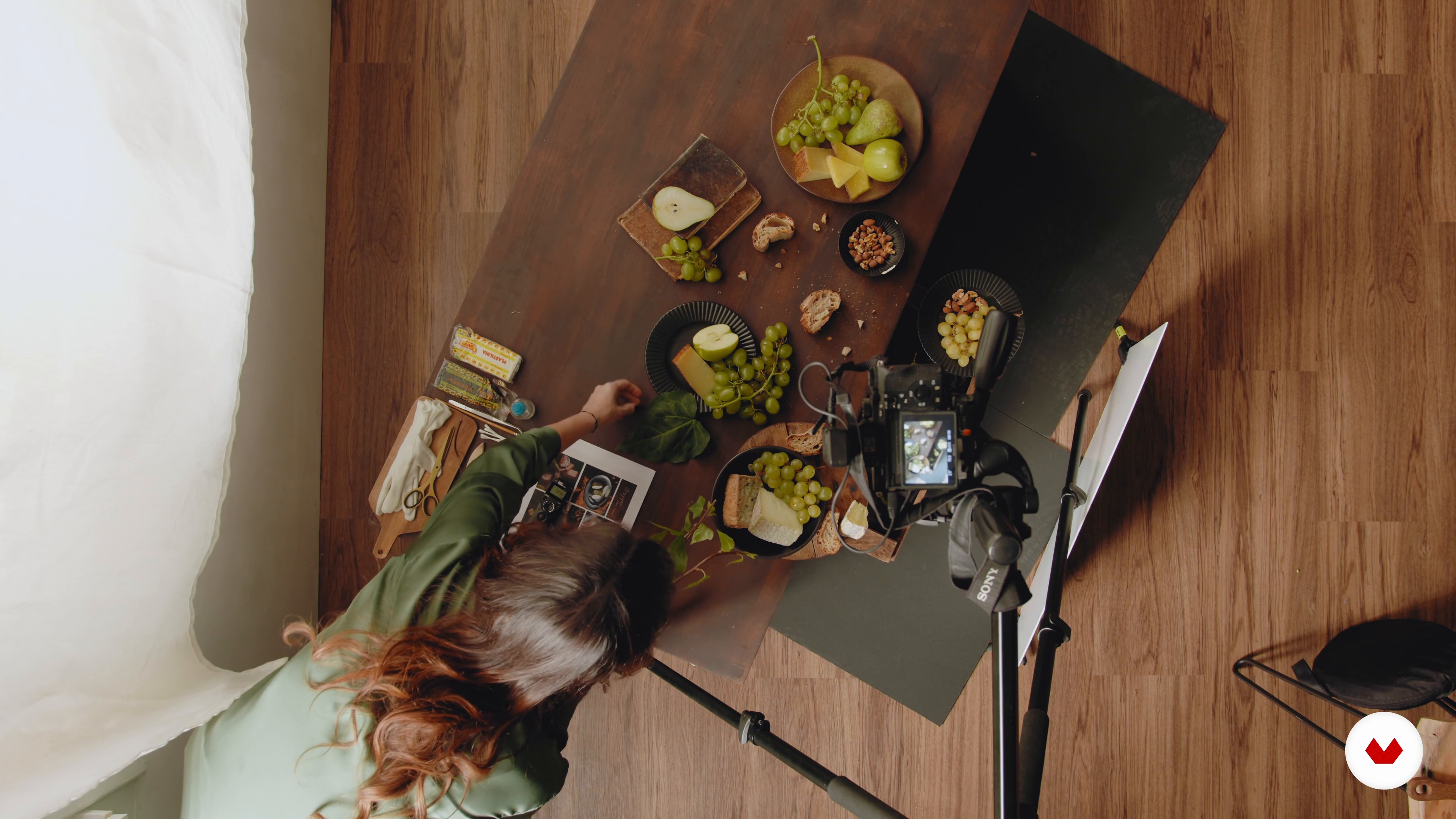
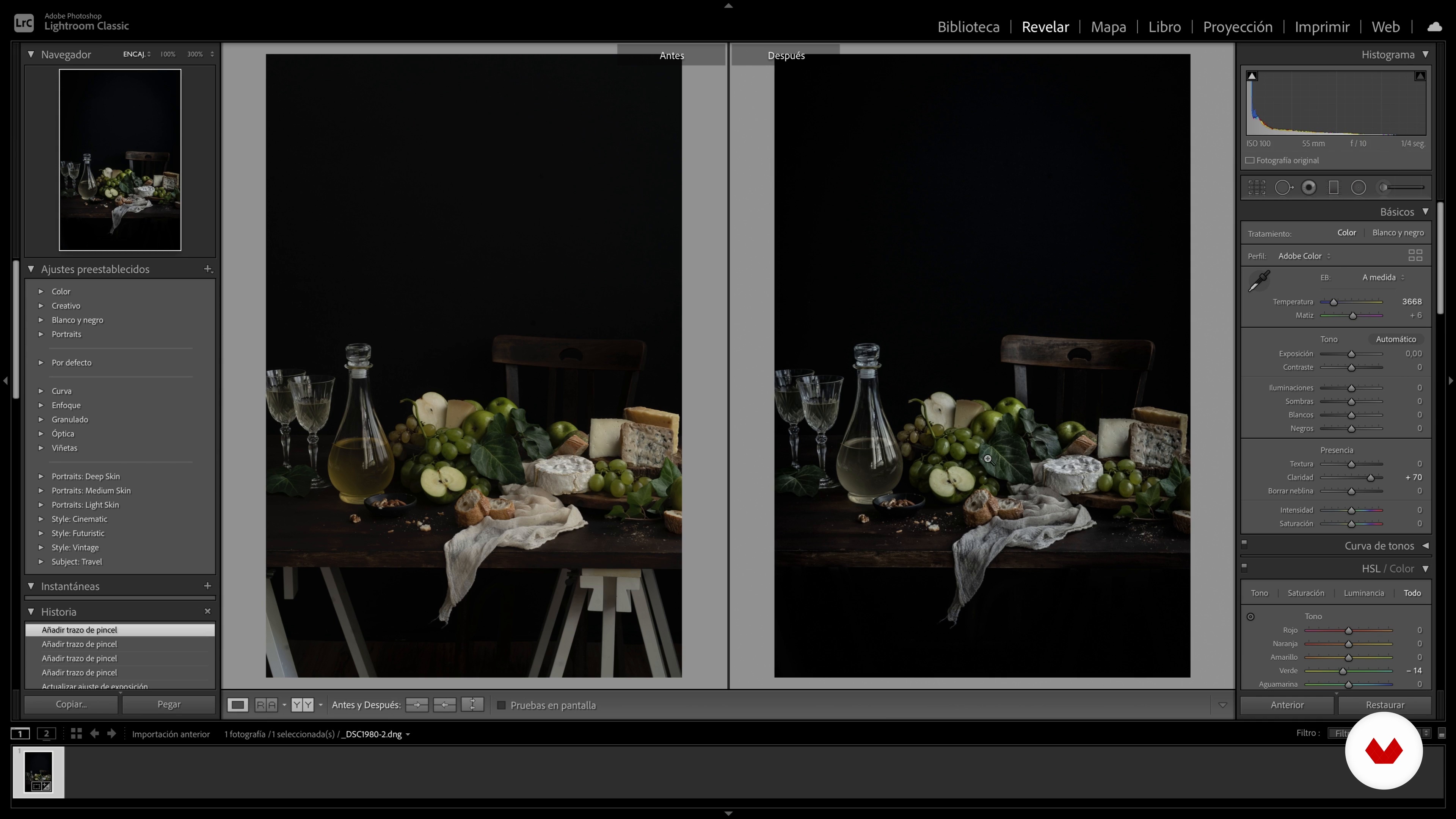
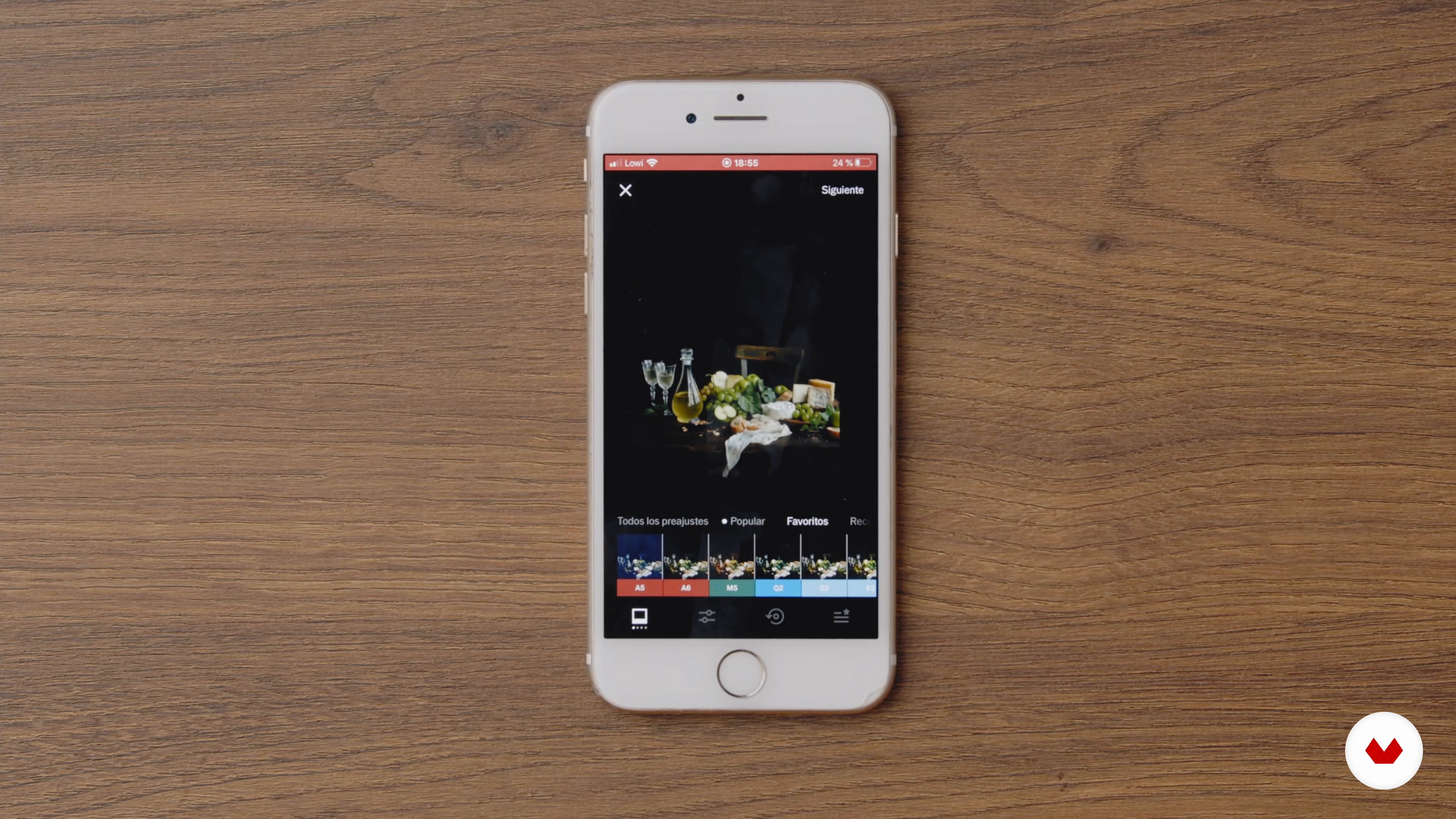
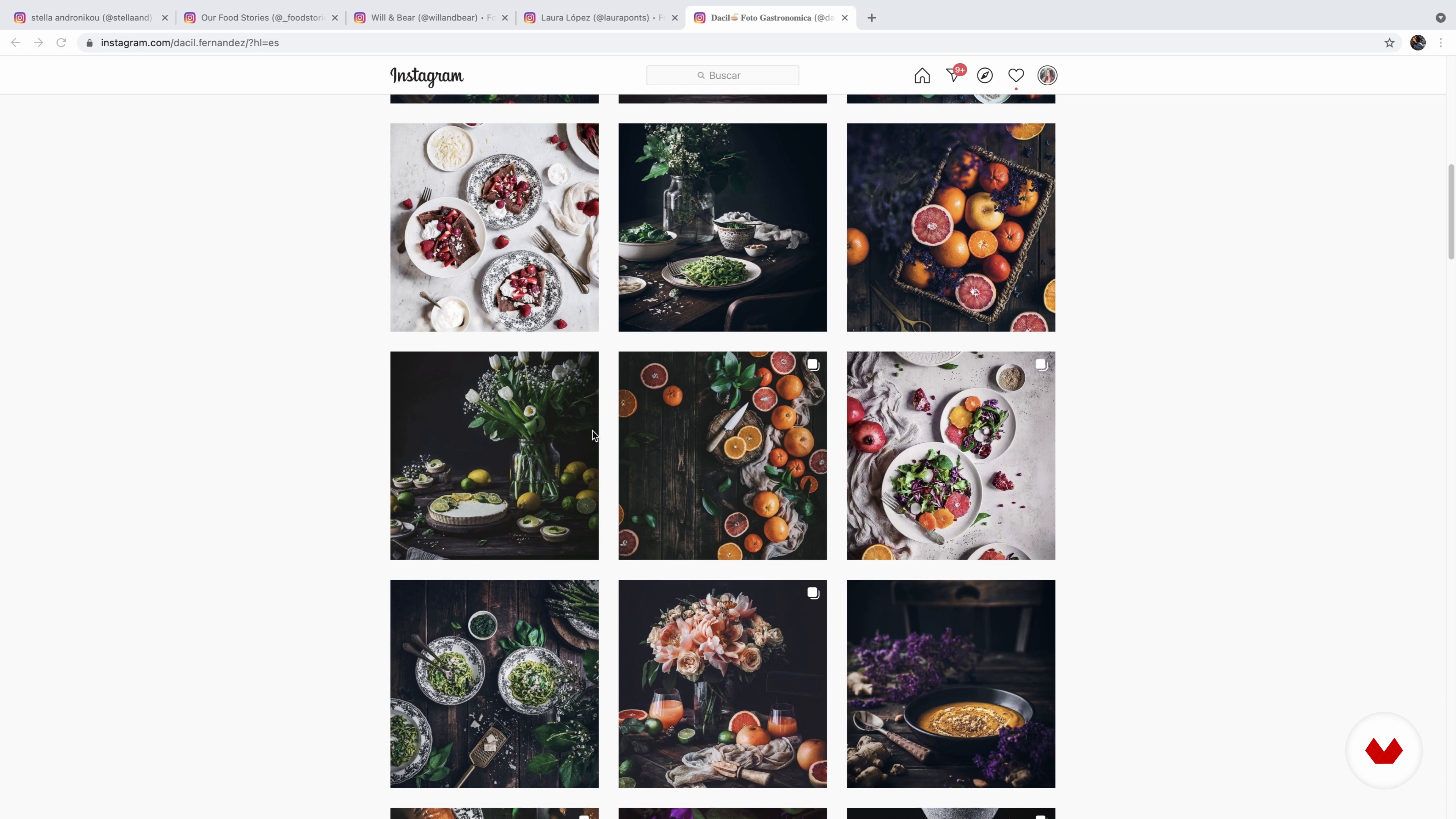
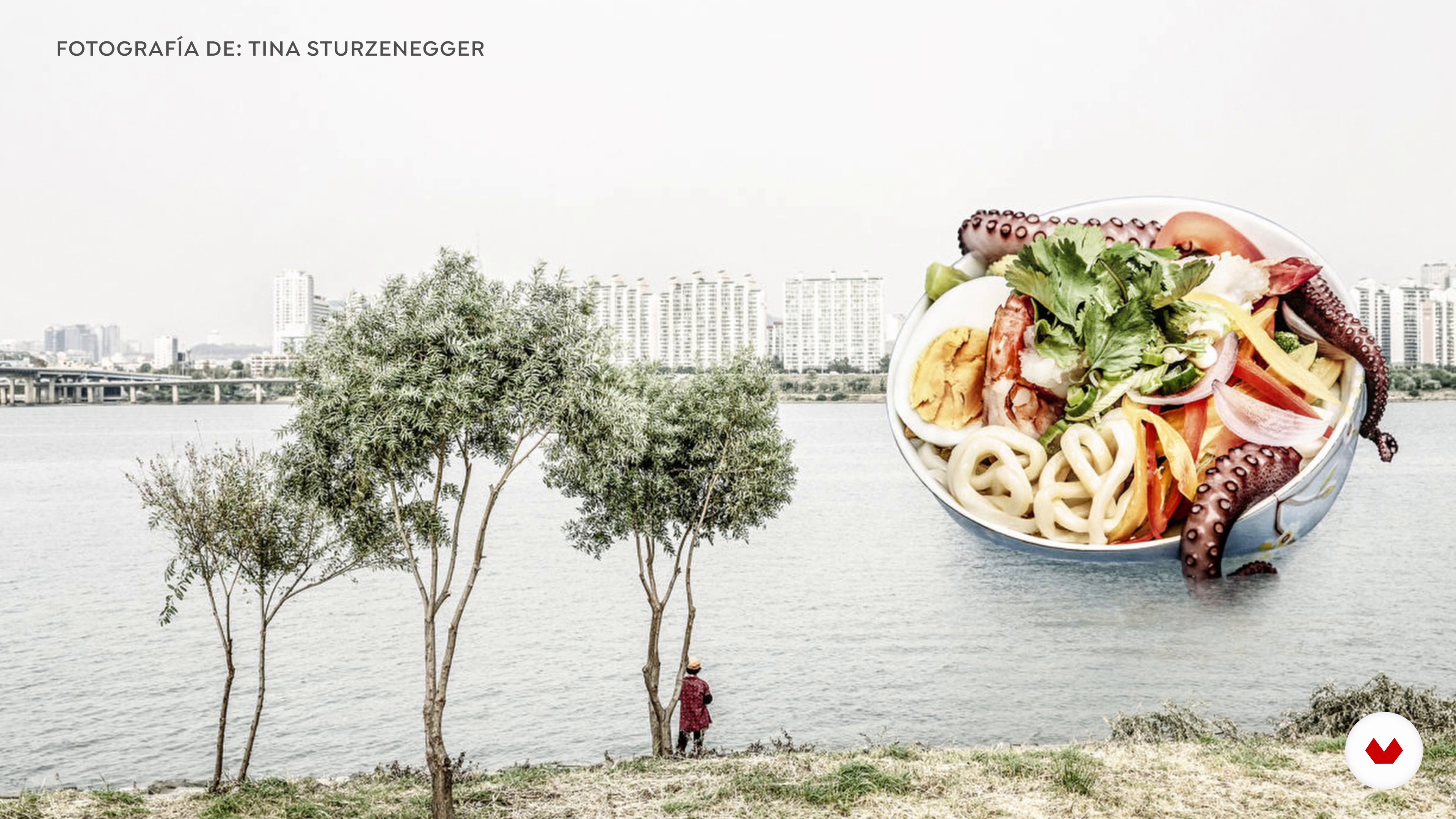


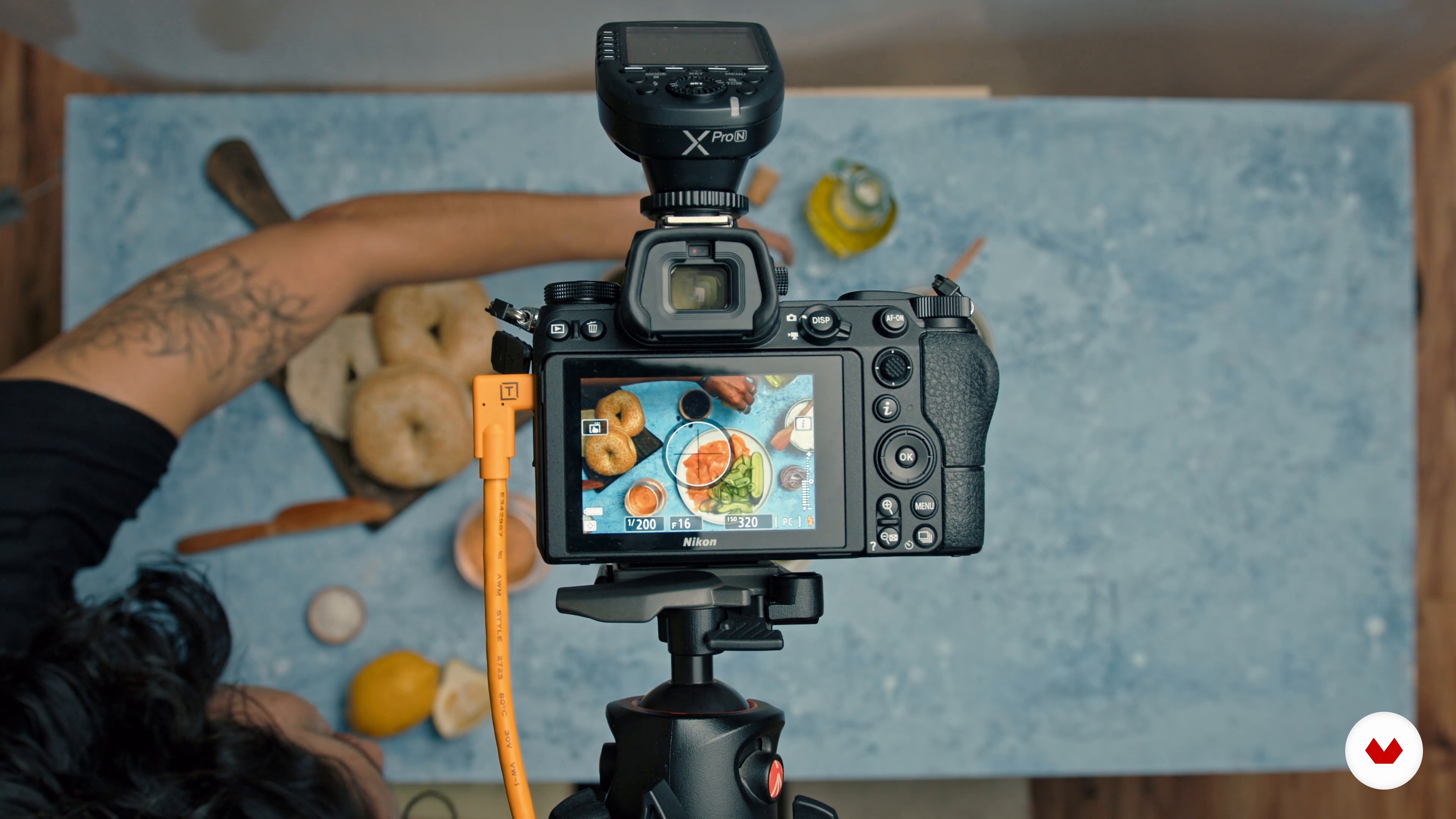
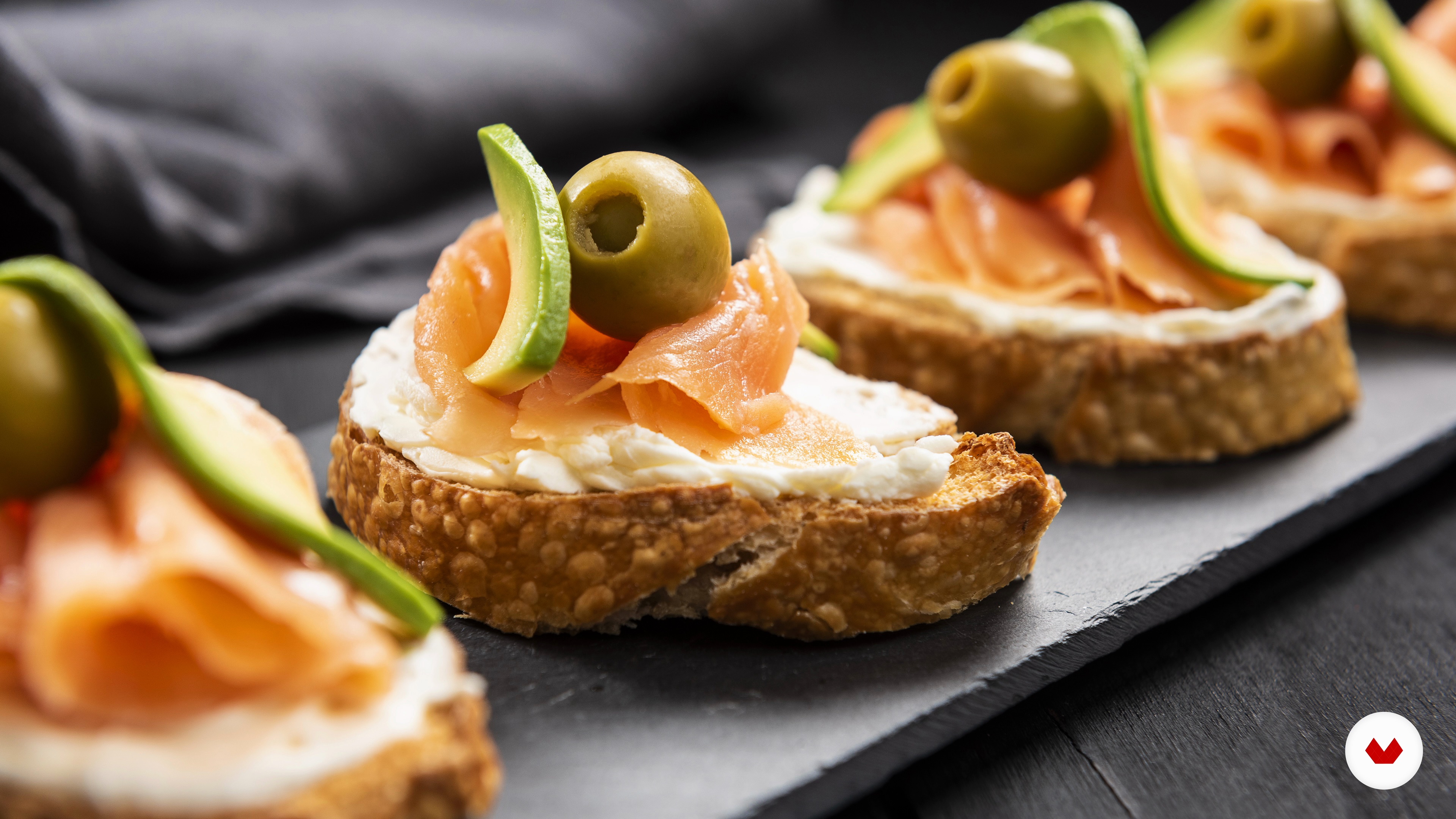
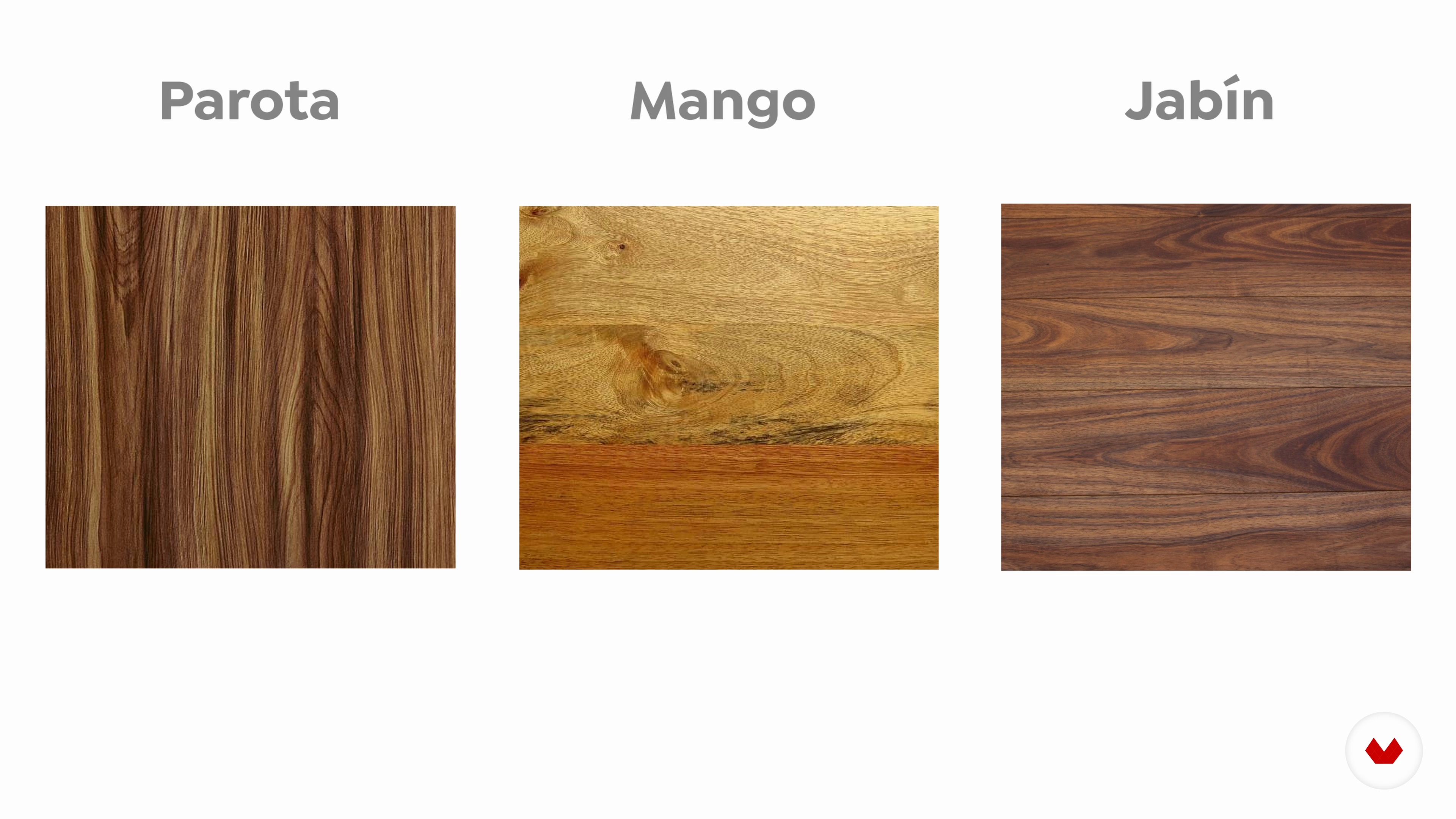
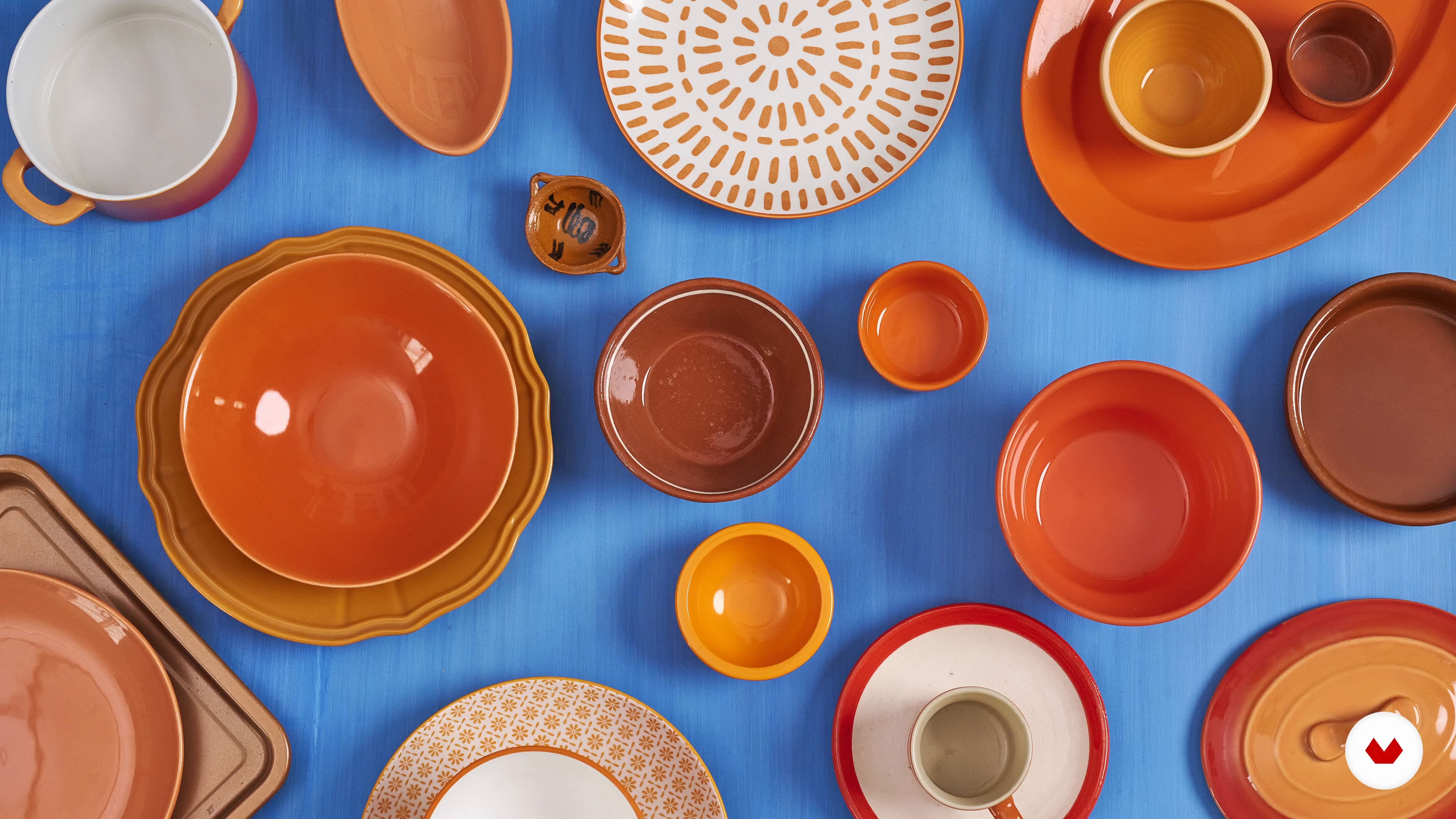
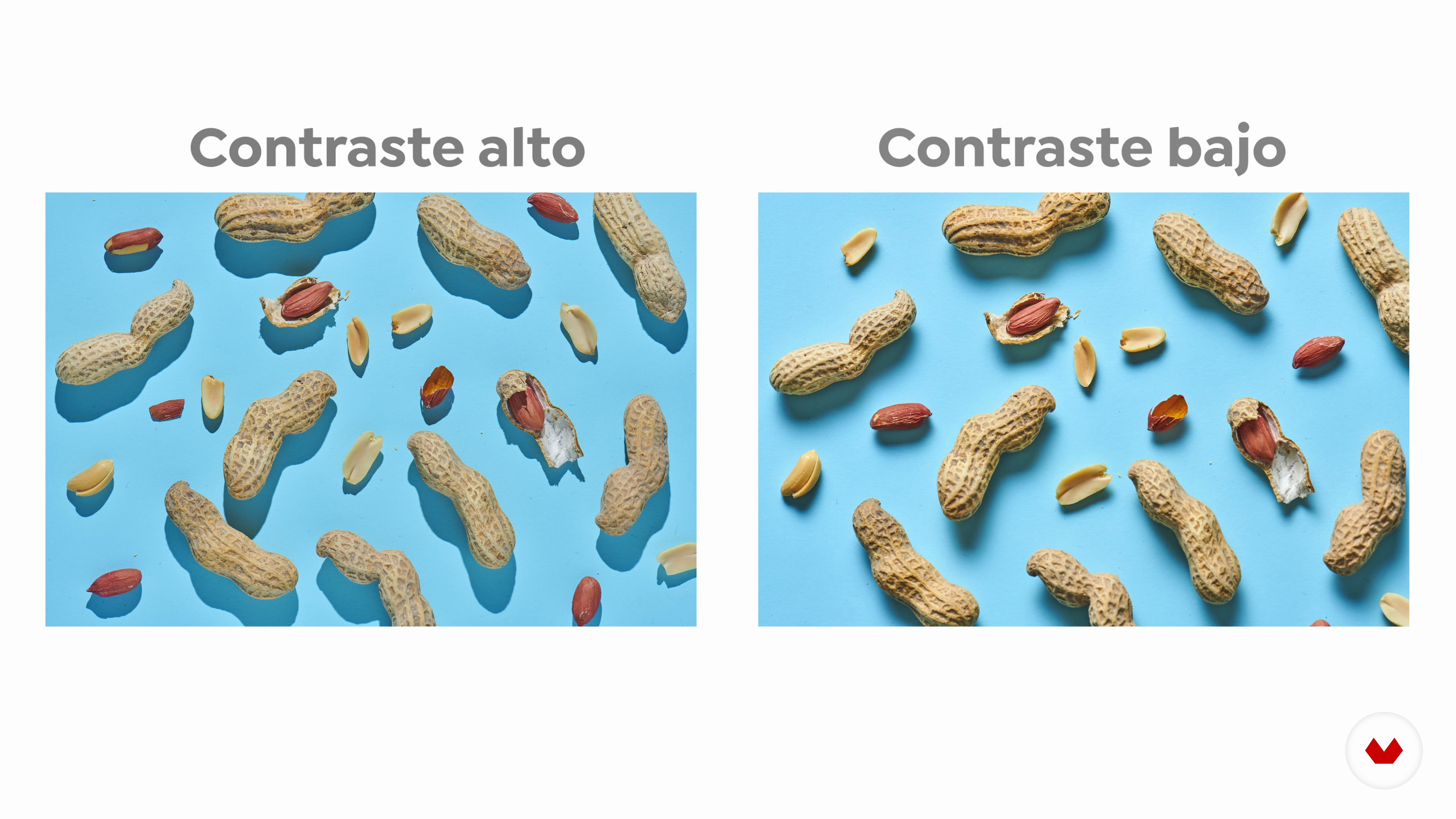
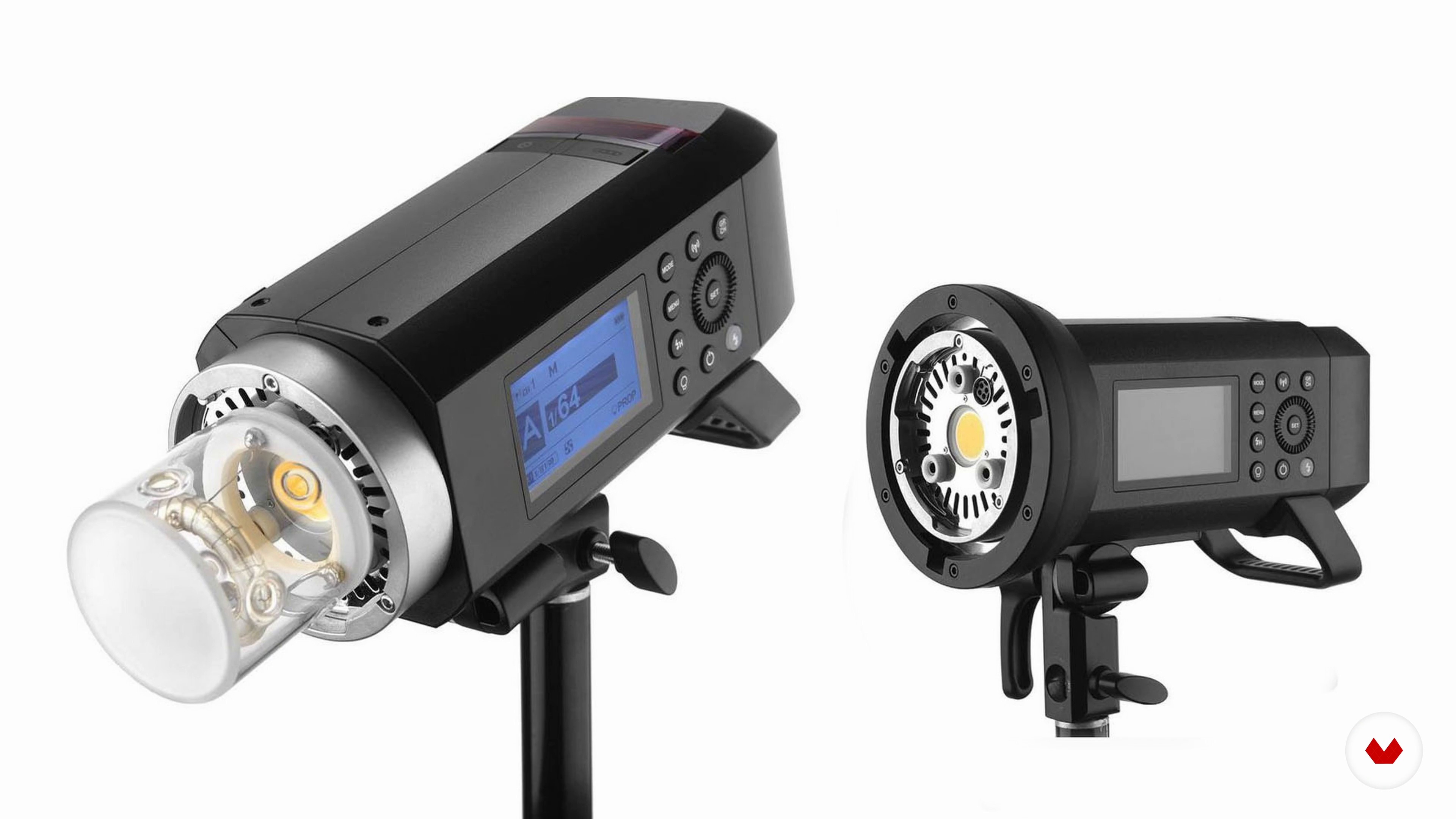
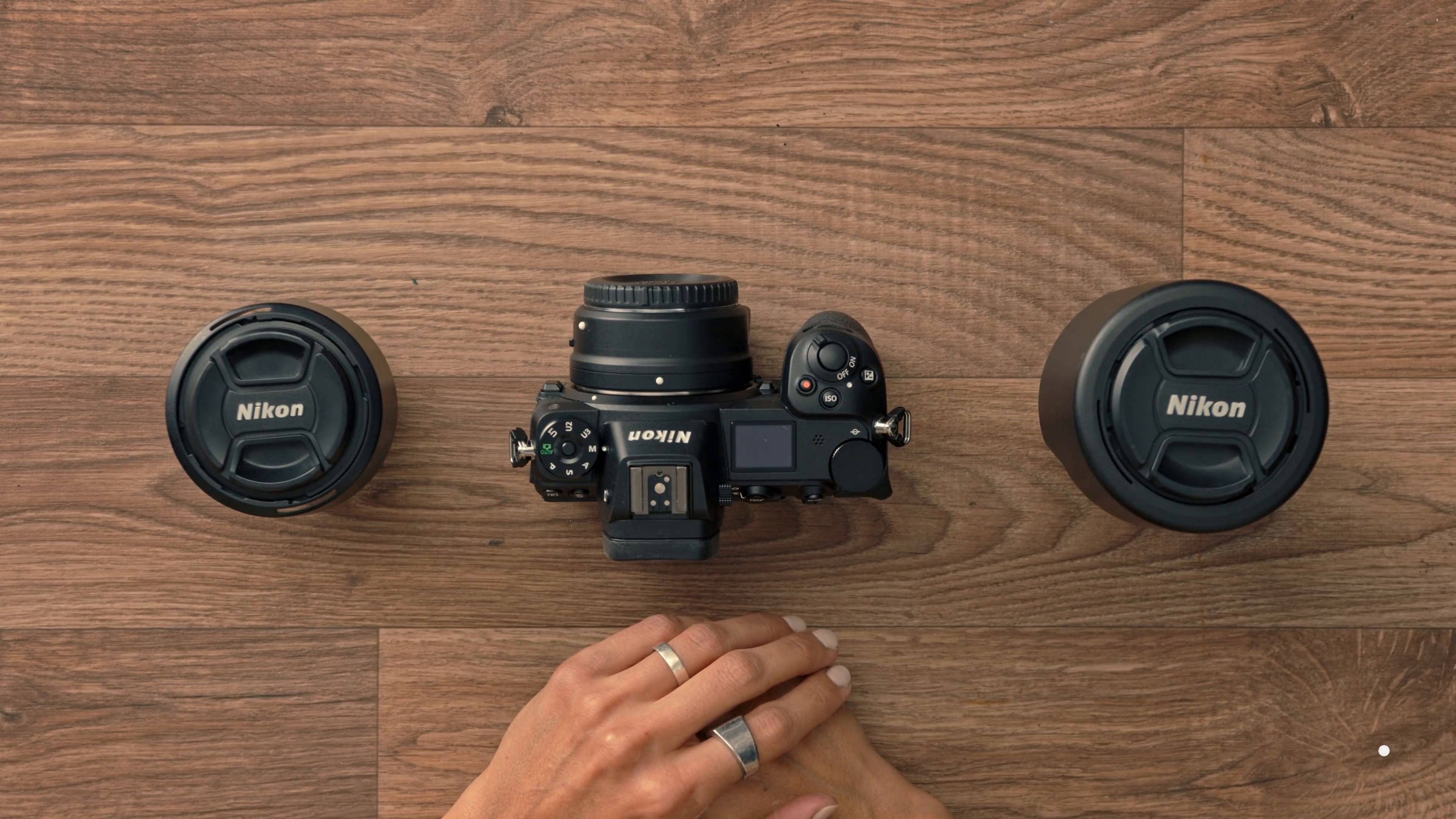
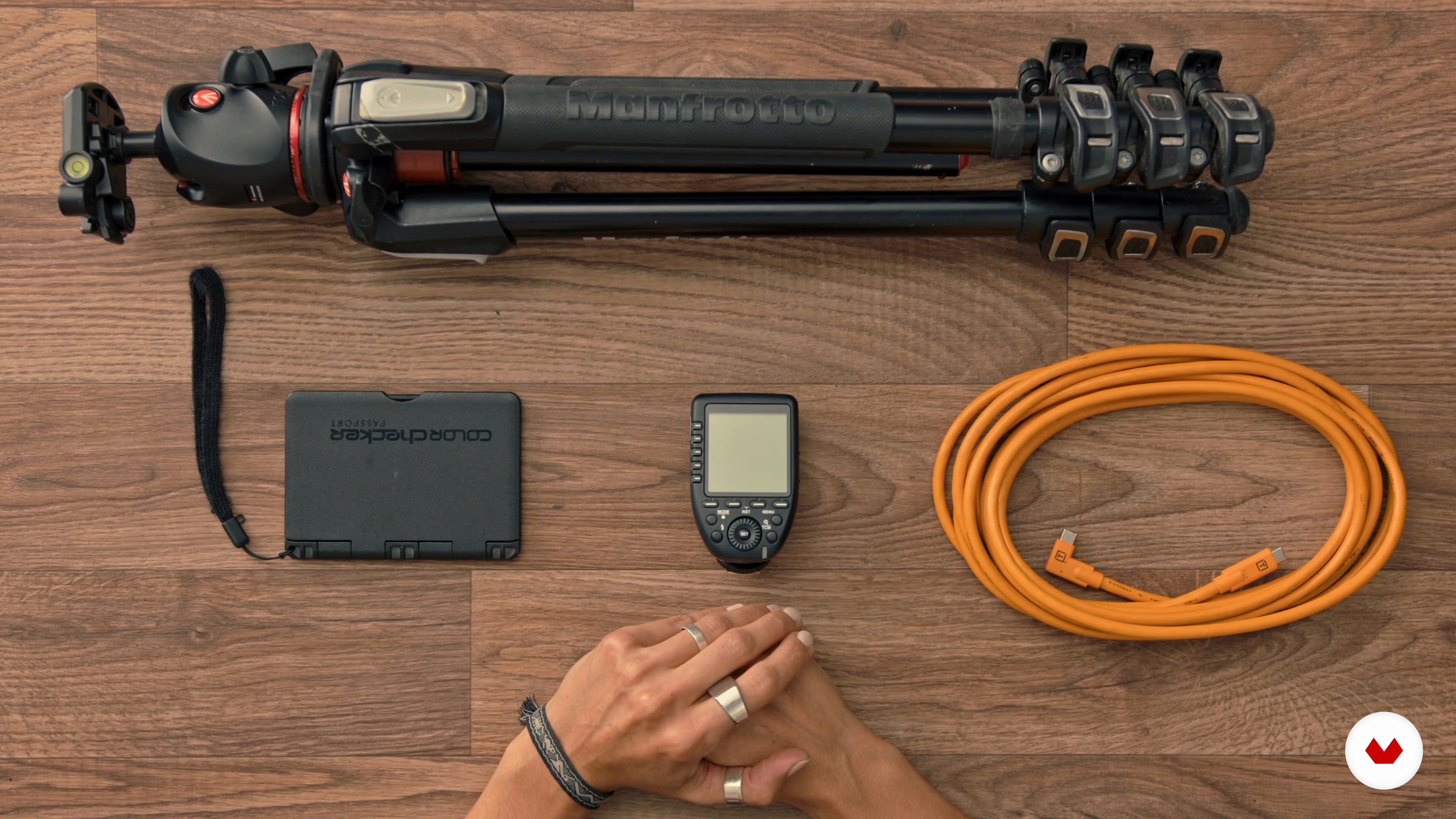

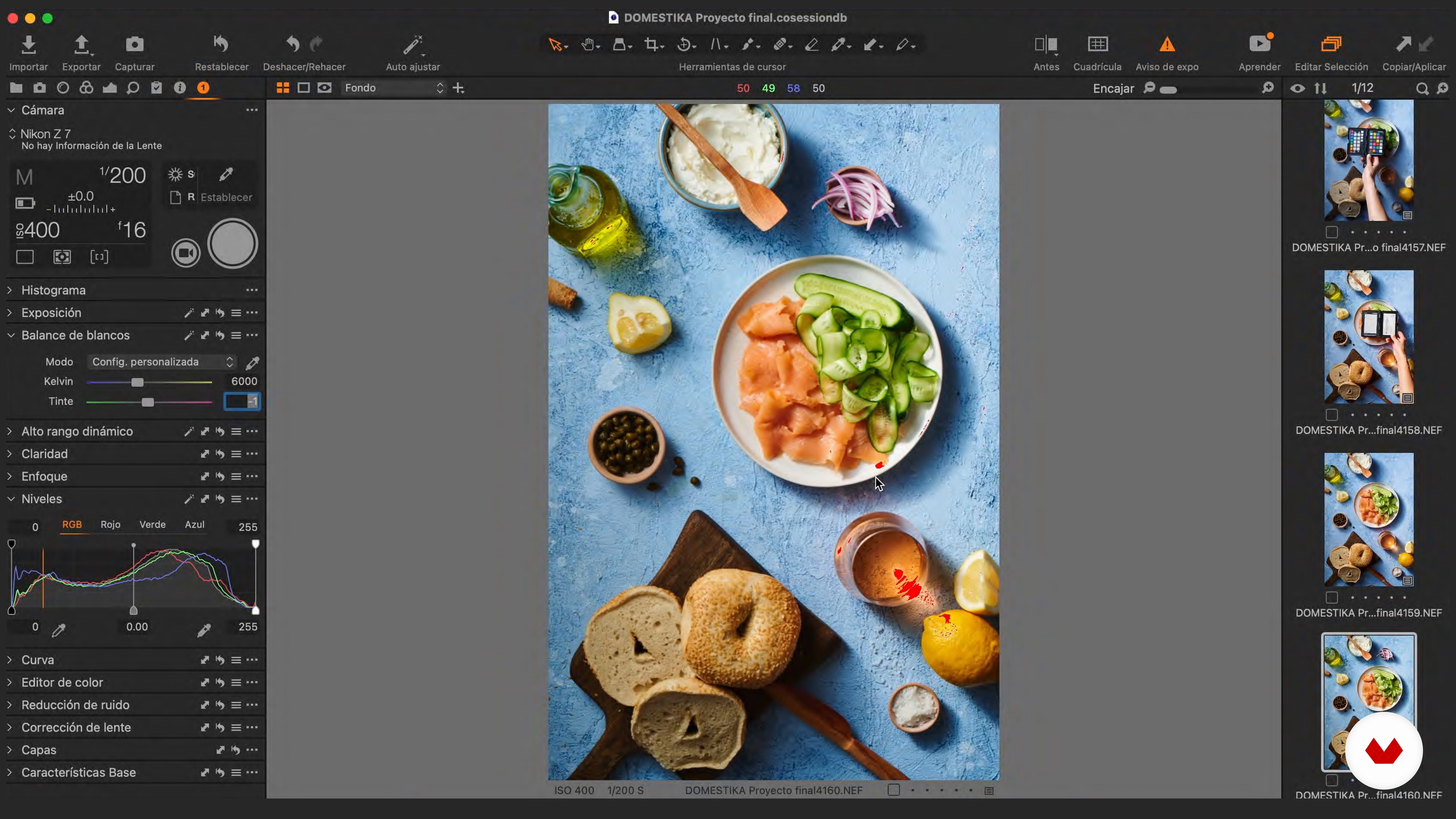
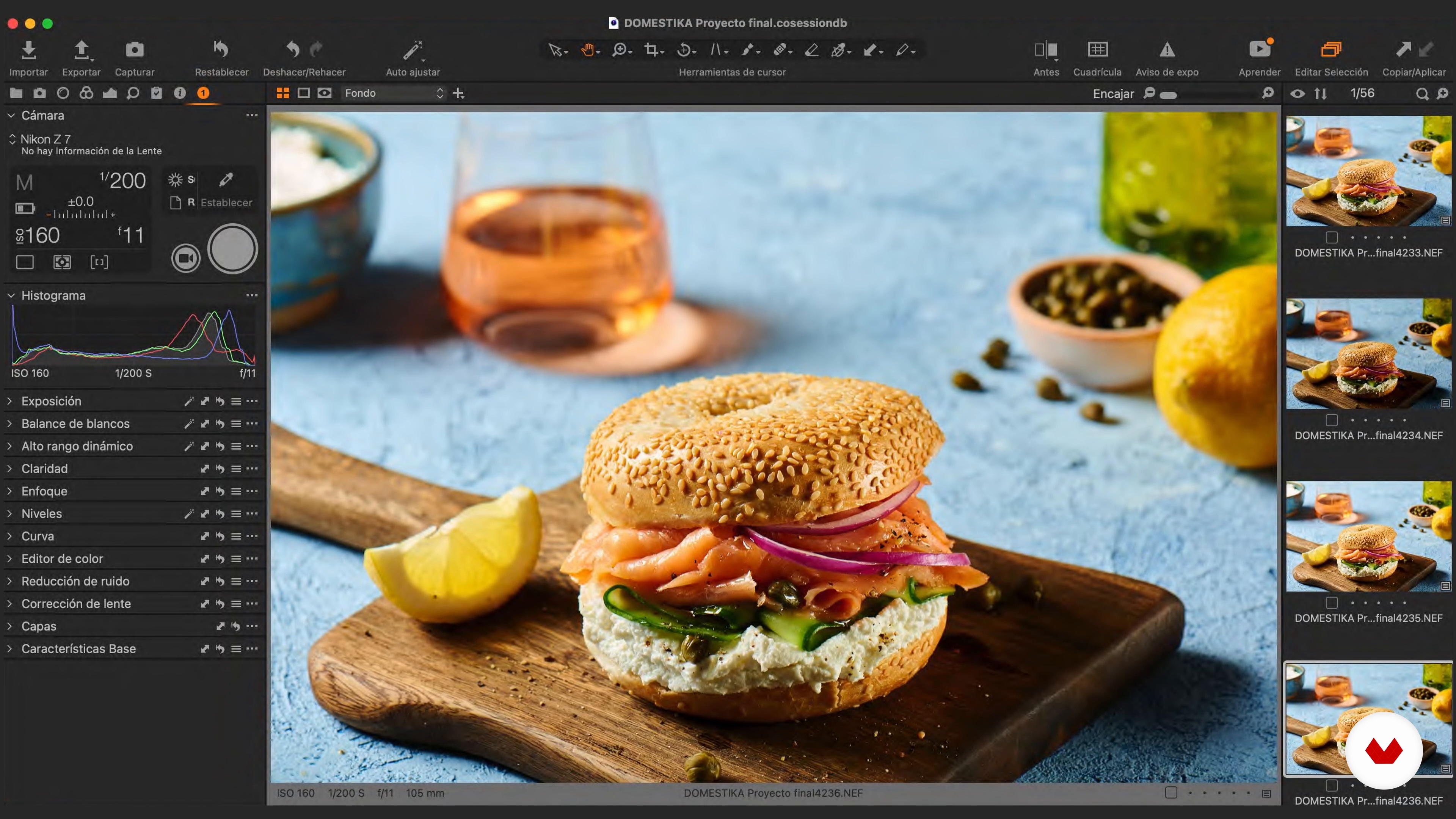
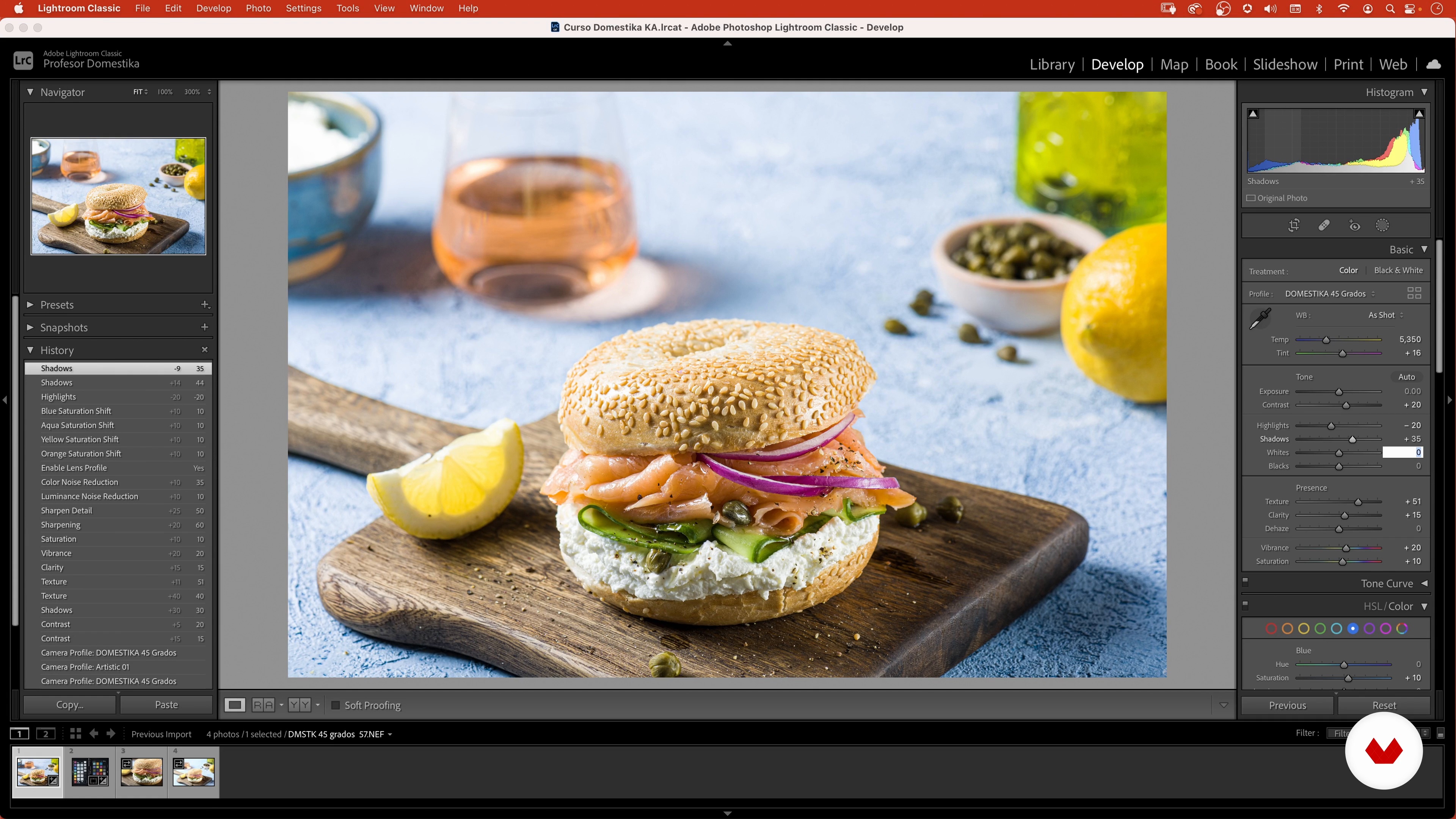
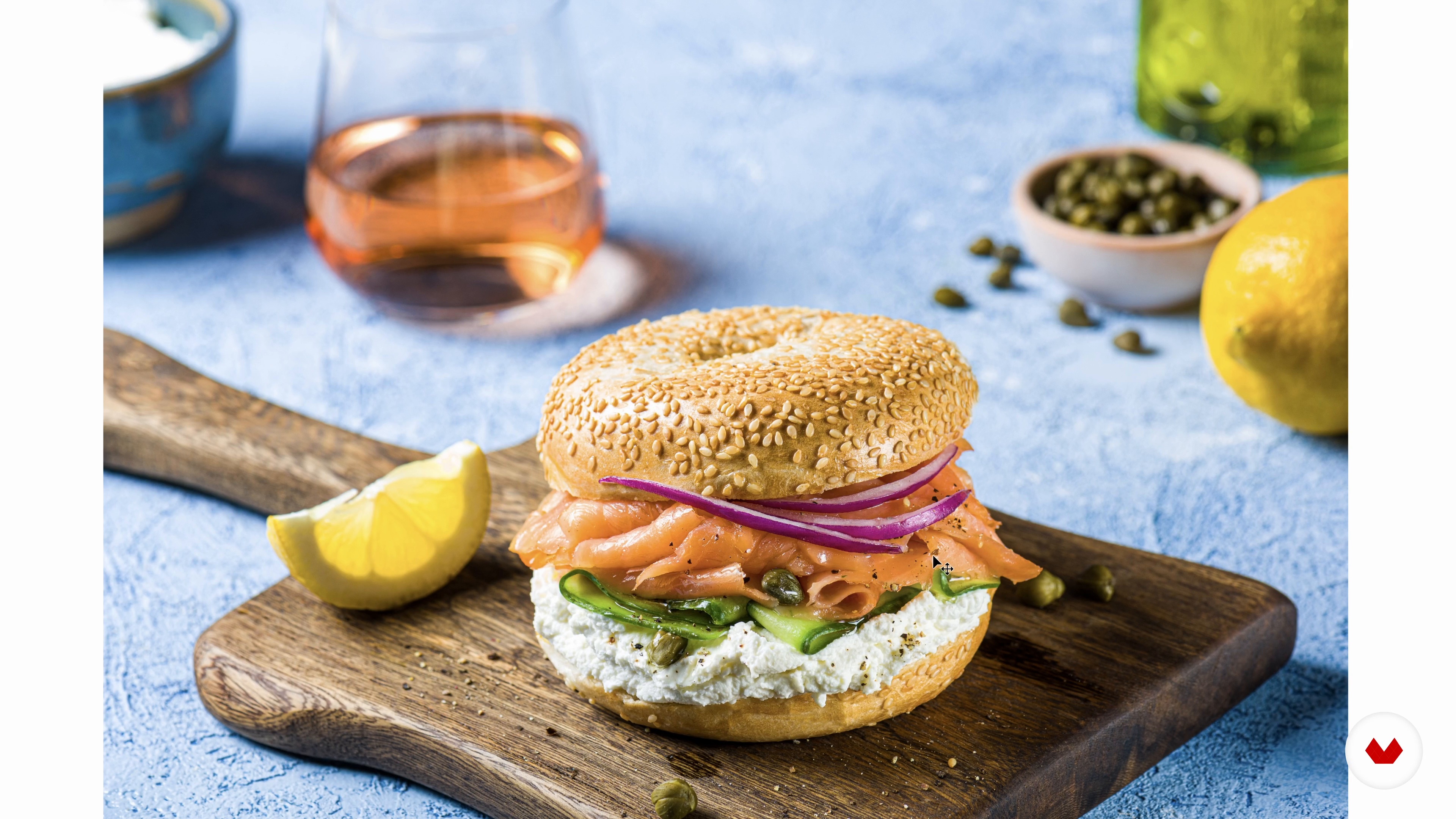

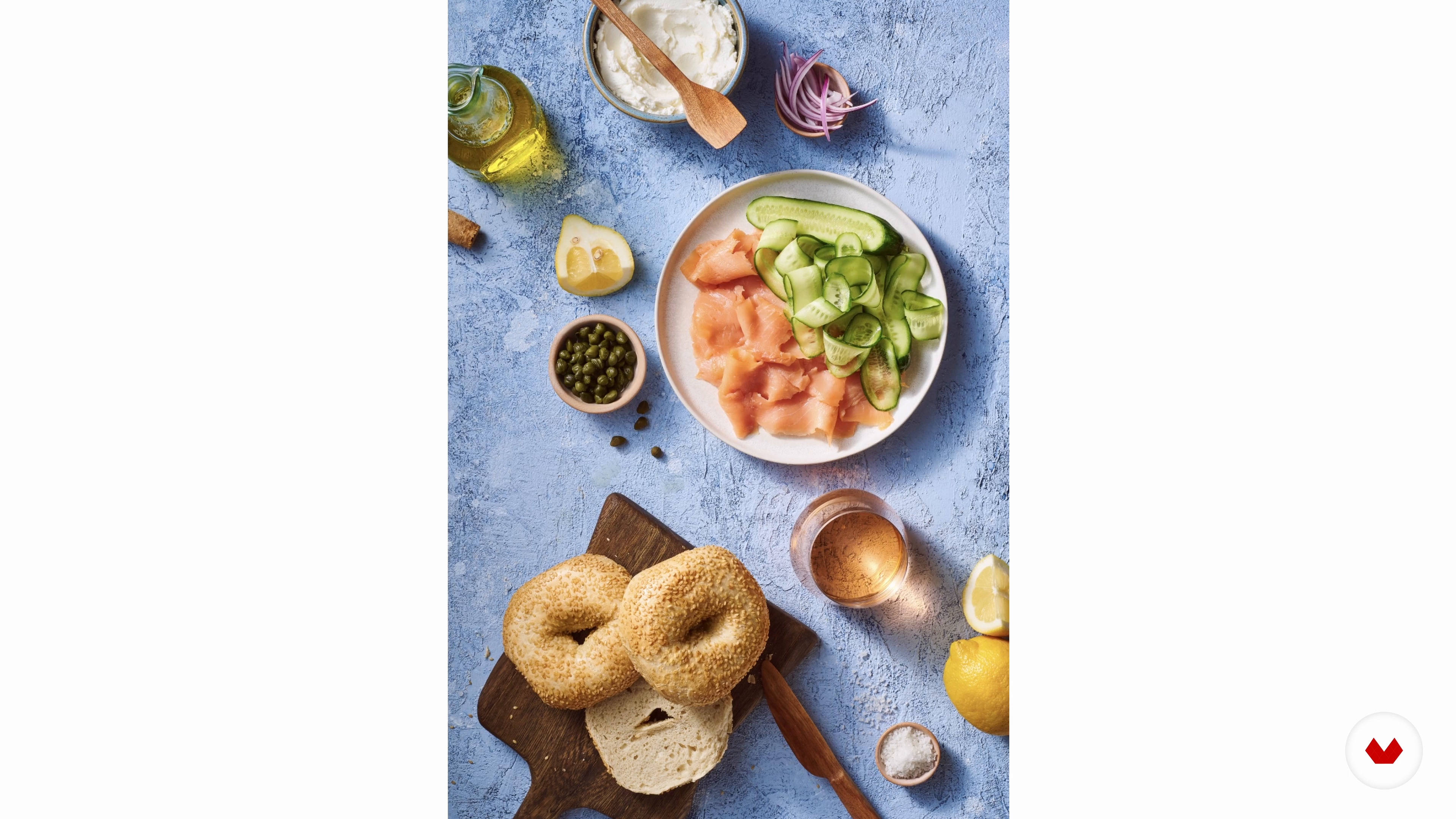
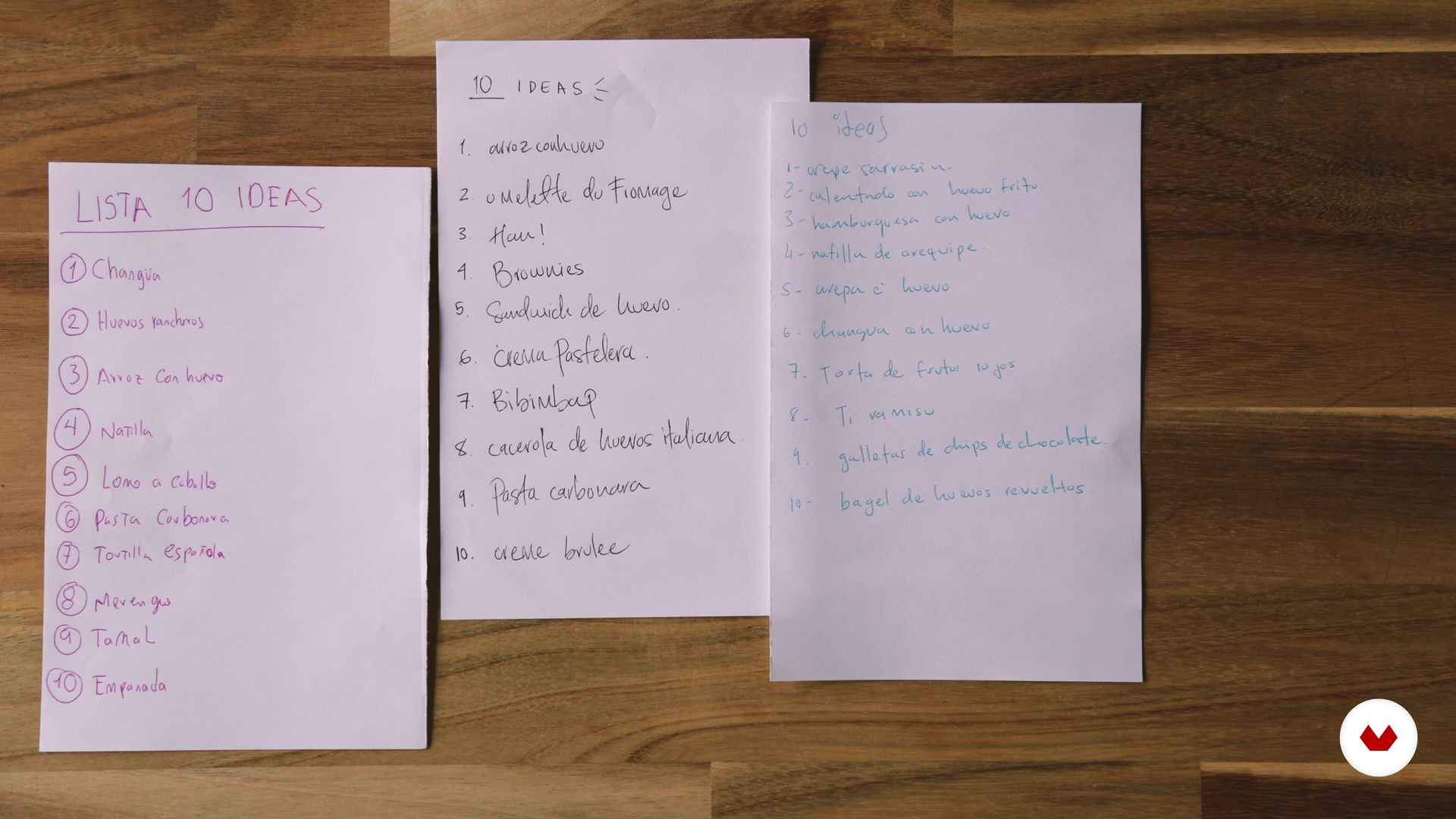

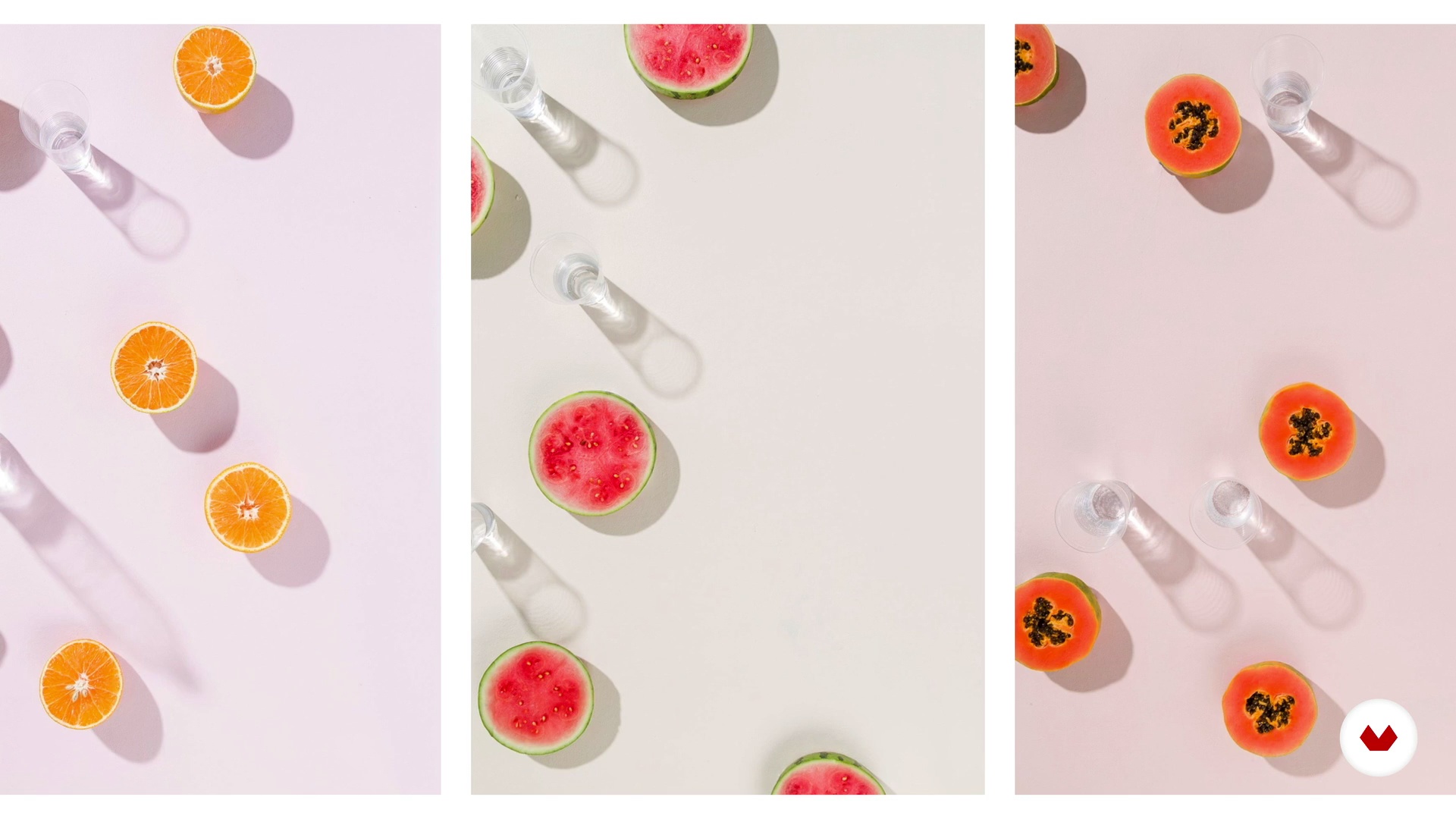
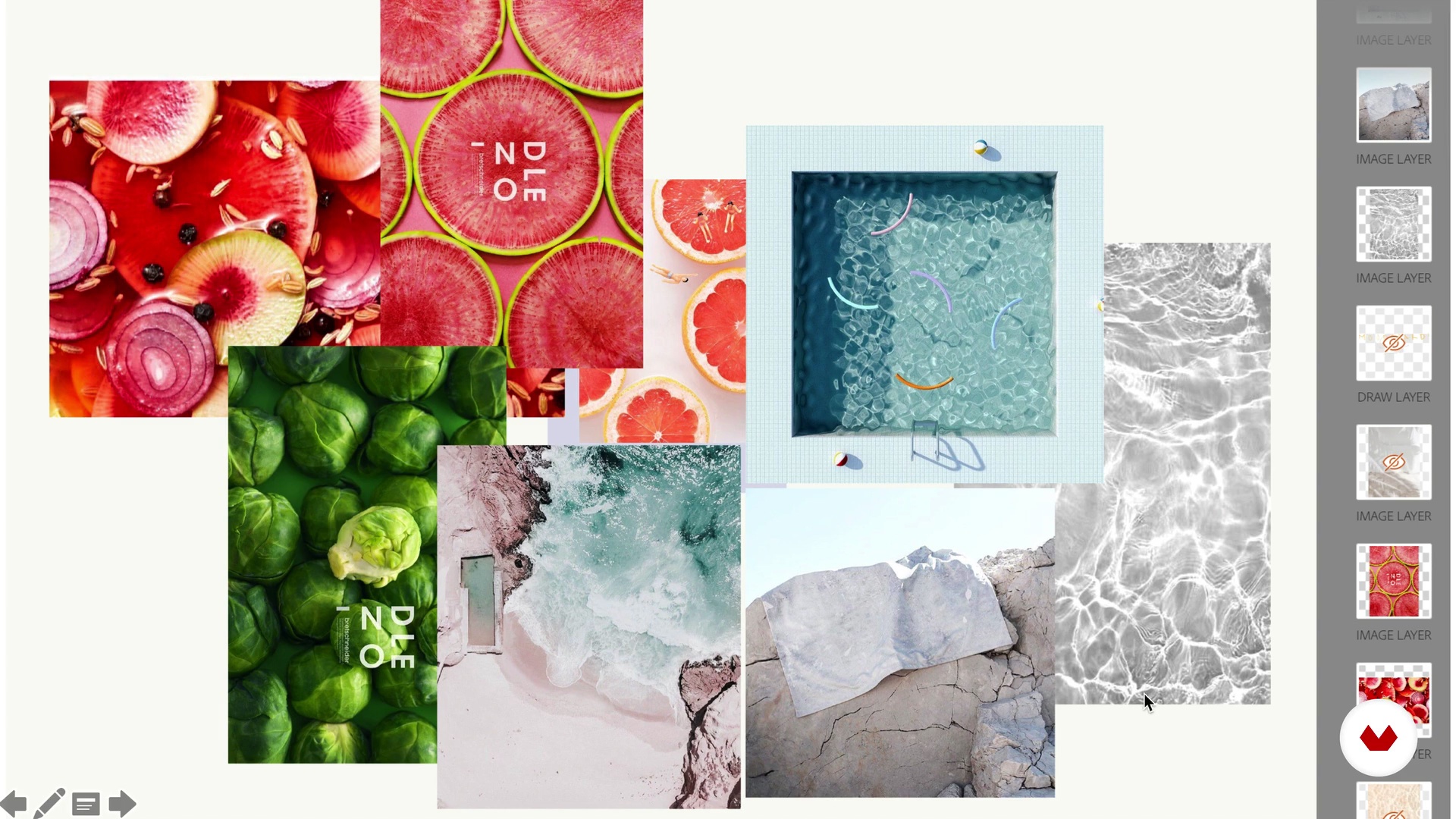
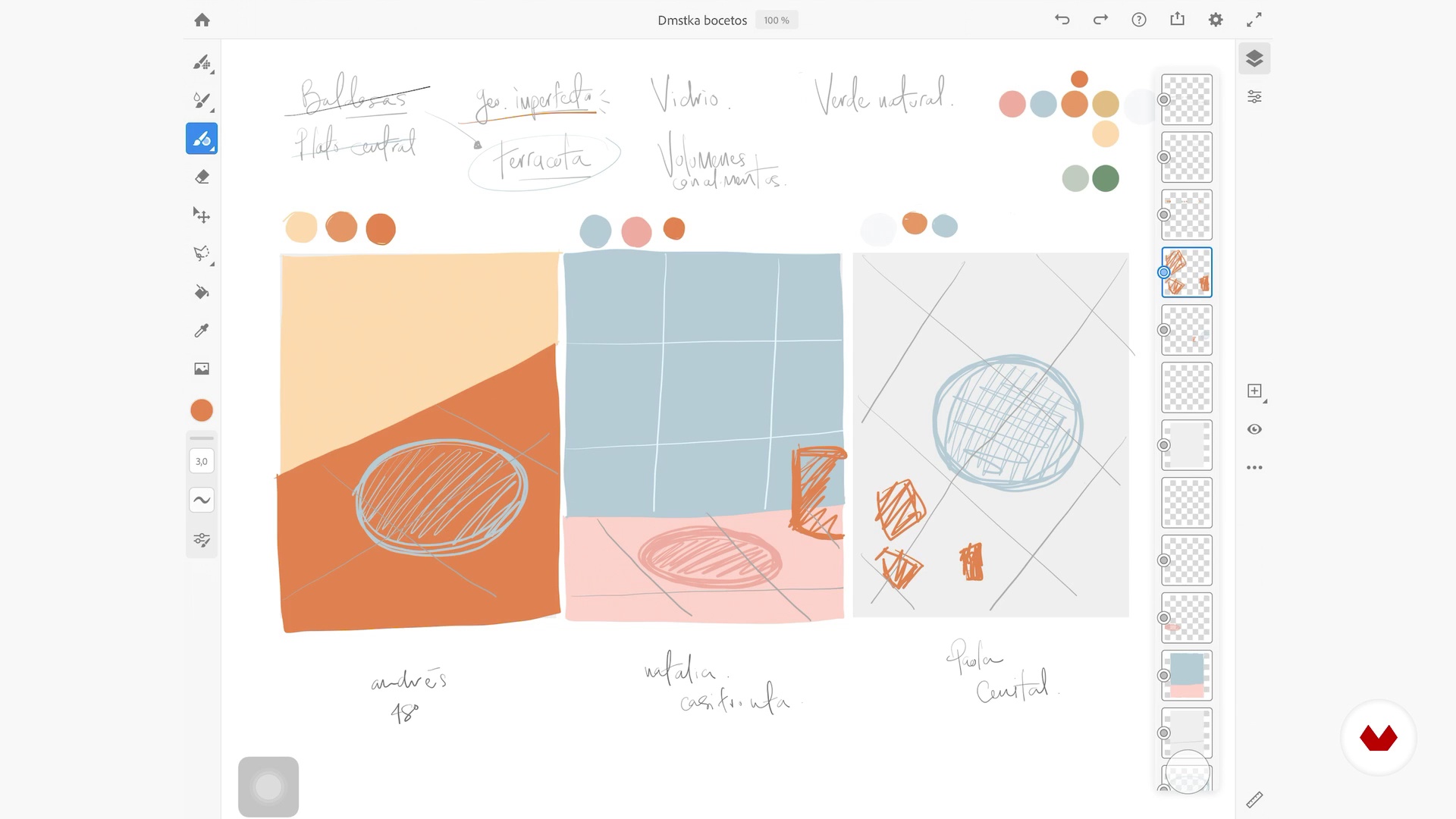
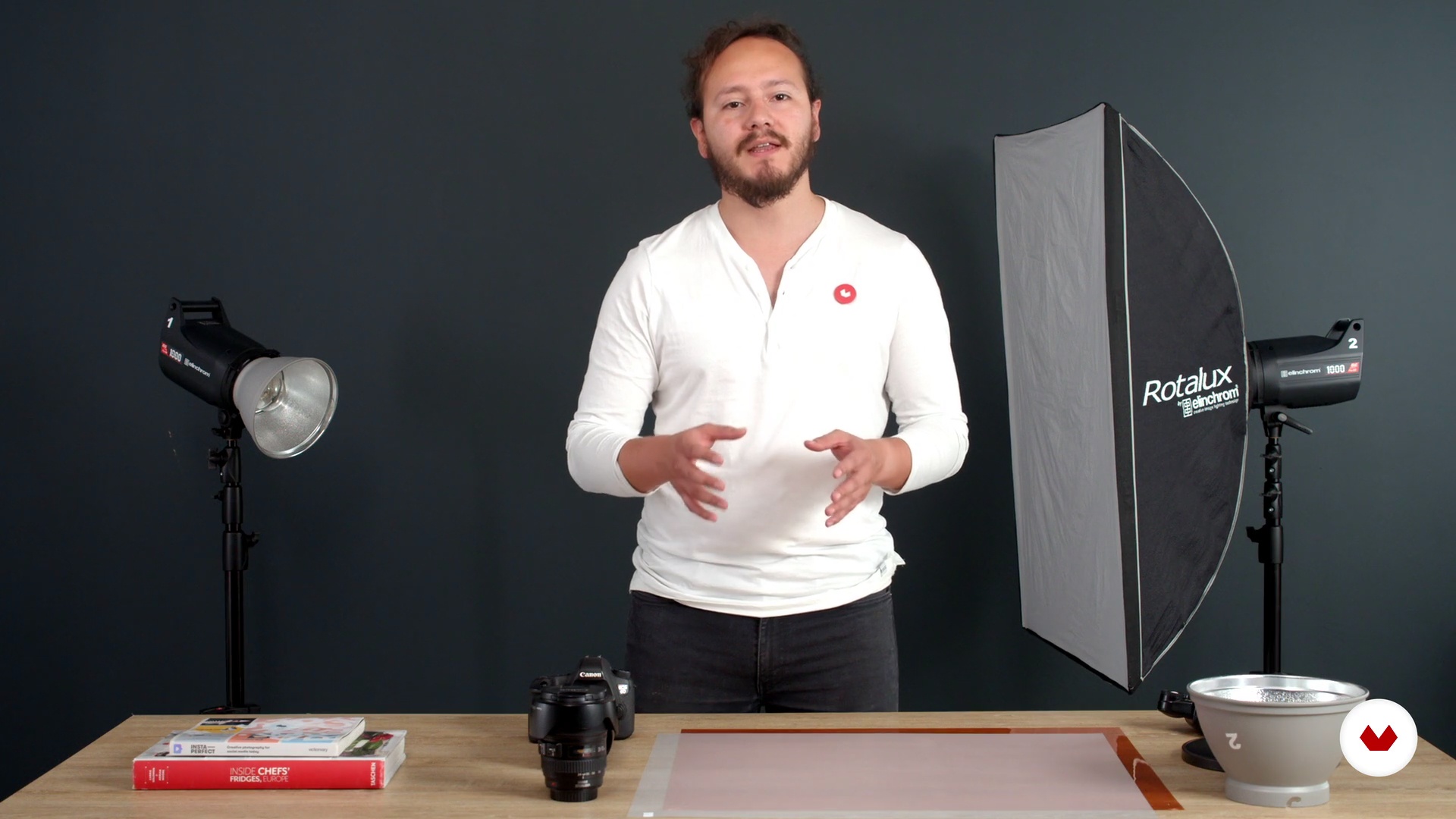
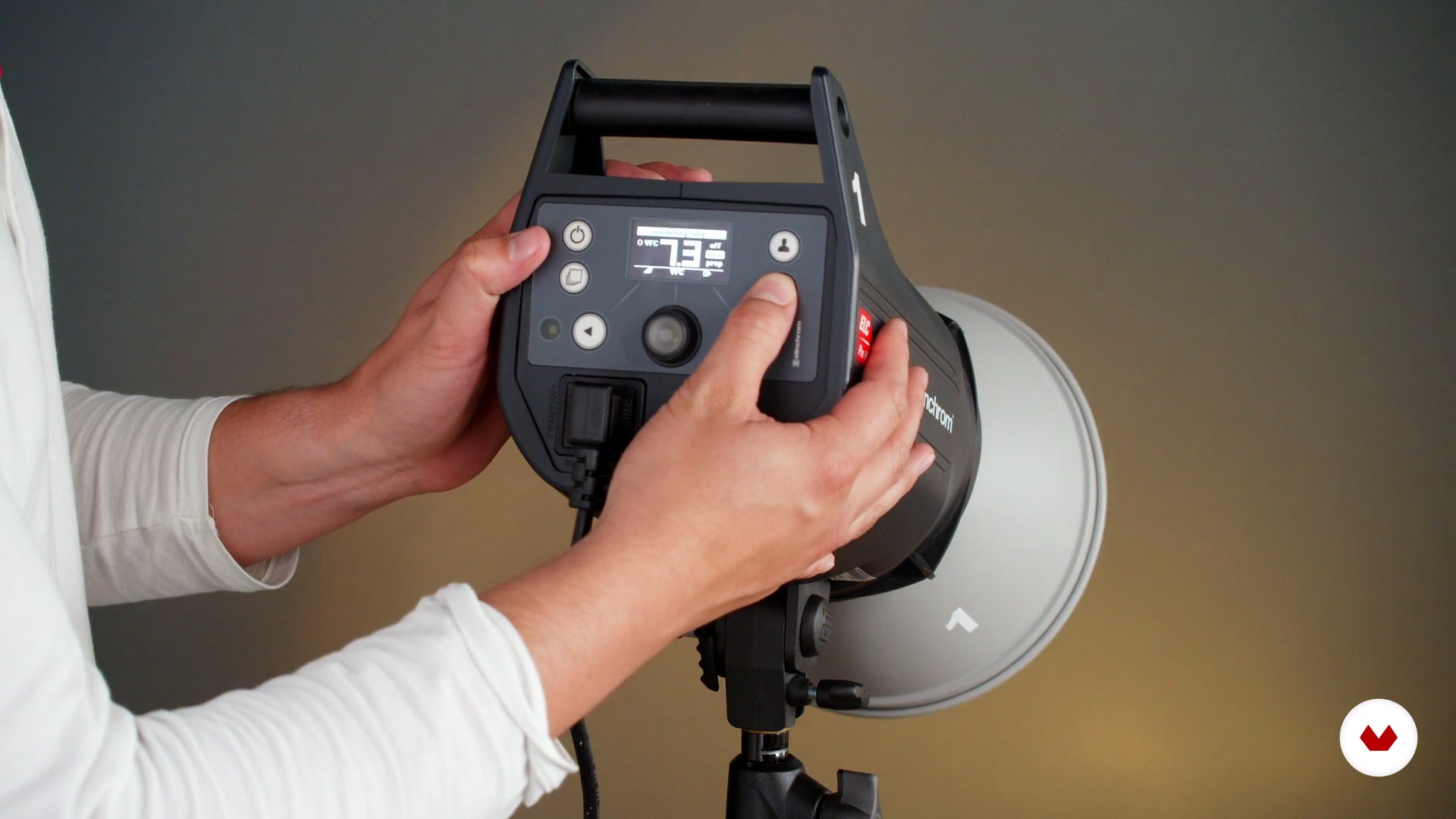
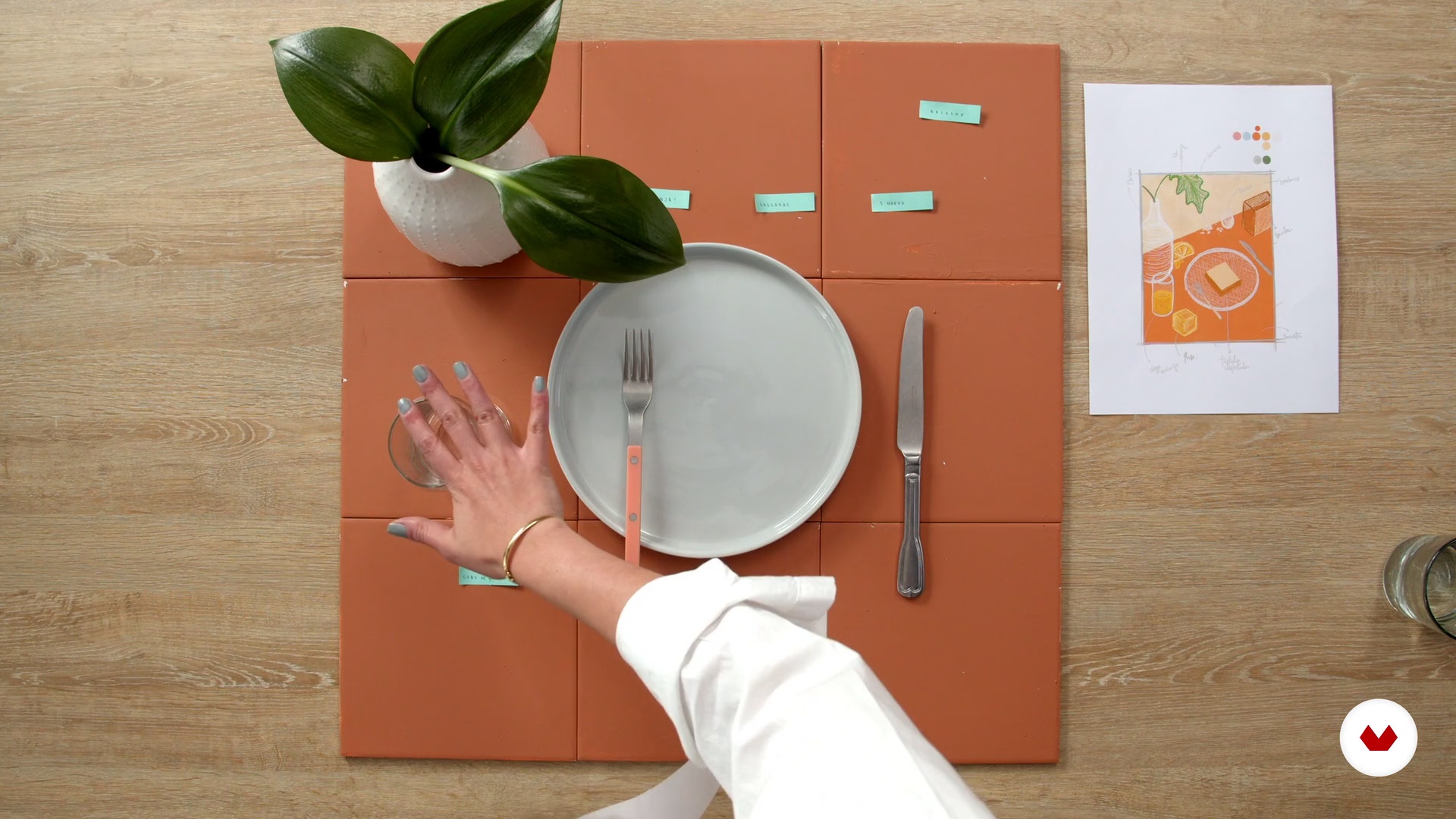
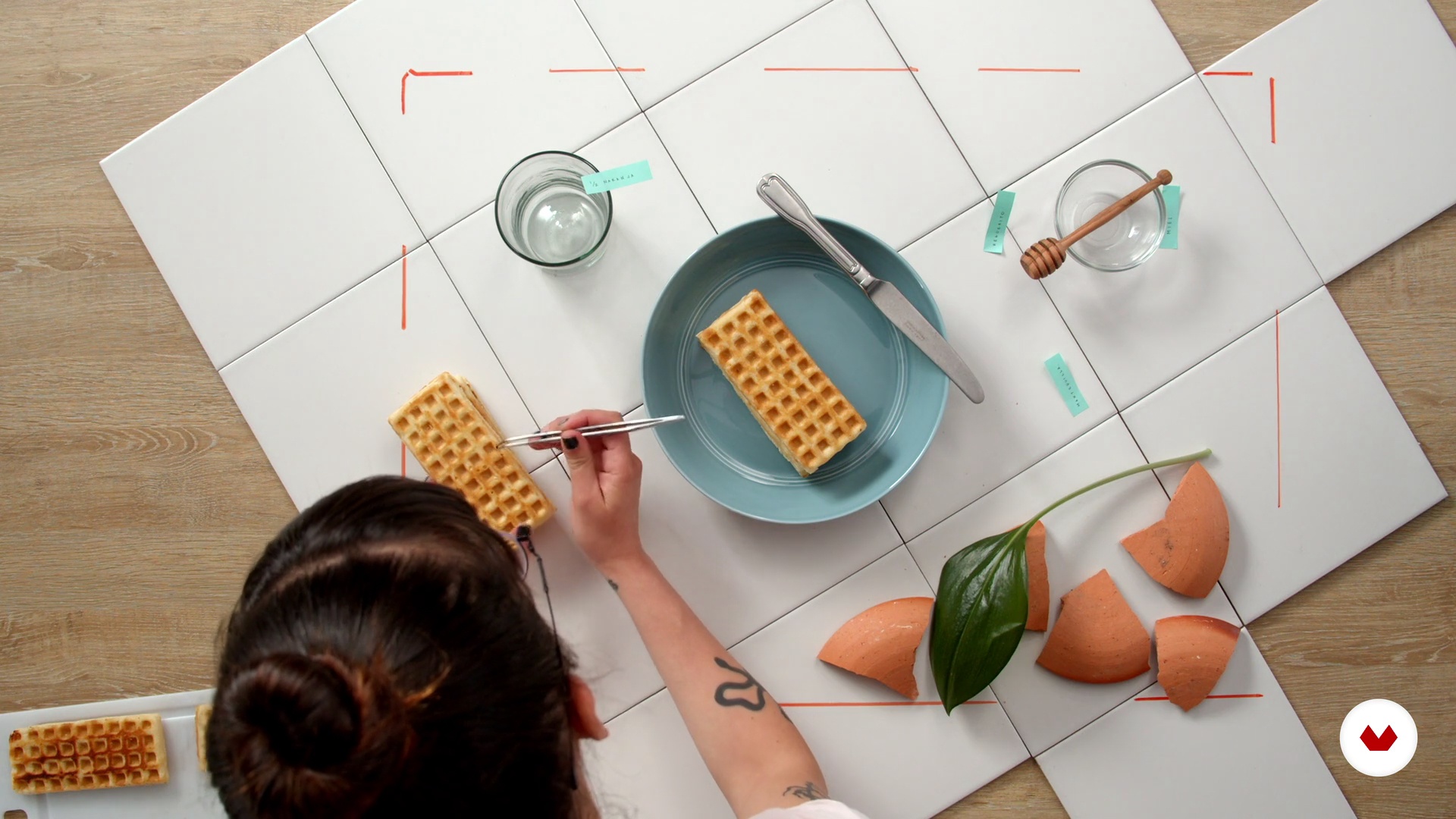
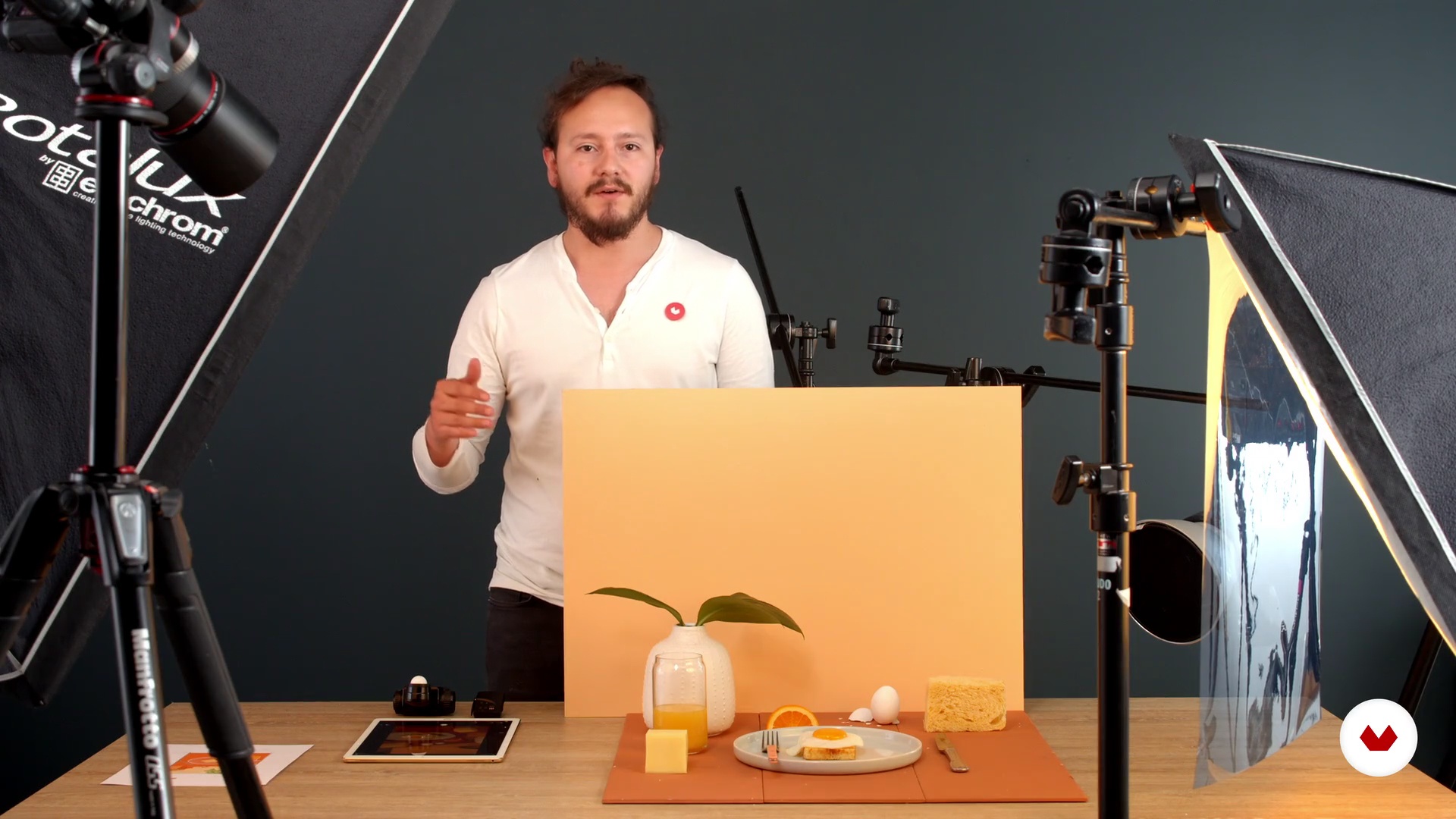
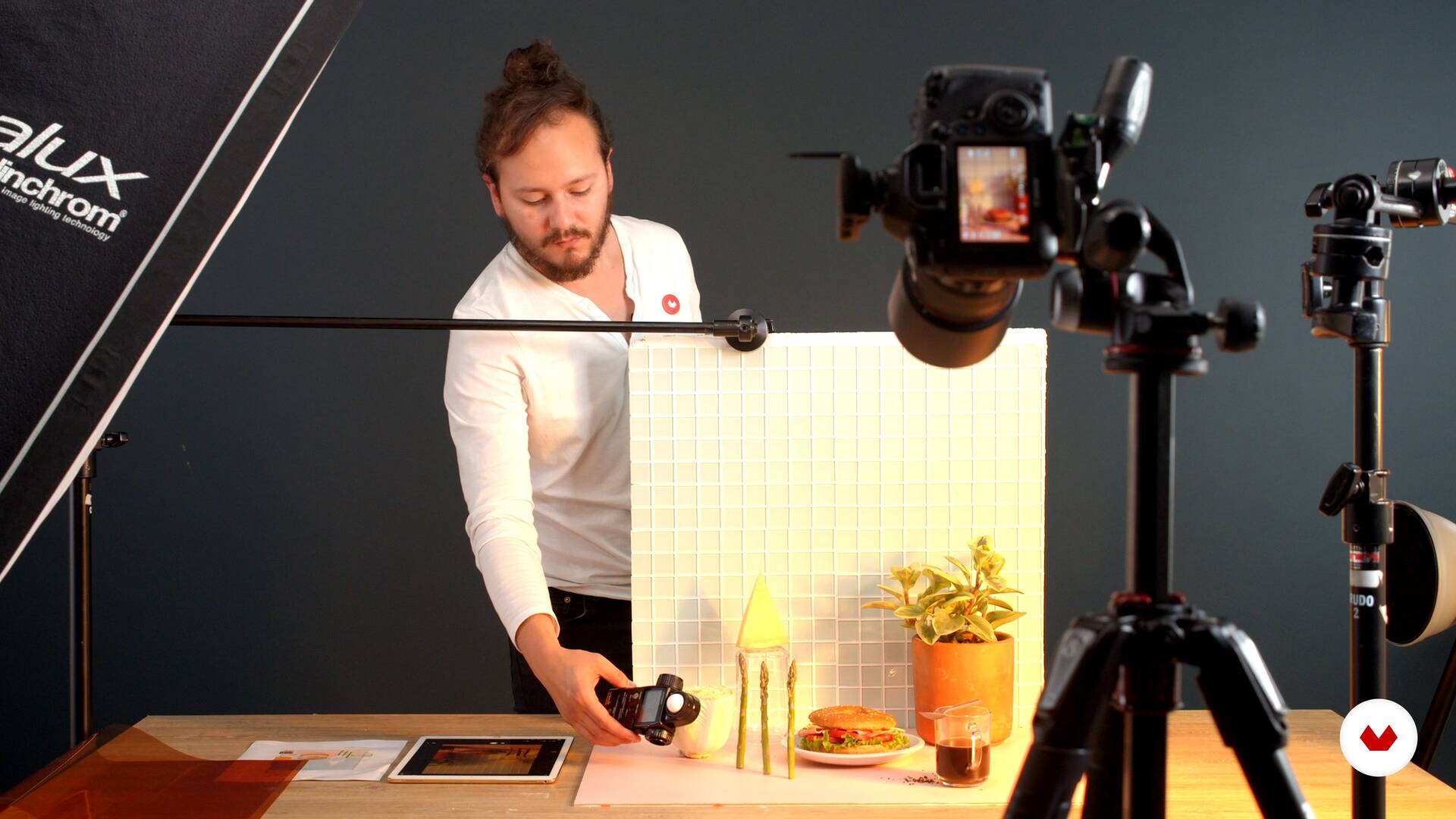
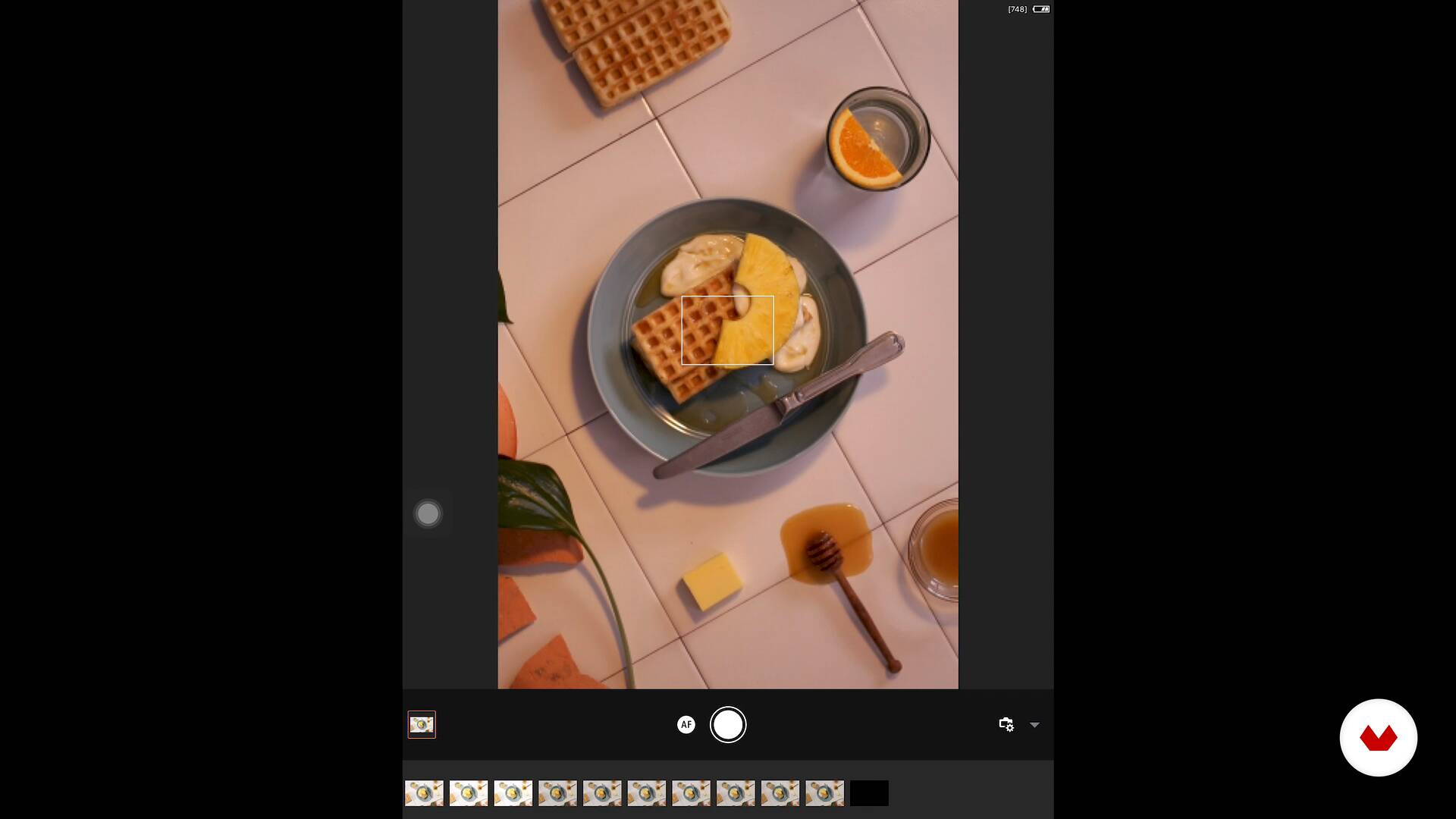
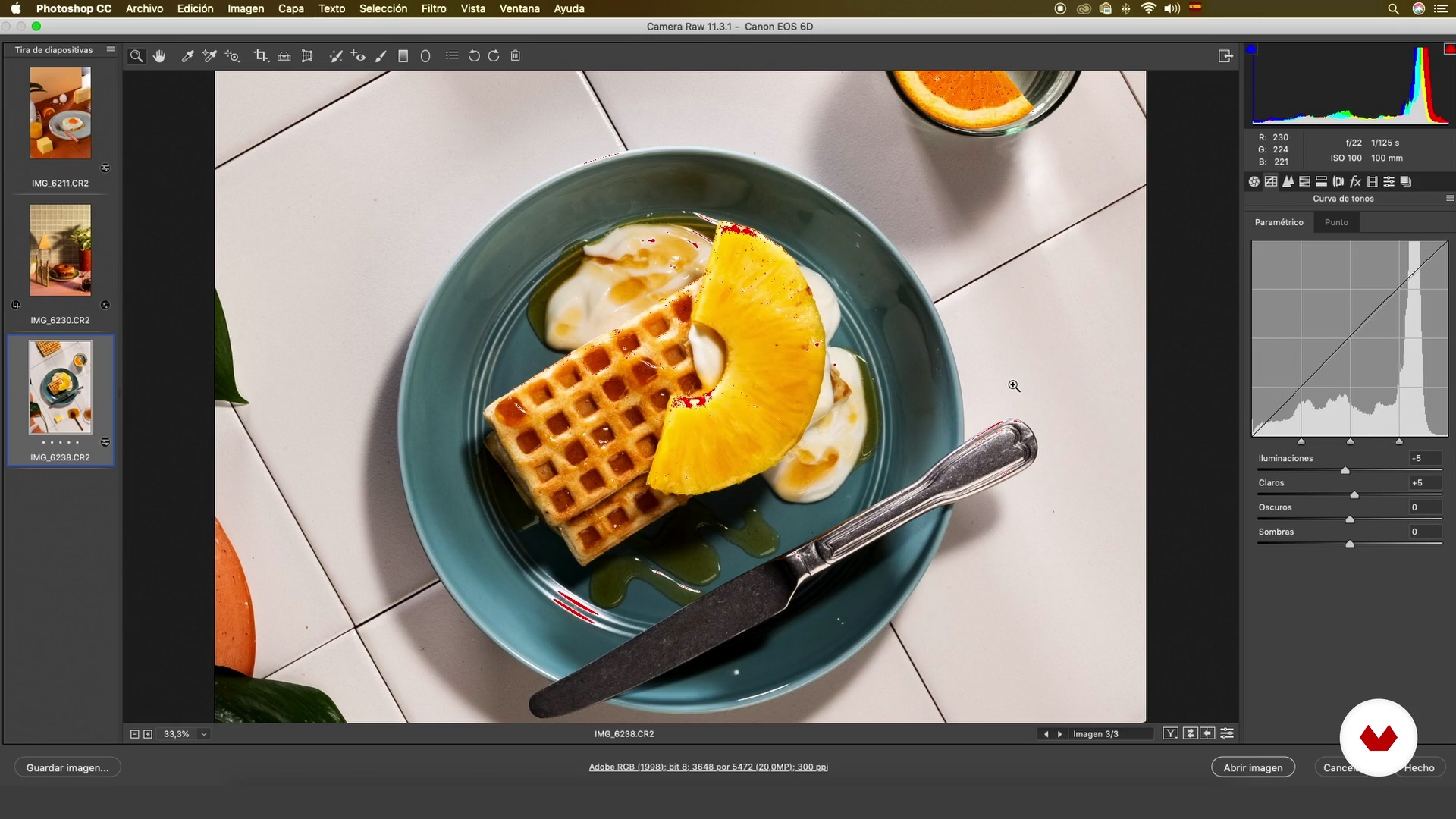
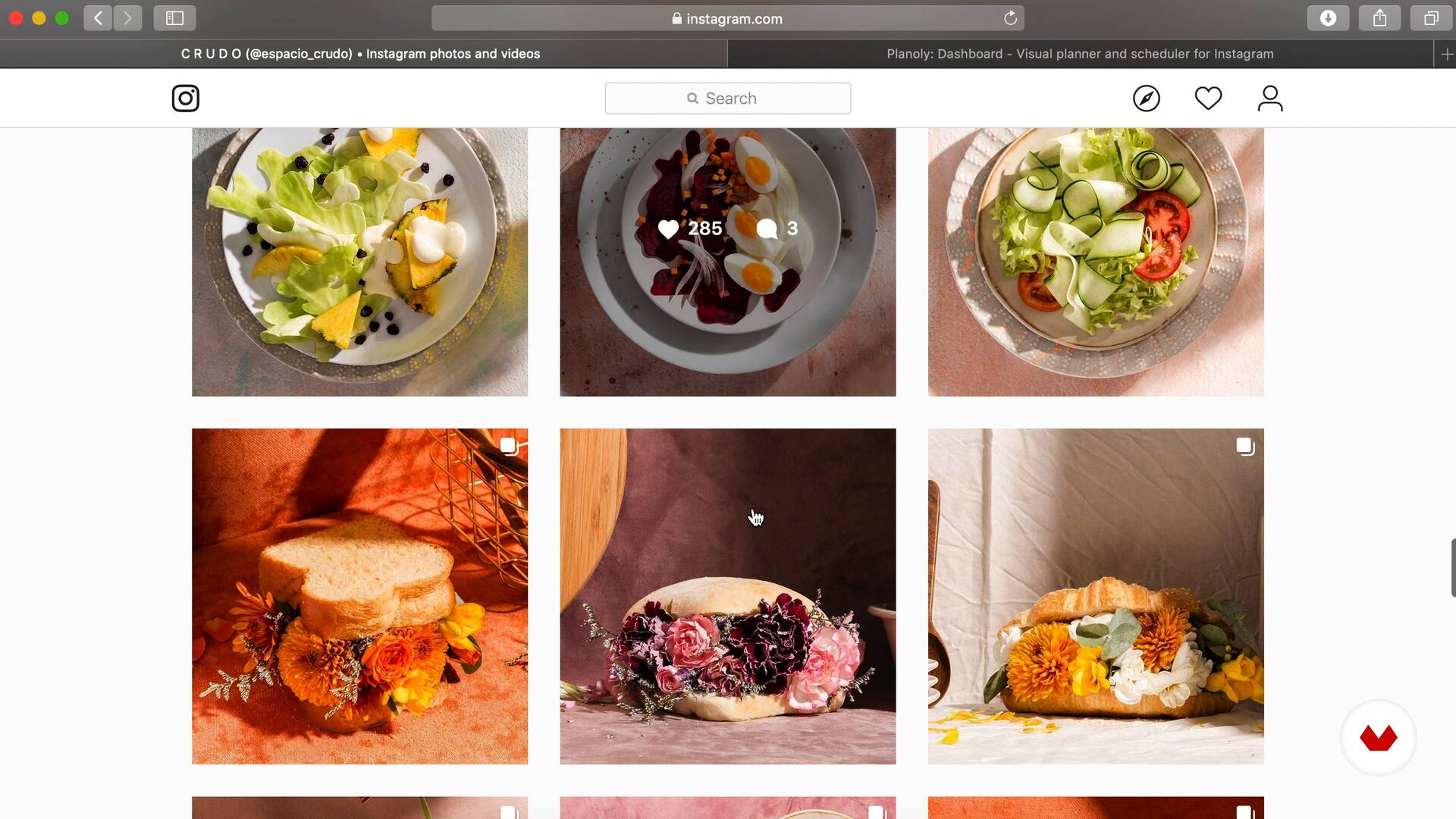
- 100% positive reviews (3)
- 410 students
- 94 lessons (13h 0m)
- 127 additional resources (56 files)
- Online and at your own pace
- Audio: Spanish, German, English, Spanish (Latam), French, Italian, Dutch, Polish, Portuguese, Turkish
- Spanish · English · Portuguese · German · French · Italian · Polish · Dutch · Turkish · Romanian · Indonesian
- Level: Beginner
- Unlimited access forever
What is this course's project?
Develop food photography by applying basic techniques, from camera settings to proper lighting, capturing food in an appealing way, and experimenting with angles and modifiers to find your personal style.
Who is this specialization for?
Photographers passionate about gastronomy, visual creatives, and culinary stylists looking to hone their skills in capturing irresistible food images, develop a unique style, and understand food styling to create impactful photography projects in the culinary world.
Requirements and materials
No extensive prior knowledge is required, just a digital camera and access to editing software like Lightroom. Simple materials like backdrops, tableware, and fresh ingredients will be helpful for practicing and developing food photography and food styling skills.

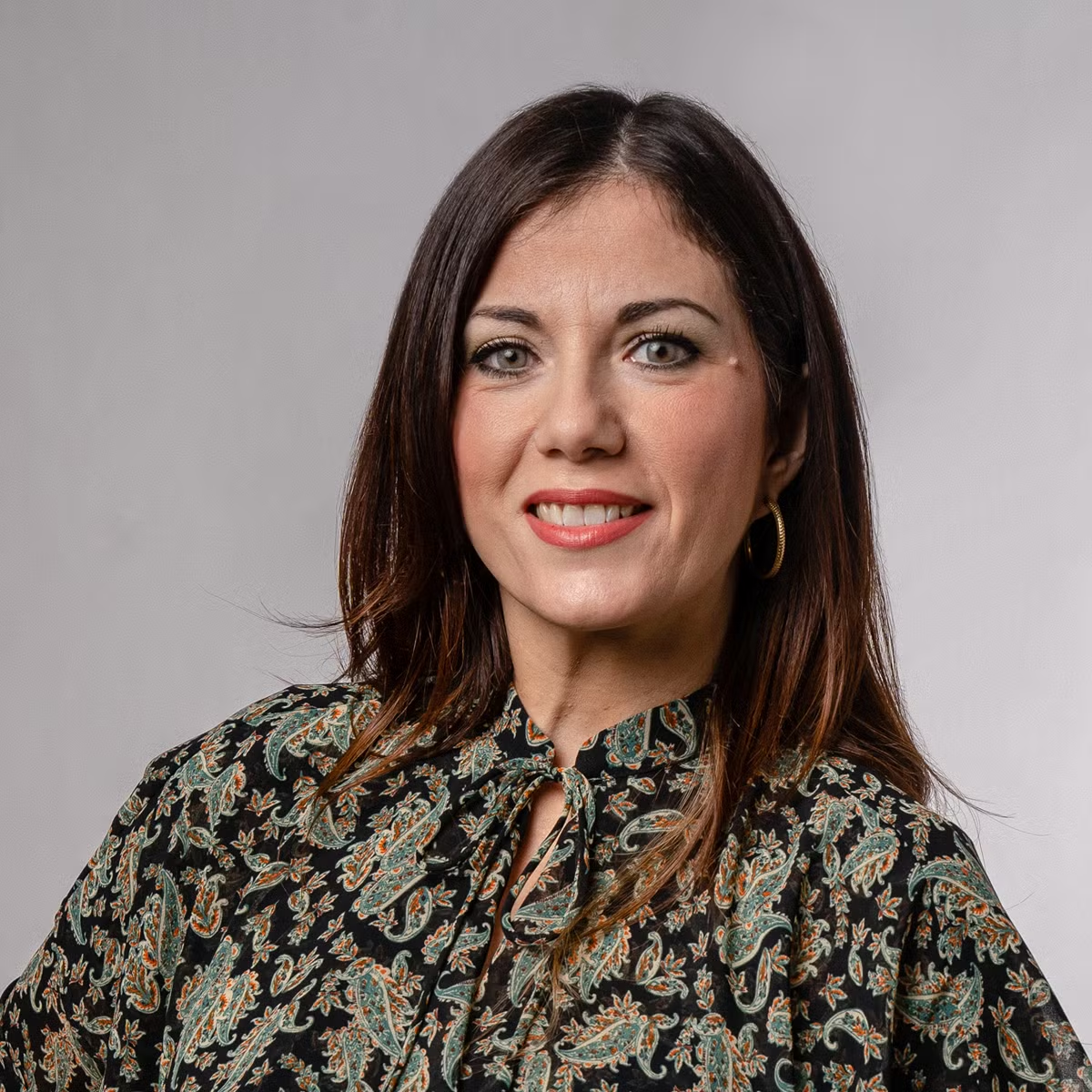
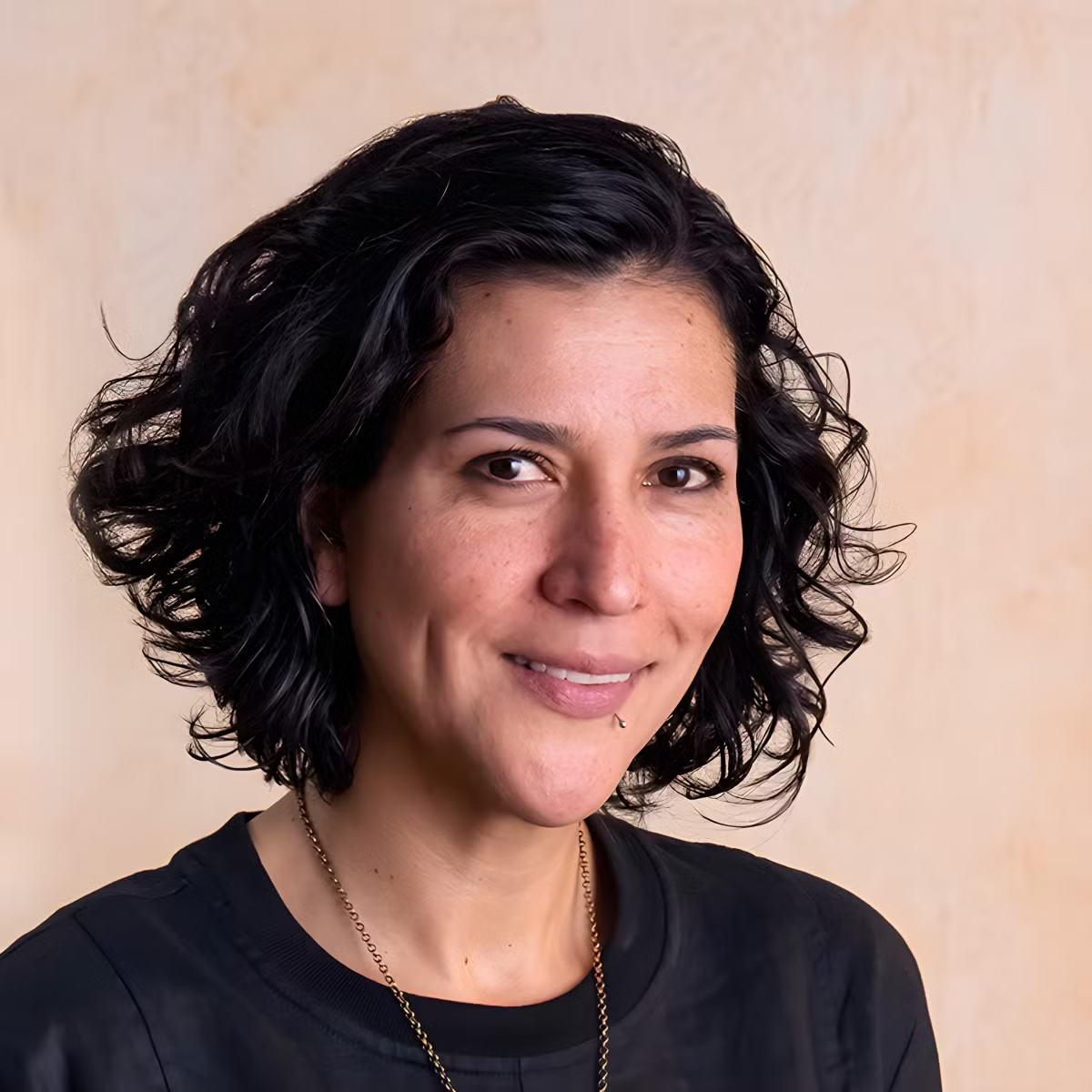
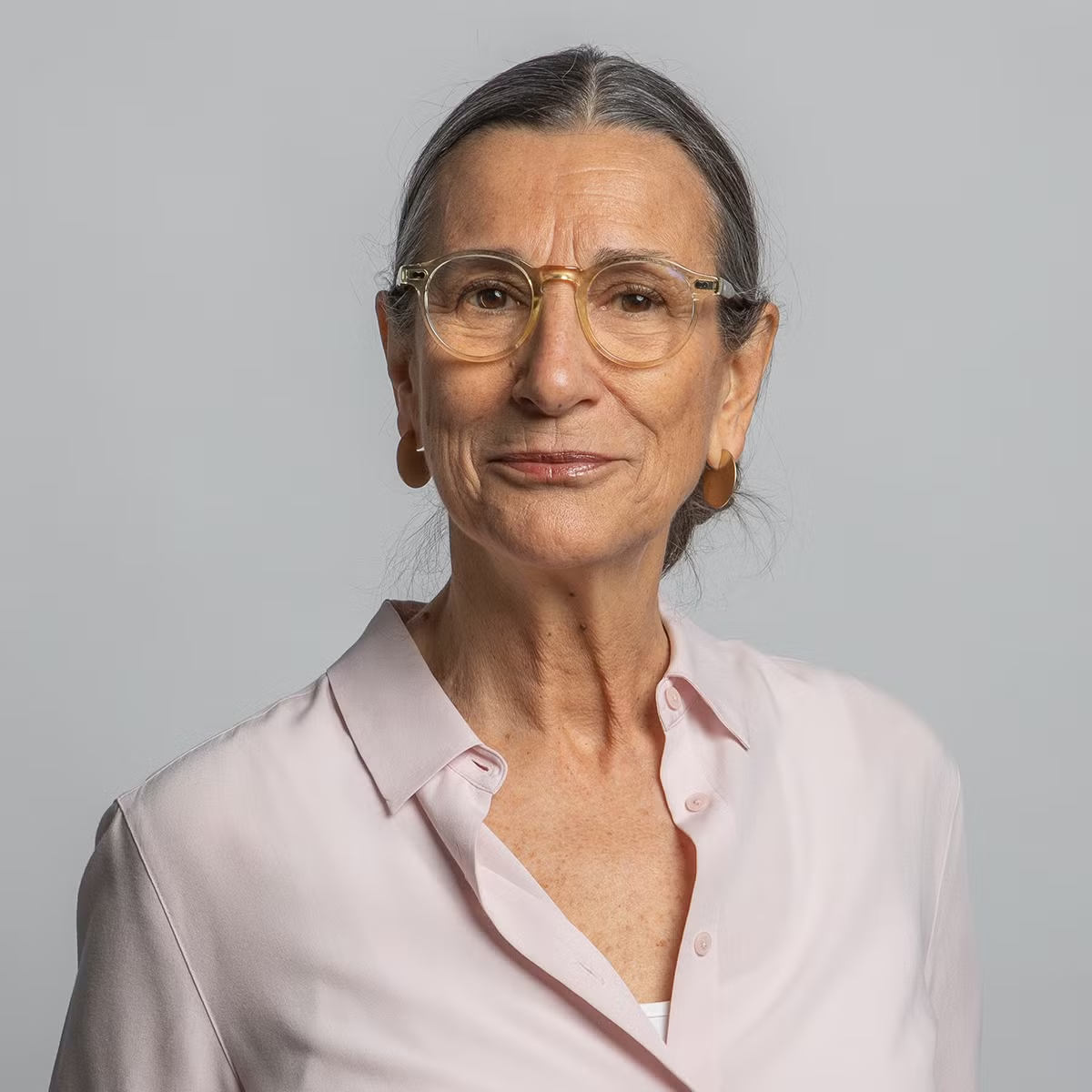
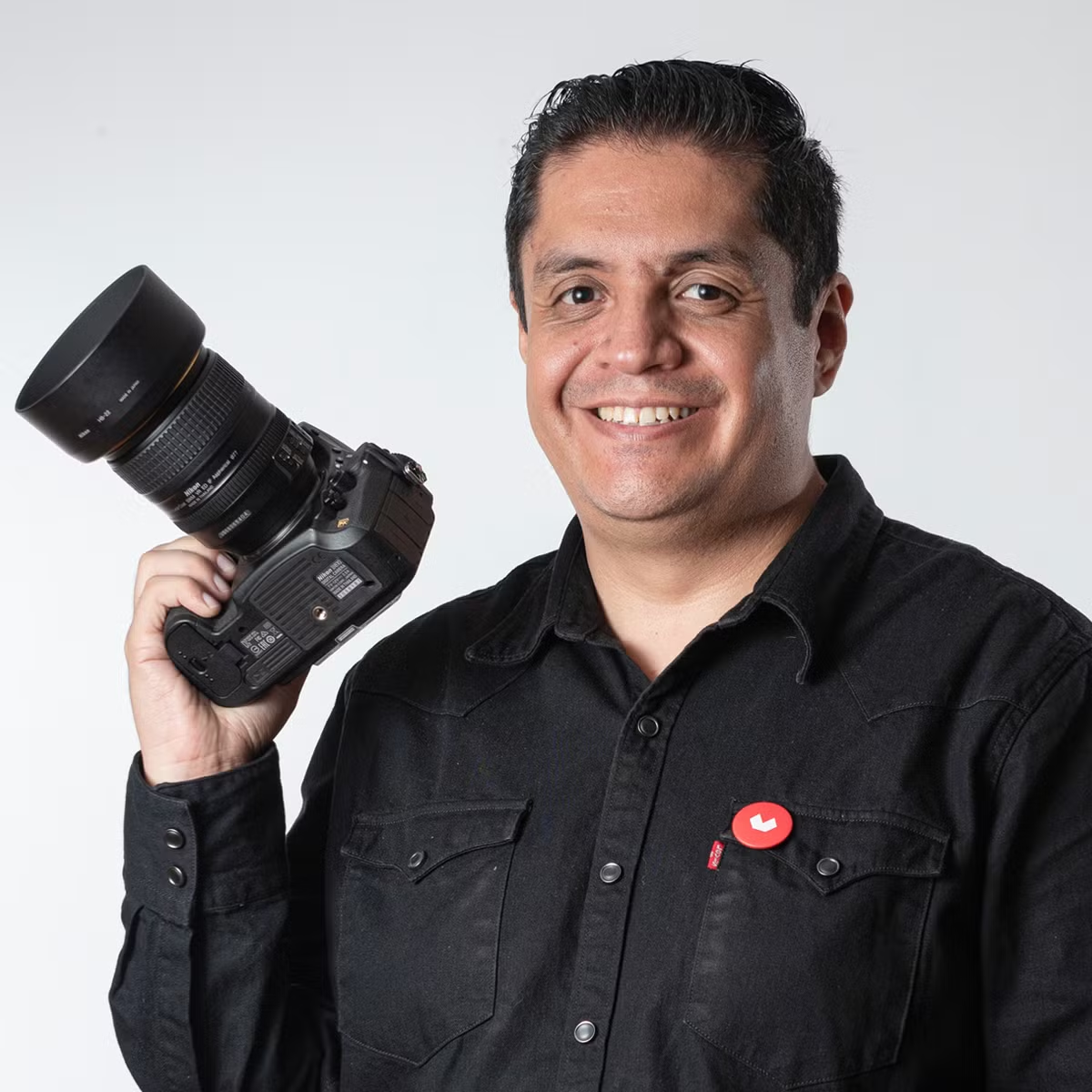
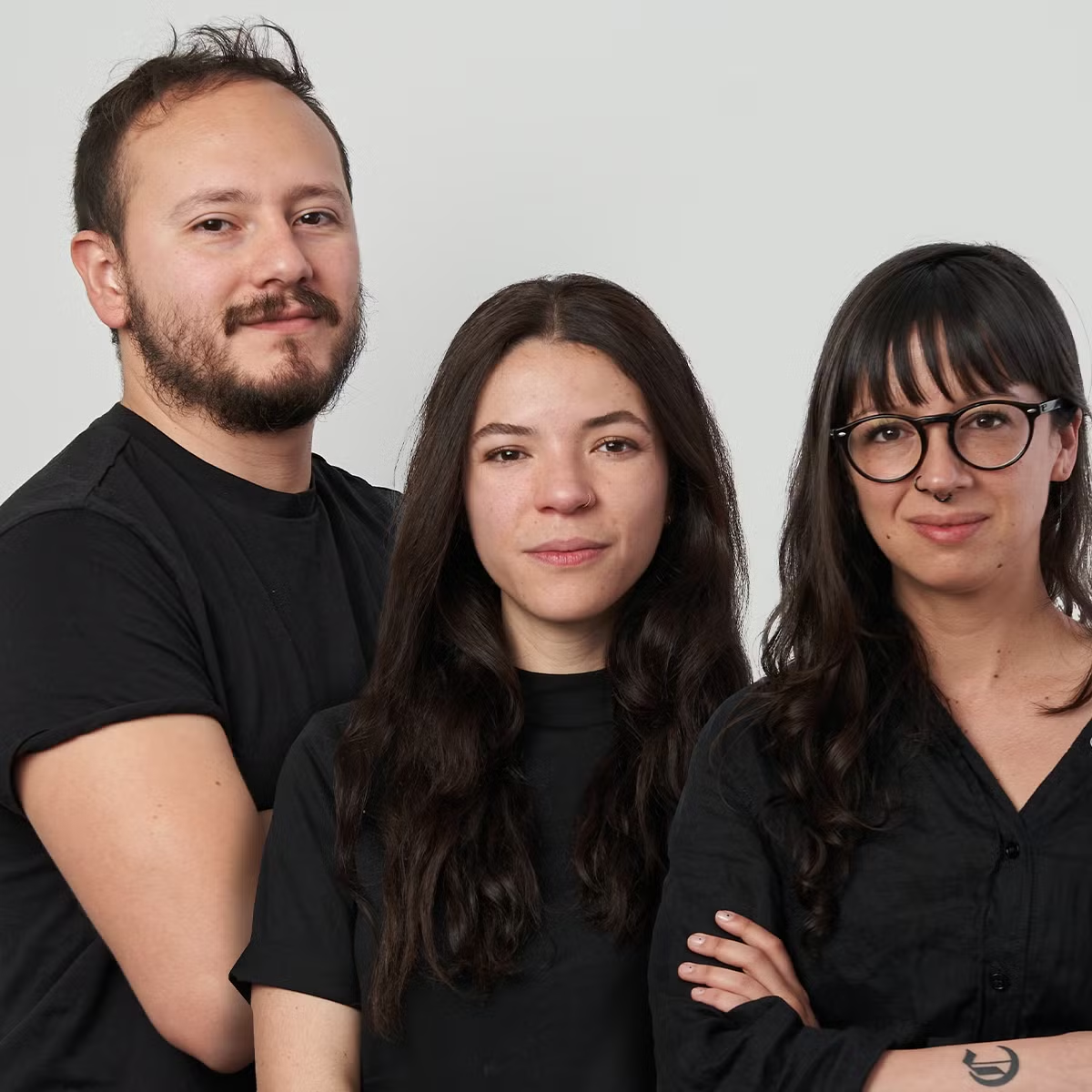

Reviews
What to expect from this specialization course
-
Learn at your own pace
Enjoy learning from home without a set schedule and with an easy-to-follow method. You set your own pace.
-
Learn from the best professionals
Learn valuable methods and techniques explained by top experts in the creative sector.
-
Meet expert teachers
Each expert teaches what they do best, with clear guidelines, true passion, and professional insight in every lesson.
-
Certificates
PlusIf you're a Plus member, get a custom certificate for every specialization course. Share it on your portfolio, social media, or wherever you like.
-
Get front-row seats
Videos of the highest quality, so you don't miss a single detail. With unlimited access, you can watch them as many times as you need to perfect your technique.
-
Share knowledge and ideas
Ask questions, request feedback, or offer solutions. Share your learning experience with other students in the community who are as passionate about creativity as you are.
-
Connect with a global creative community
The community is home to millions of people from around the world who are curious and passionate about exploring and expressing their creativity.
-
Watch professionally produced courses
Domestika curates its teacher roster and produces every course in-house to ensure a high-quality online learning experience.
FAQs
What are Domestika's online courses?
Domestika courses are online classes that allow you to learn new skills and create incredible projects. All our courses include the opportunity to share your work with other students and/or teachers, creating an active learning community. We offer different formats:
Original Courses: Complete classes that combine videos, texts, and educational materials to complete a specific project from start to finish.
Basics Courses: Specialized training where you master specific software tools step by step.
Specialization Courses: Learning paths with various expert teachers on the same topic, perfect for becoming a specialist by learning from different approaches.
Guided Courses: Practical experiences ideal for directly acquiring specific skills.
Intensive Courses (Deep Dives): New creative processes based on artificial intelligence tools in an accessible format for in-depth and dynamic understanding.
When do the specialization courses start and when do they finish?
All specialization courses are 100% online, so once they're published, specialization courses start and finish whenever you want. You set the pace of the class. You can go back to review what interests you most and skip what you already know, ask questions, answer questions, share your projects, and more.
What do Domestika's specialization courses include?
The specialization courses are divided into different modules. Each one includes lessons, informational text, tasks, and practice exercises to help you carry out your project step by step, with additional complementary resources and downloads. You'll also have access to an exclusive forum where you can interact with other students, as well as share your work and your final project, creating a community around the specialization courses.
Have you been given a specialization courses?
You can redeem the specialization courses you received by accessing the redeeming page and entering your gift code.

Los cursos de especialización son realmente increíbles. Con este curso puedes profundizar en la fotografía gastronómica a través e varios profesores y sus visiones. no se queda en lo básico, sino que se adentra en temas técnicos y te da una visión y una inspiración muy completa, sin duda Domestika vale la pena.
Este curso me parece muy interesante , esta bastante bien ordenado , y toca bastantes facetas del mismo
me parece bastante bueno para comenzar en este mundo de la fotografía gastronómica, para mi bastante acertado merece la pena
Ce cours comprend exactement ce que je recherchais. Pour moi ce cours est parfait.